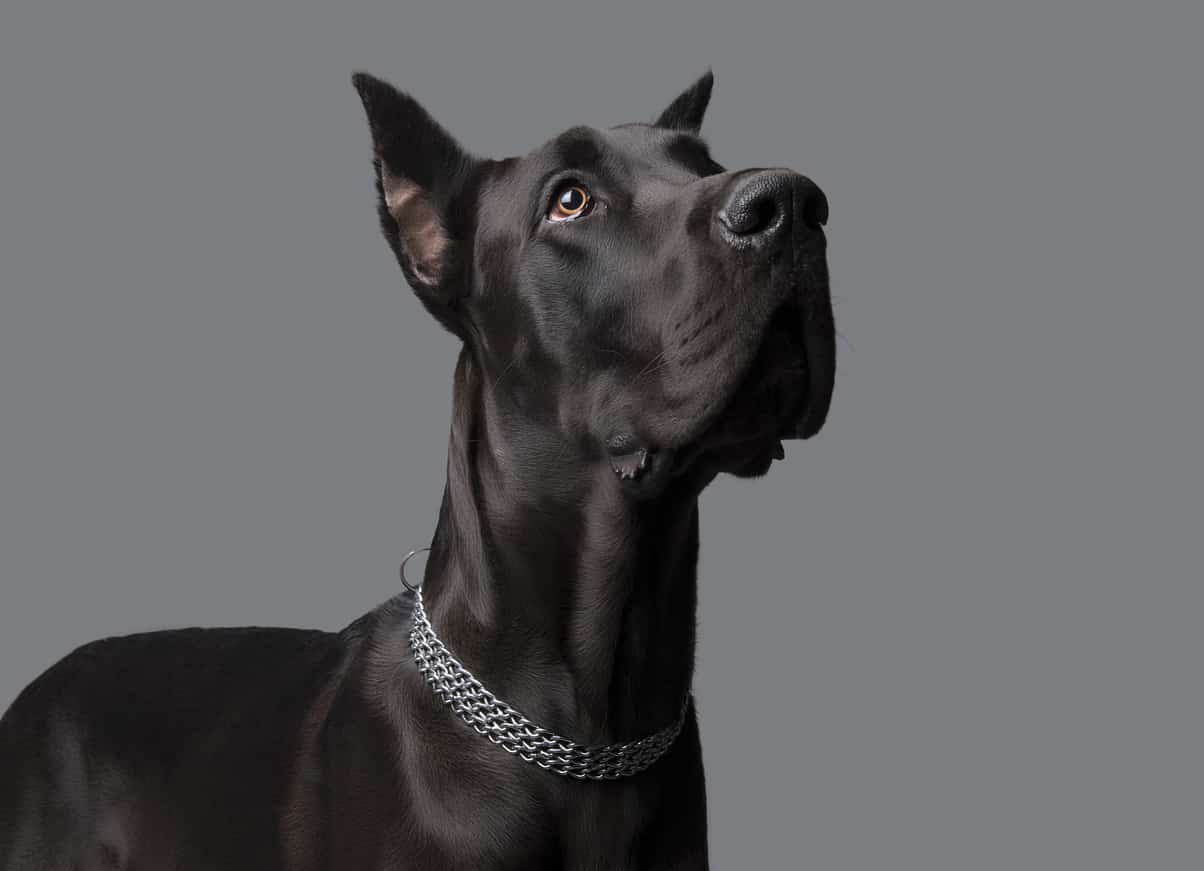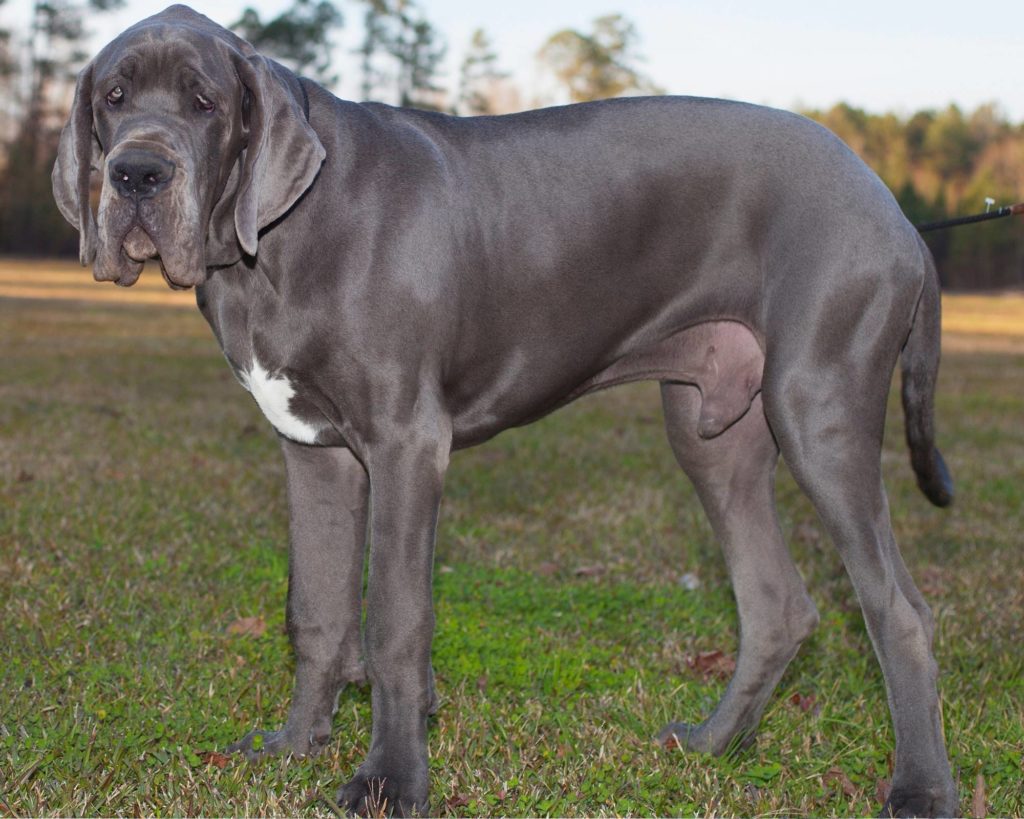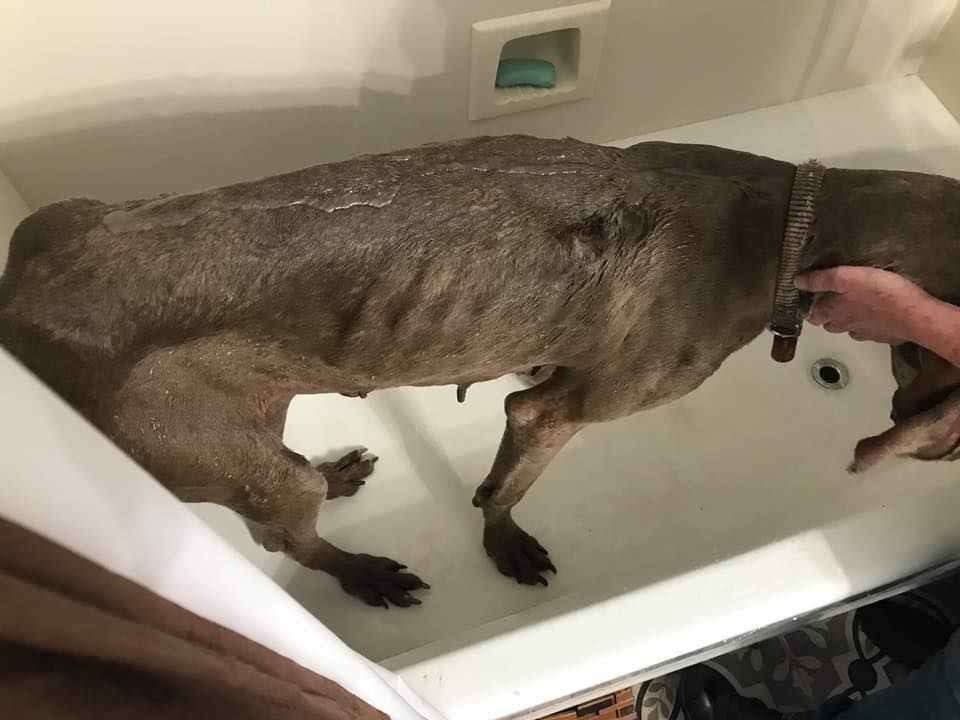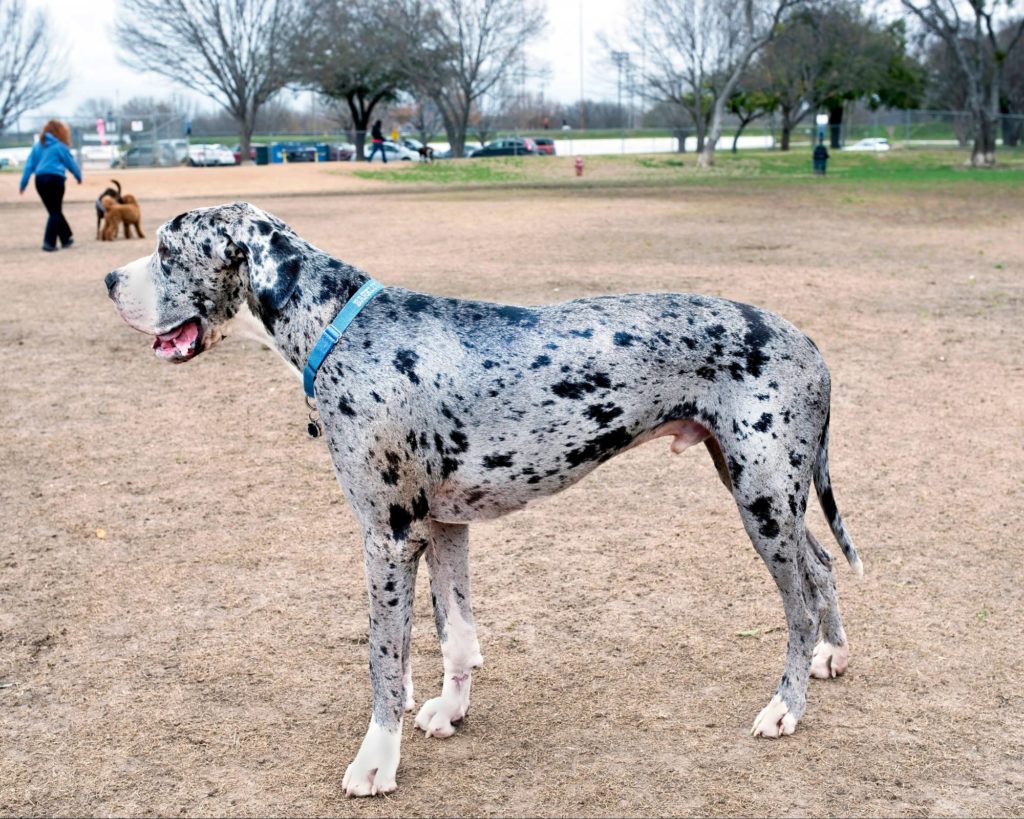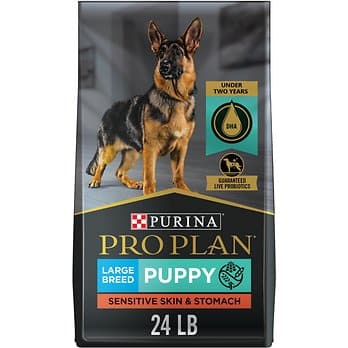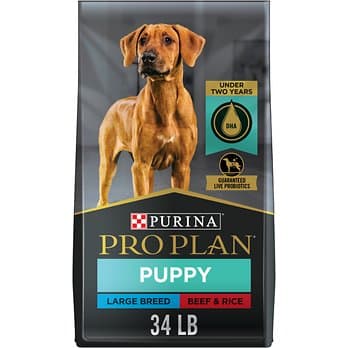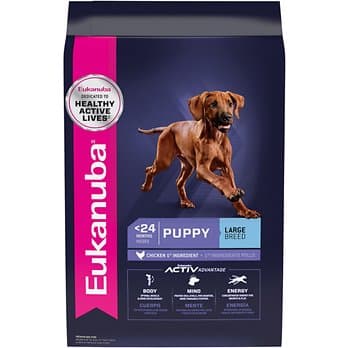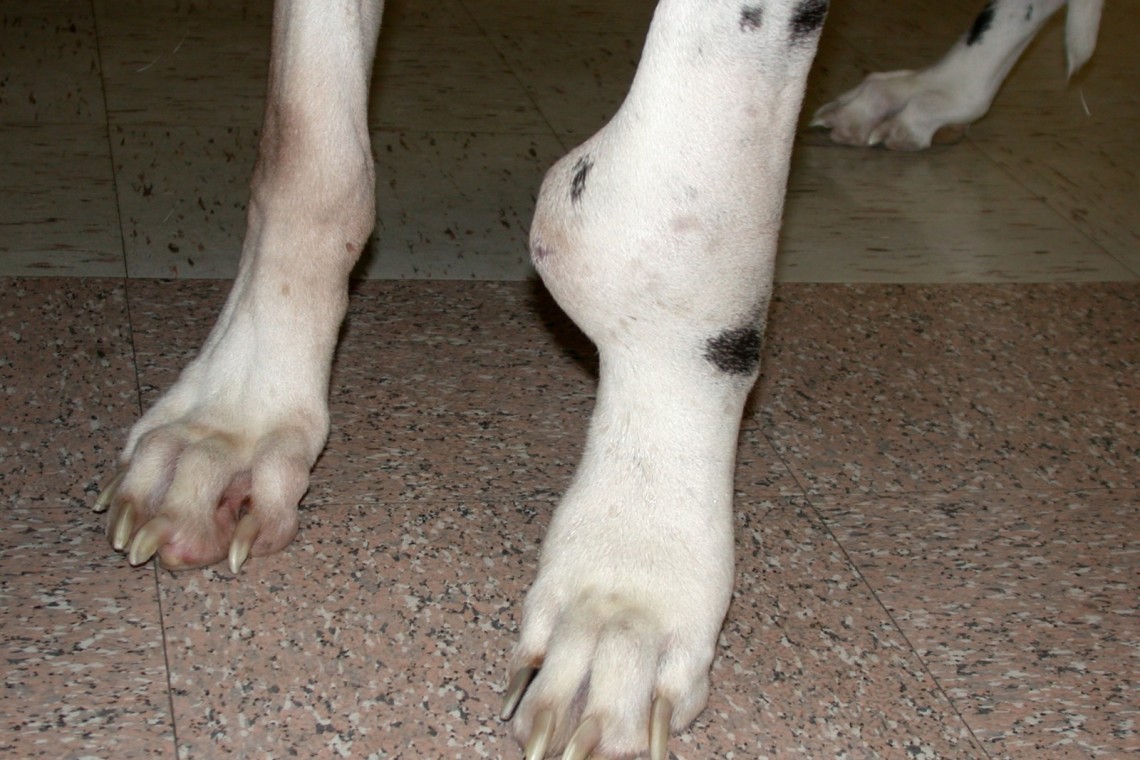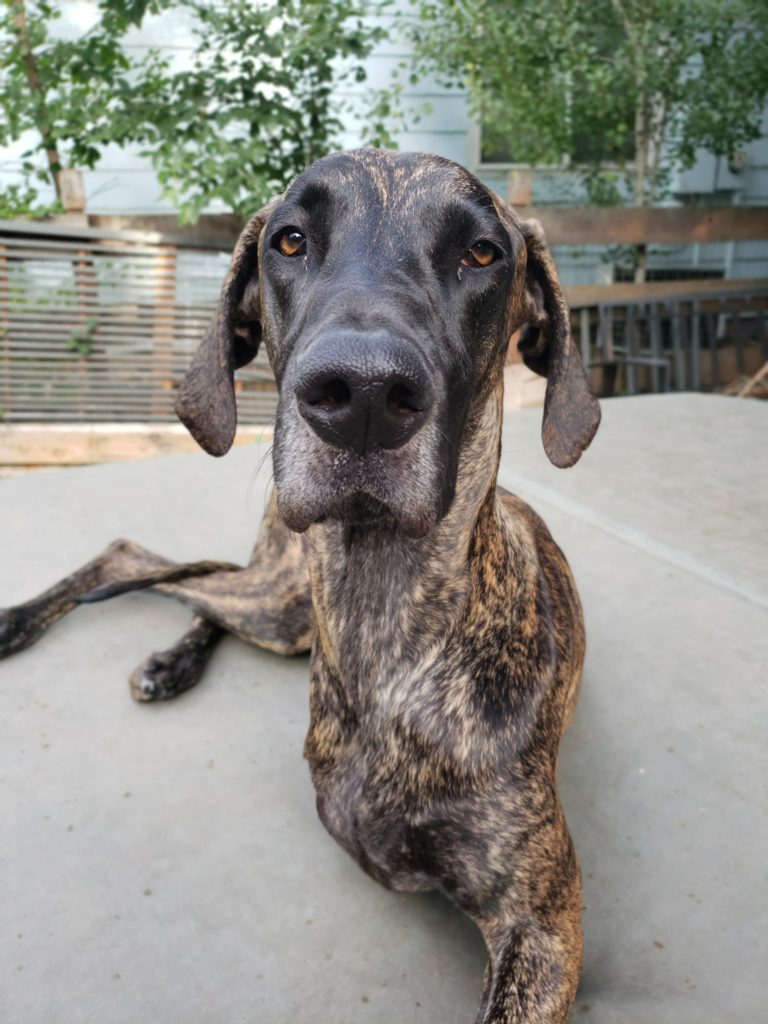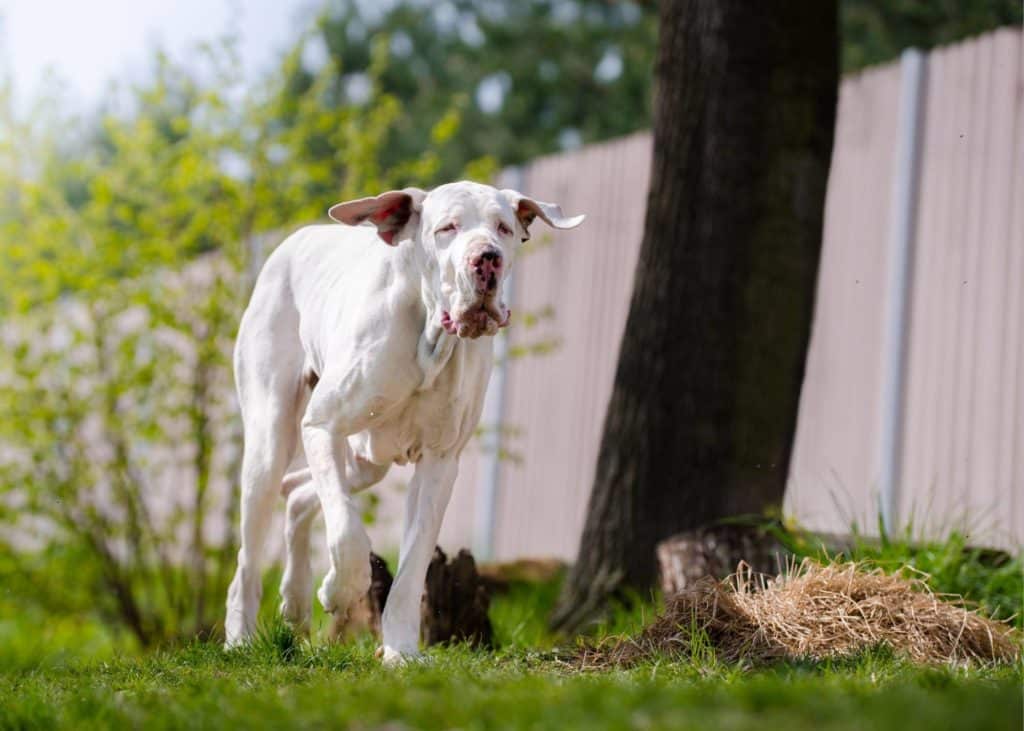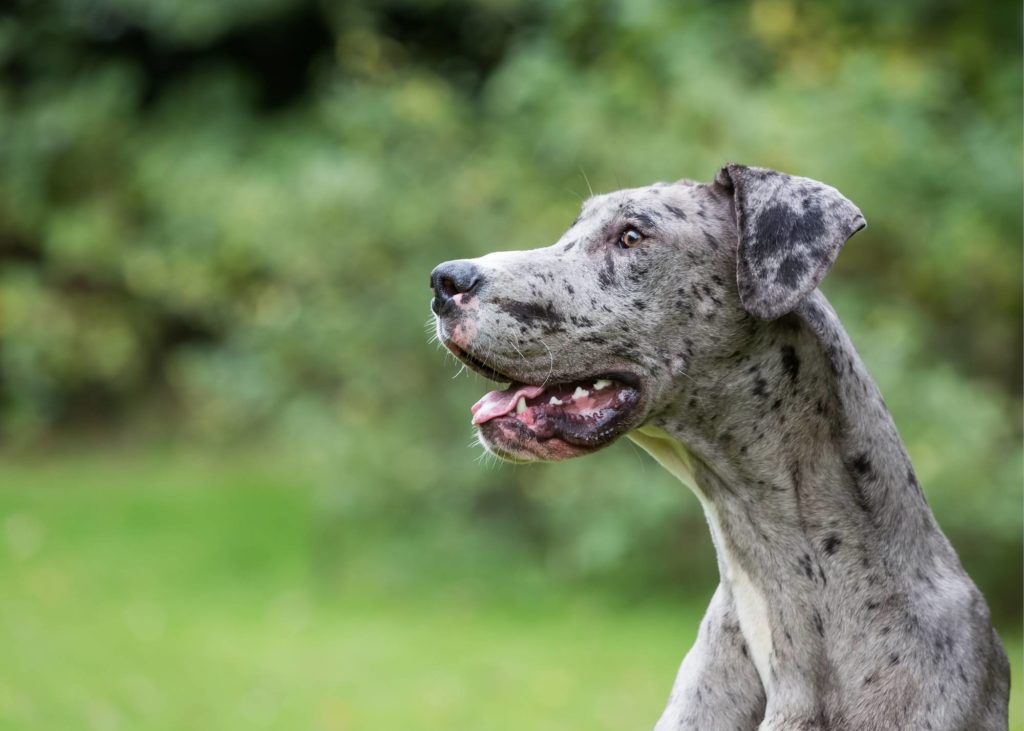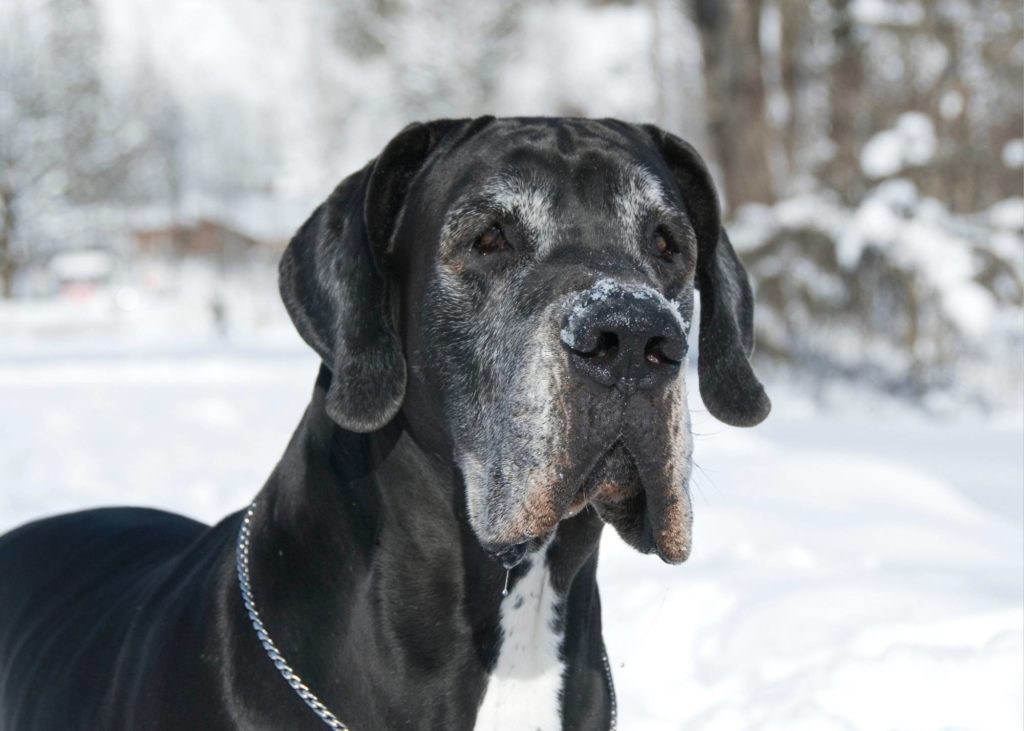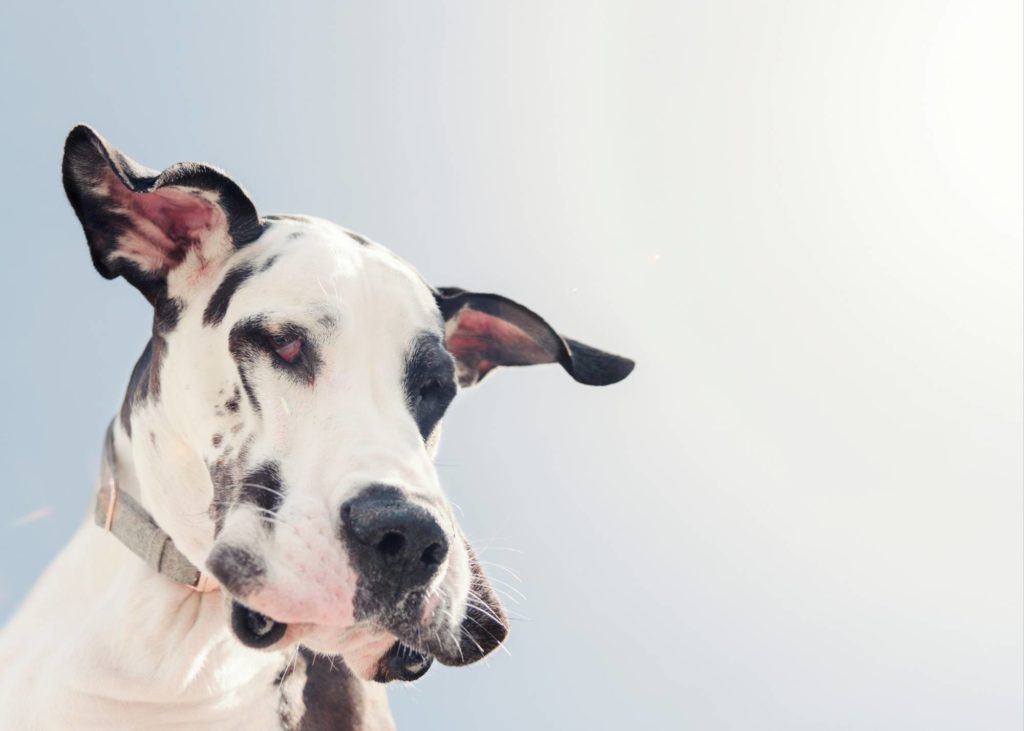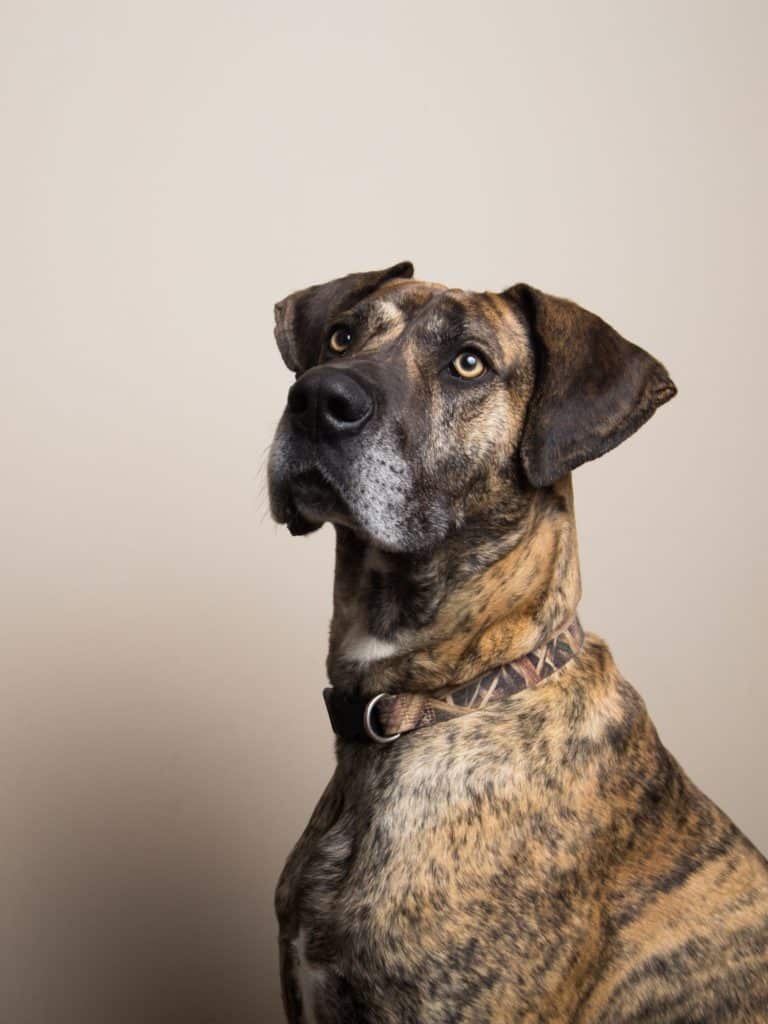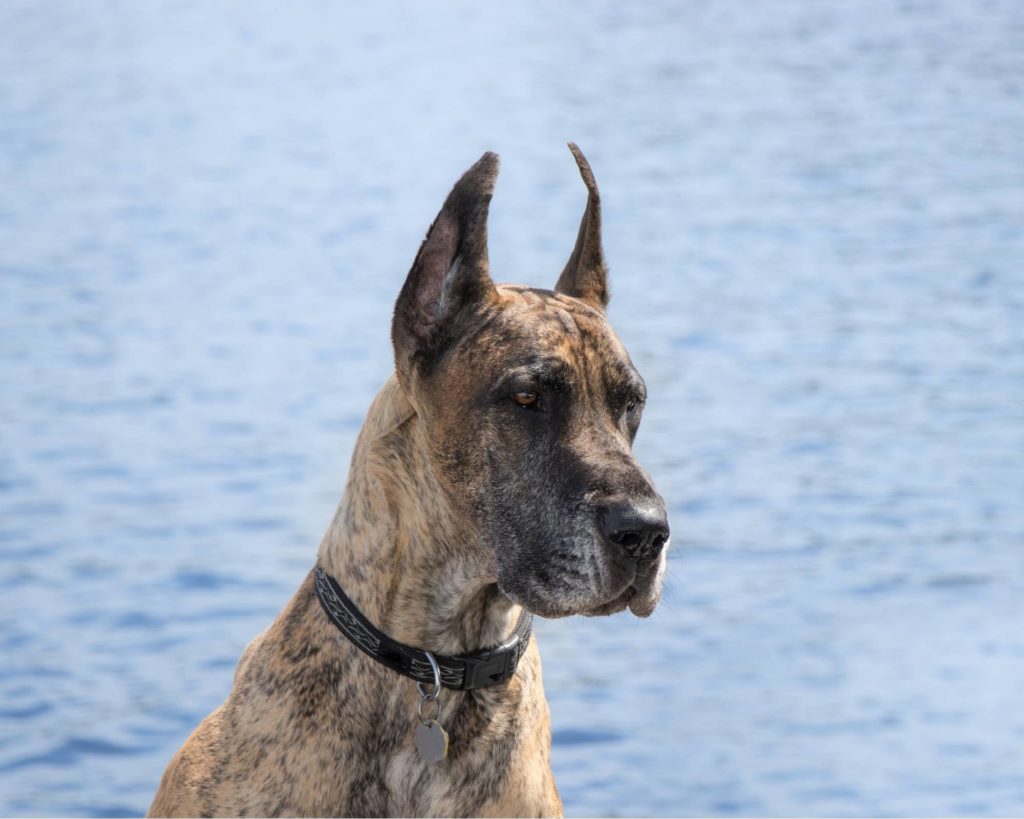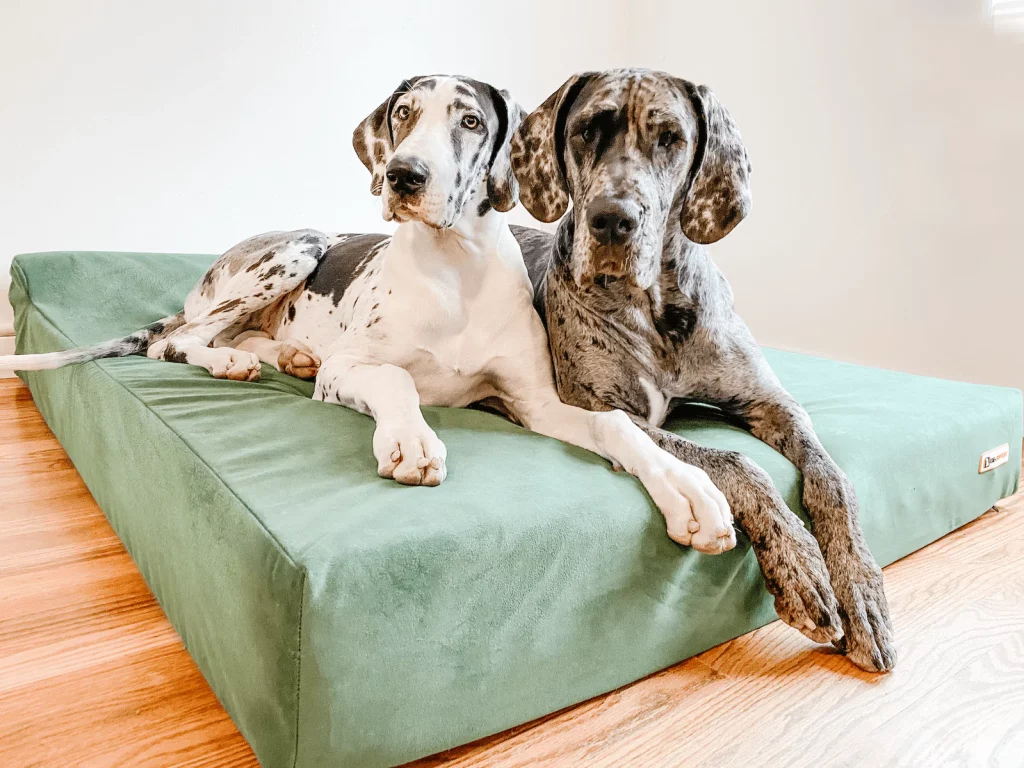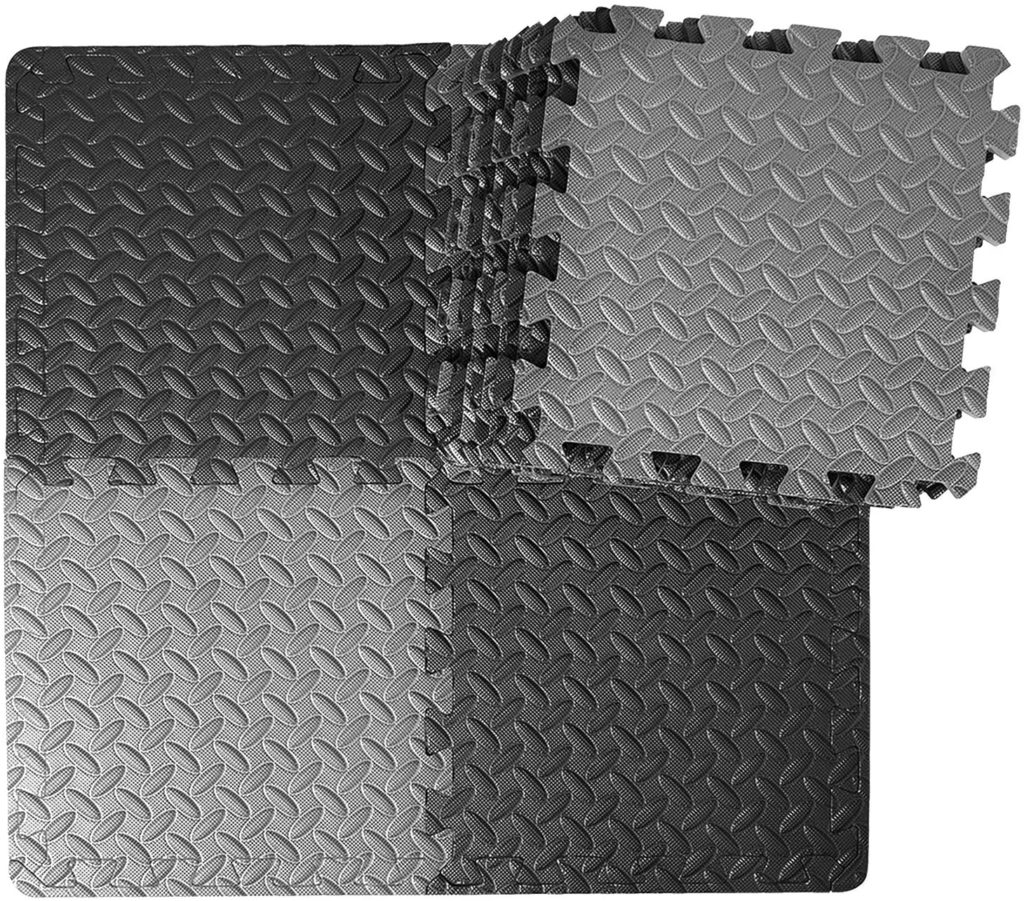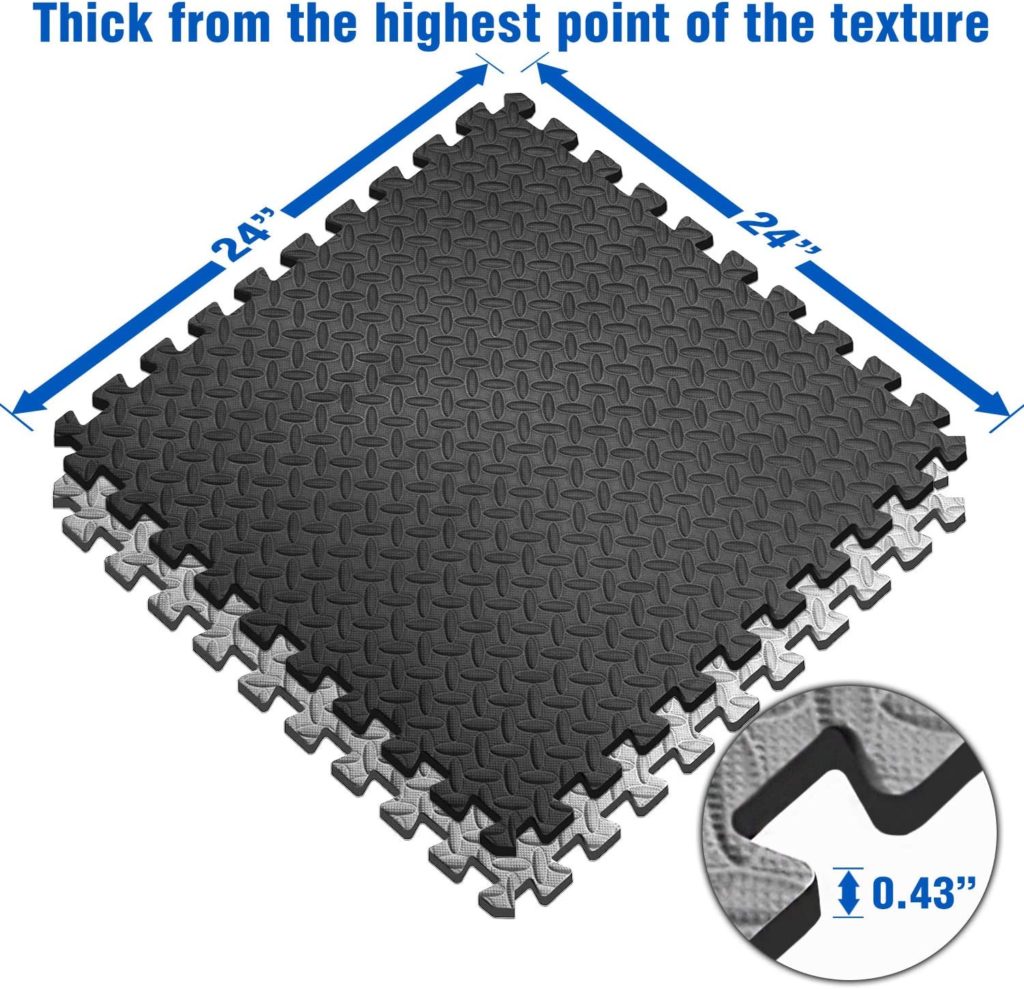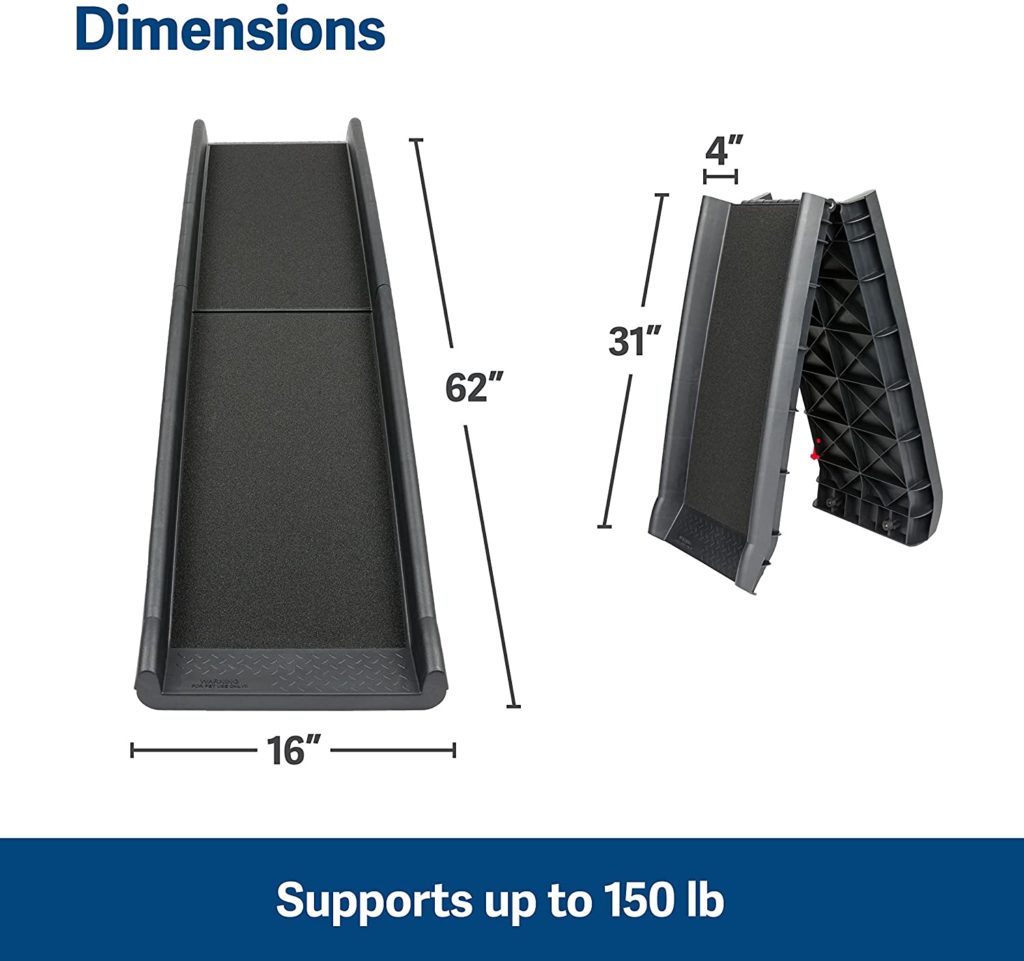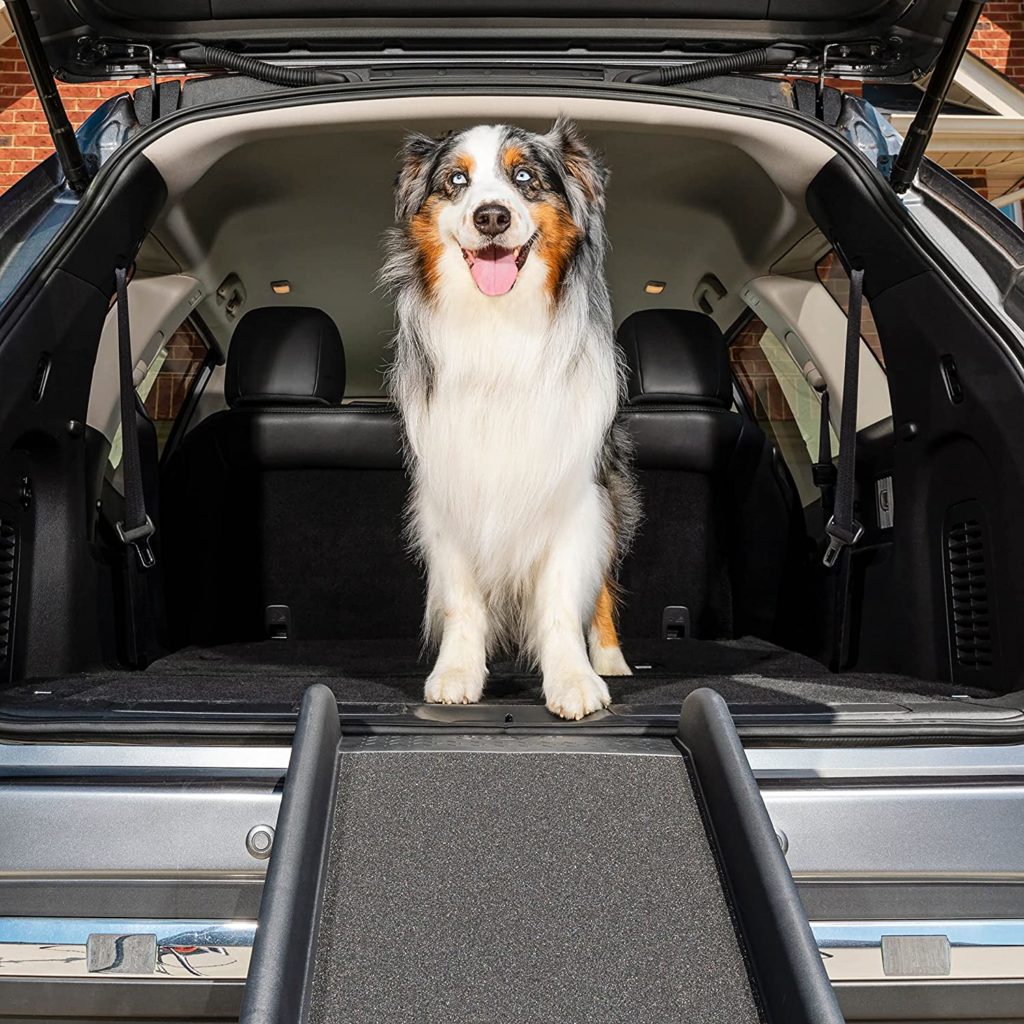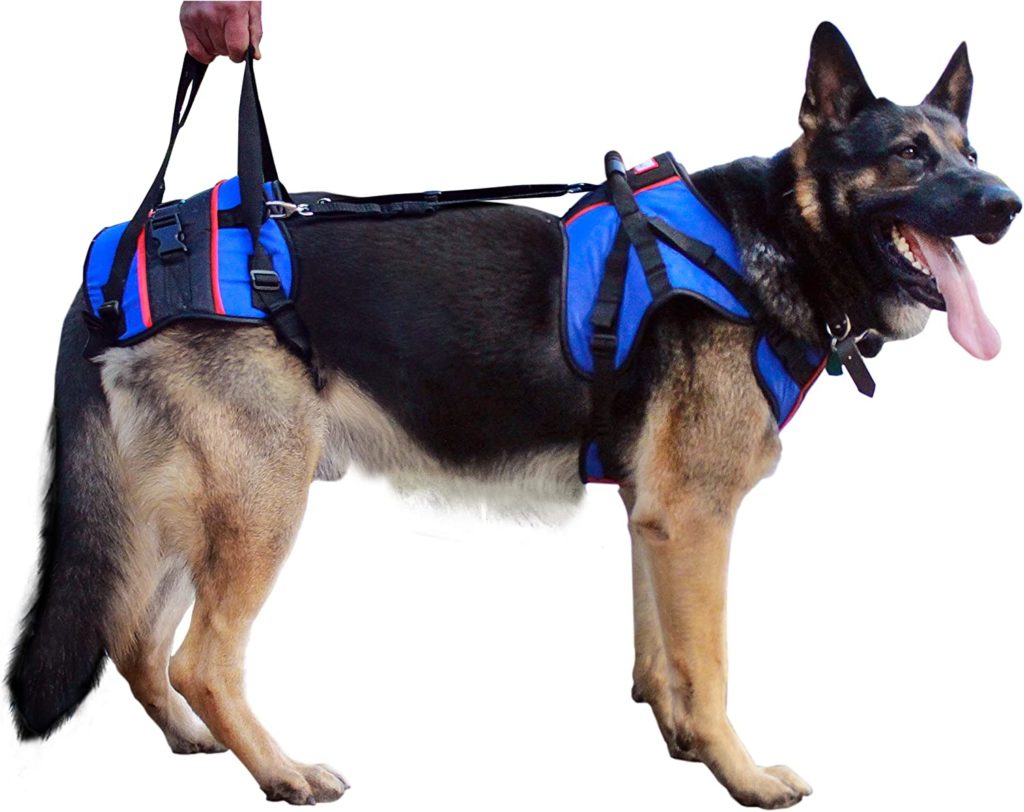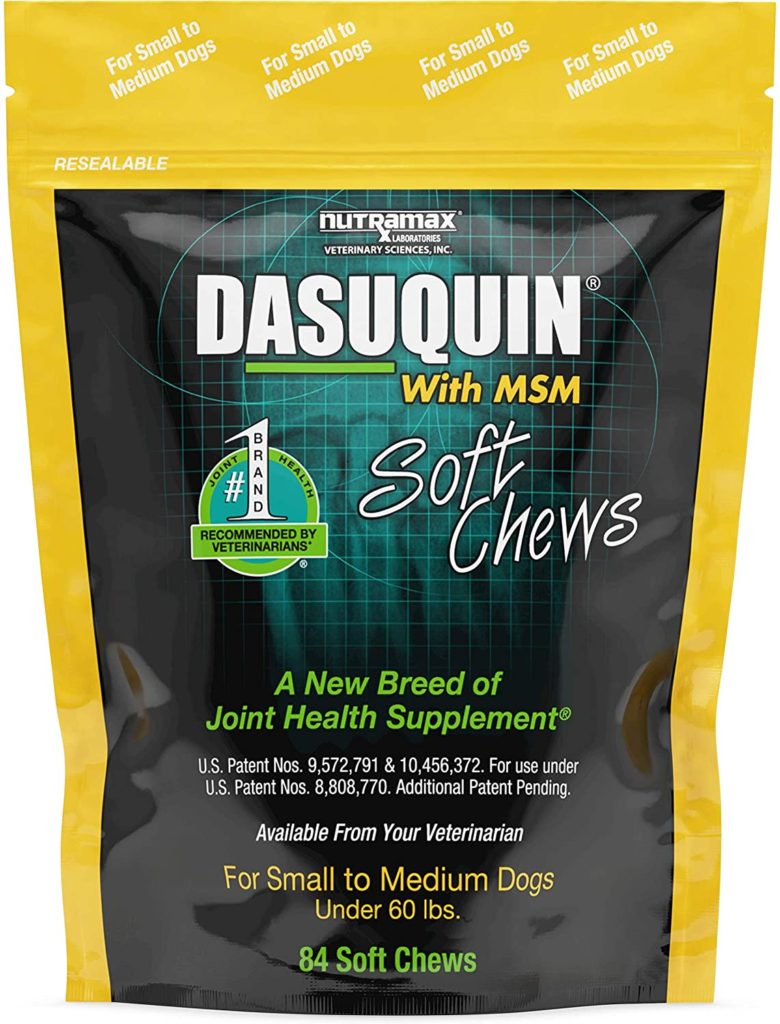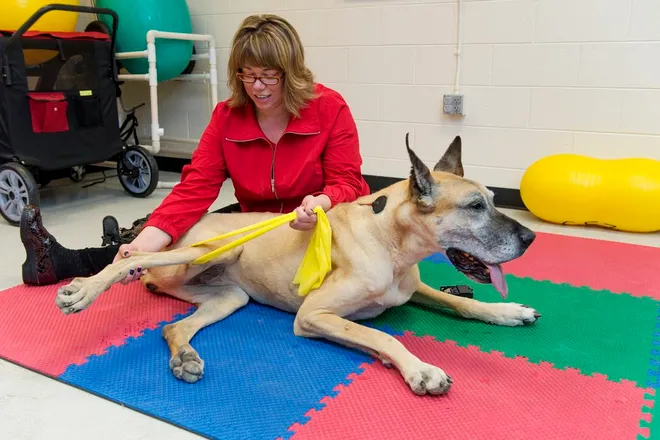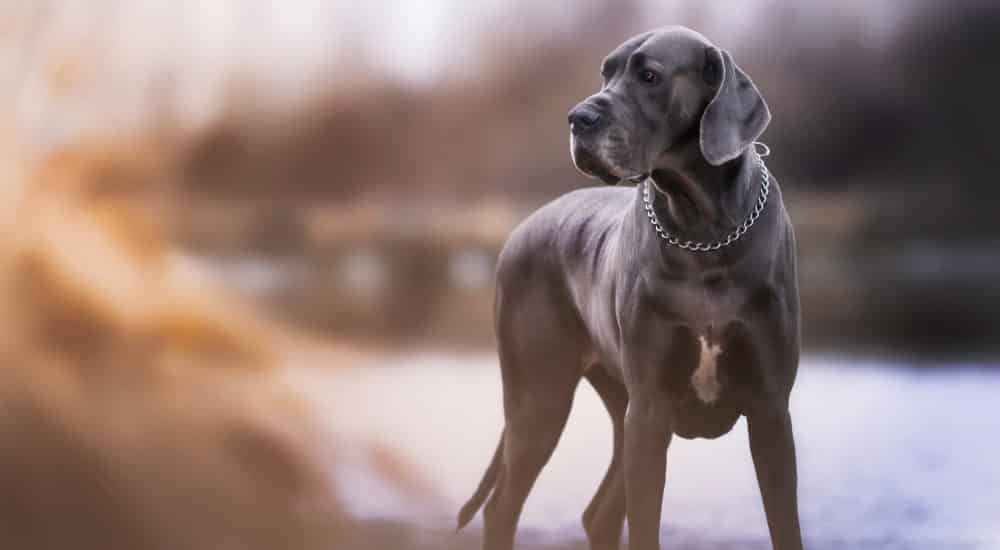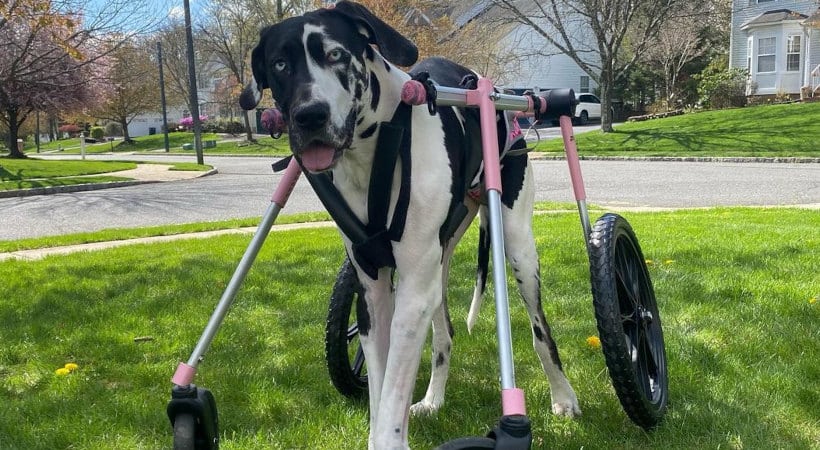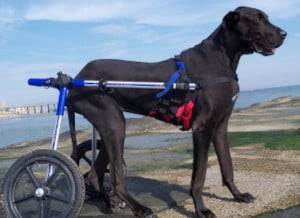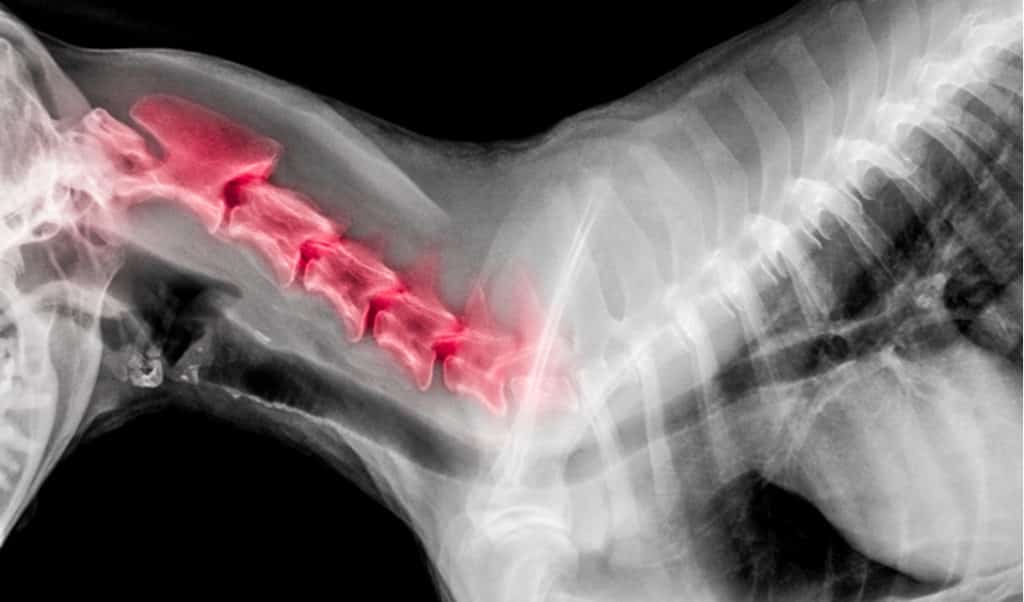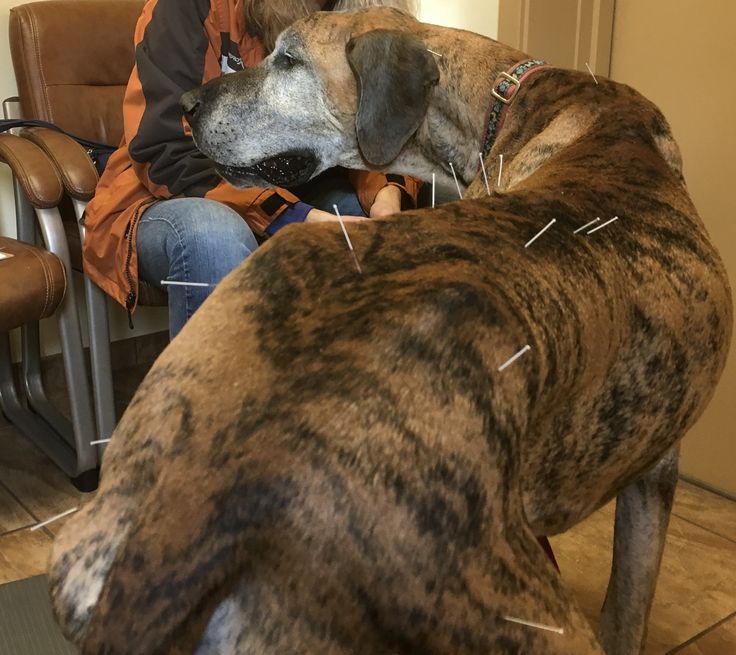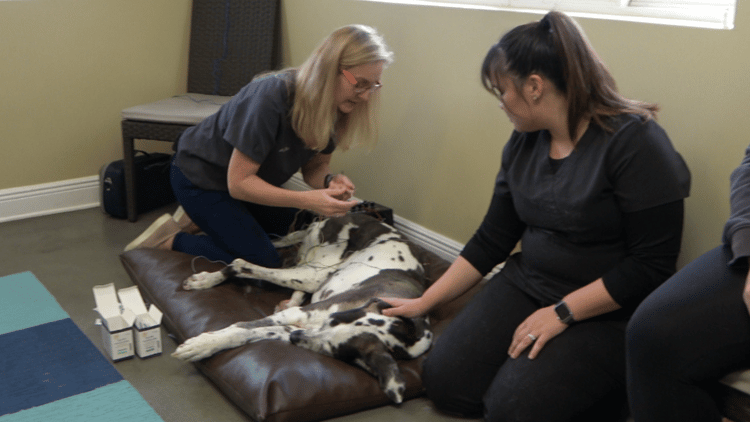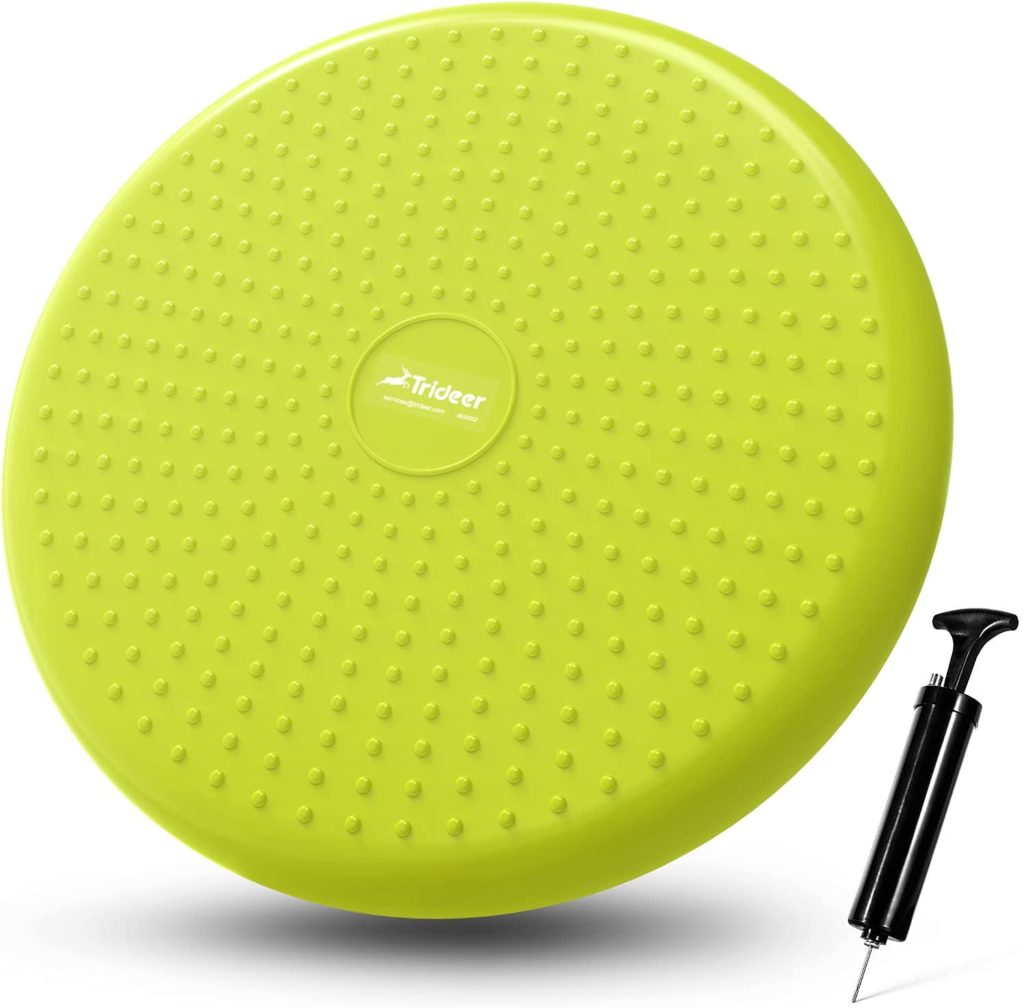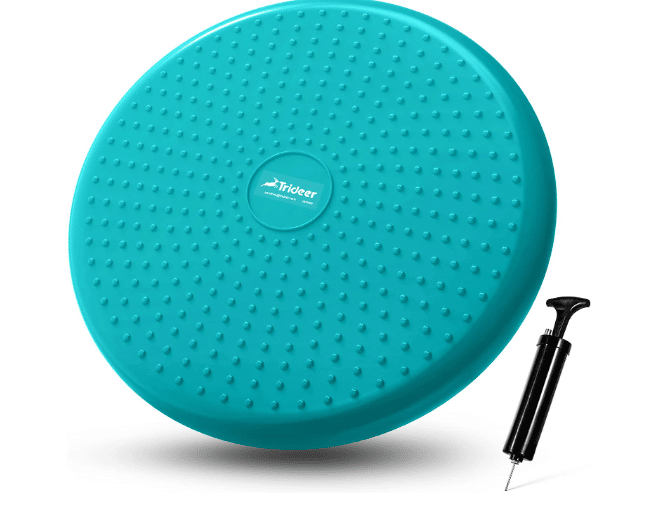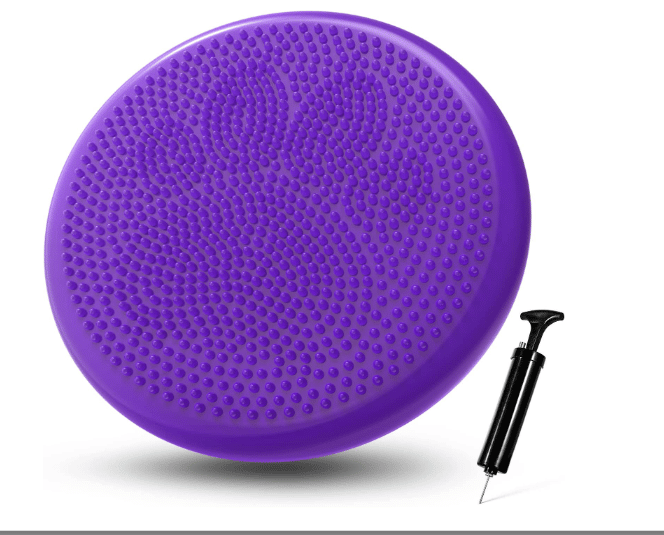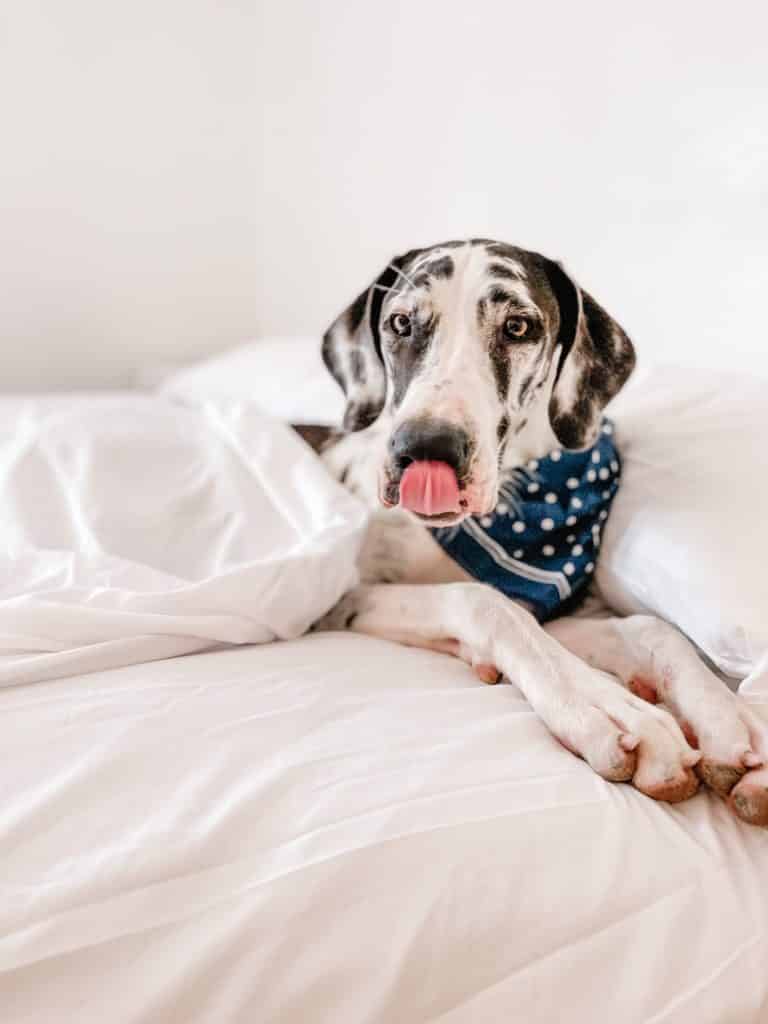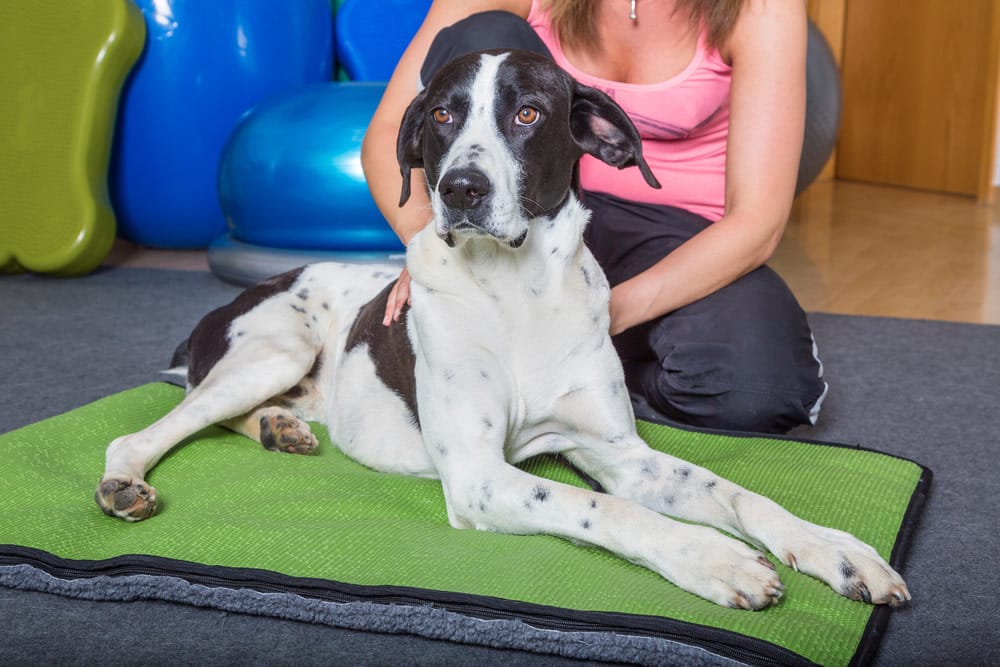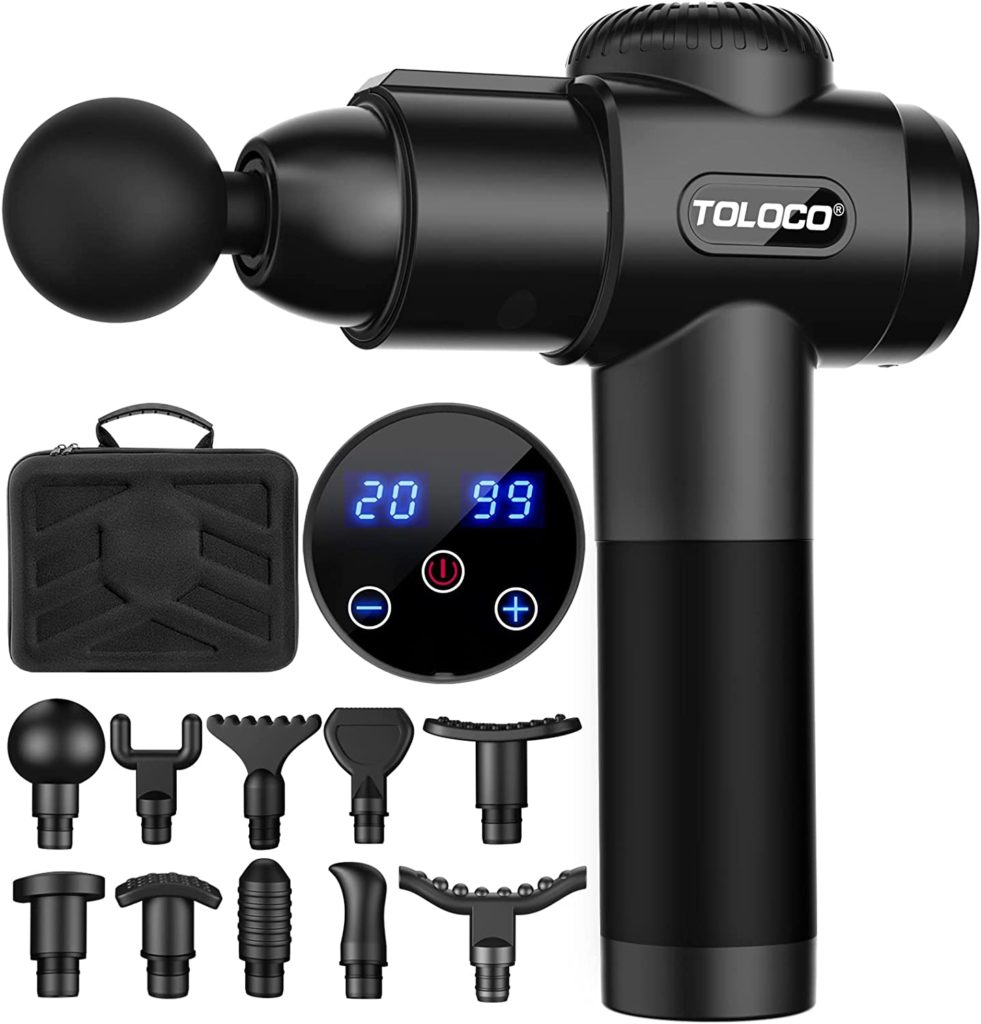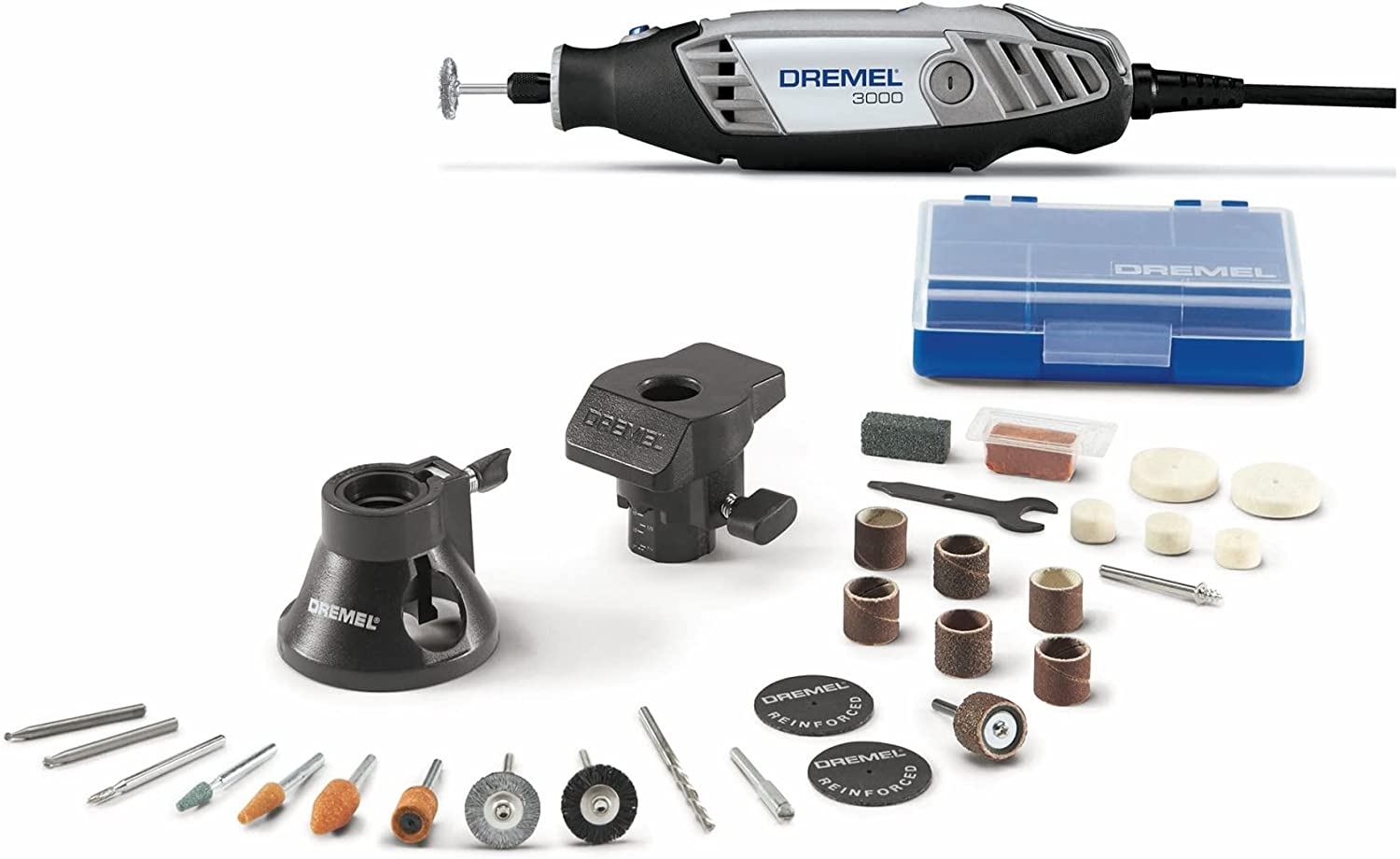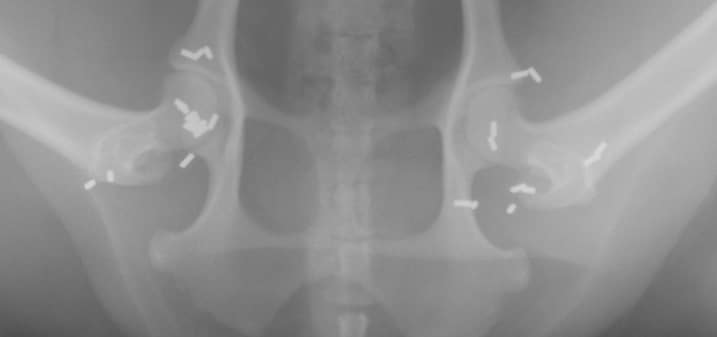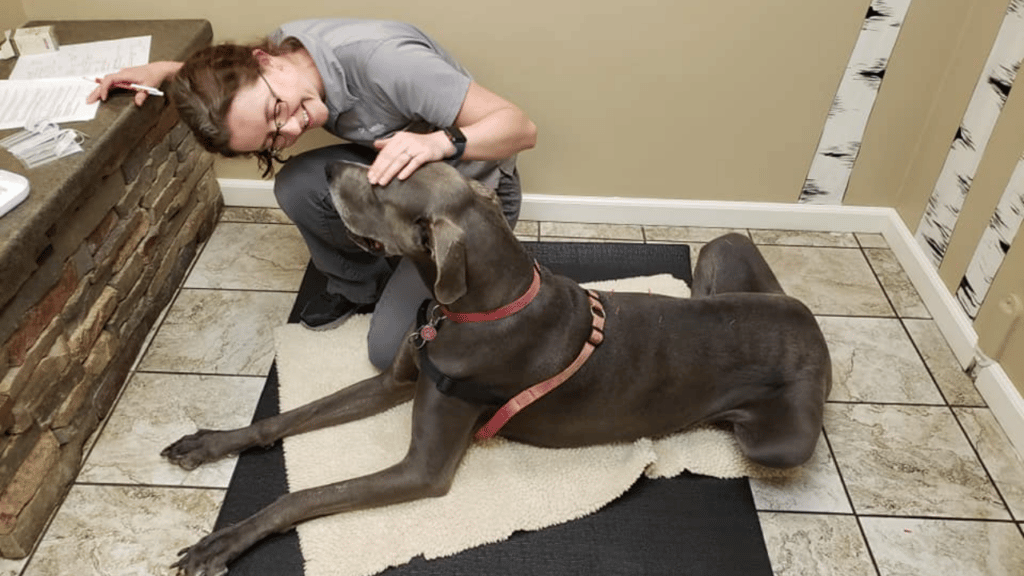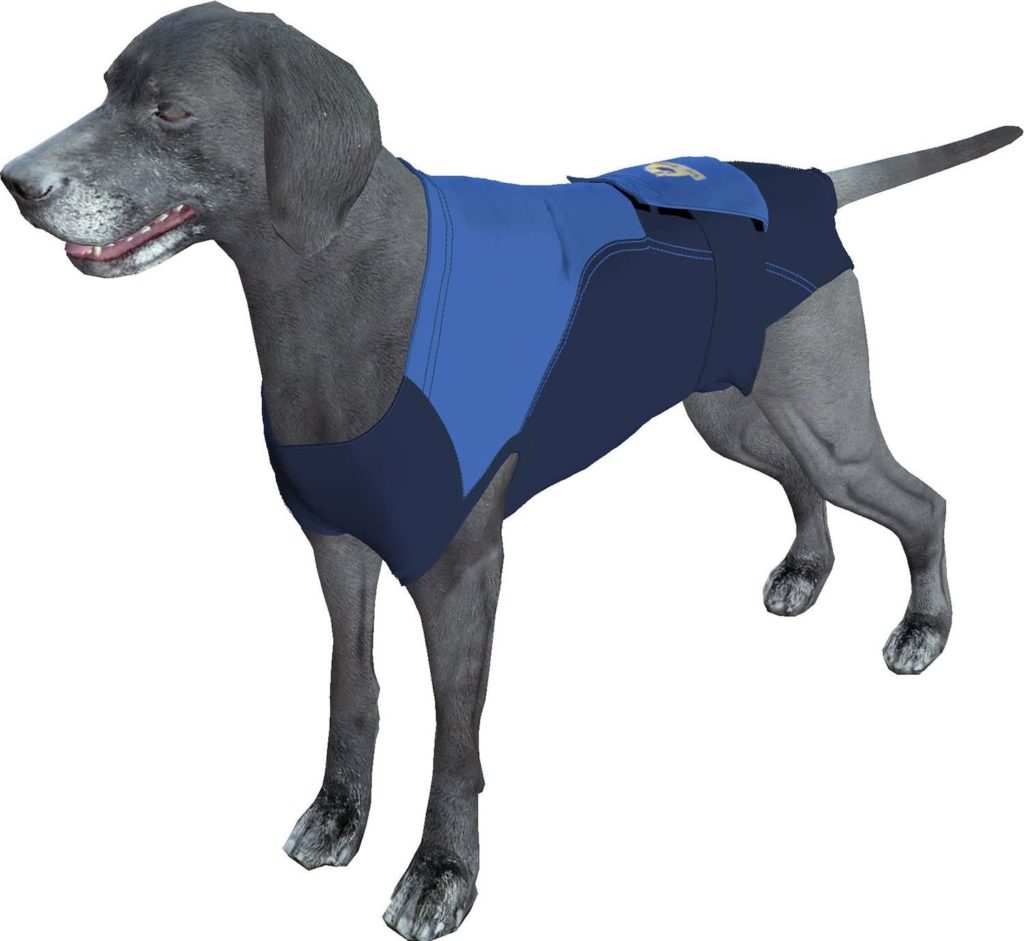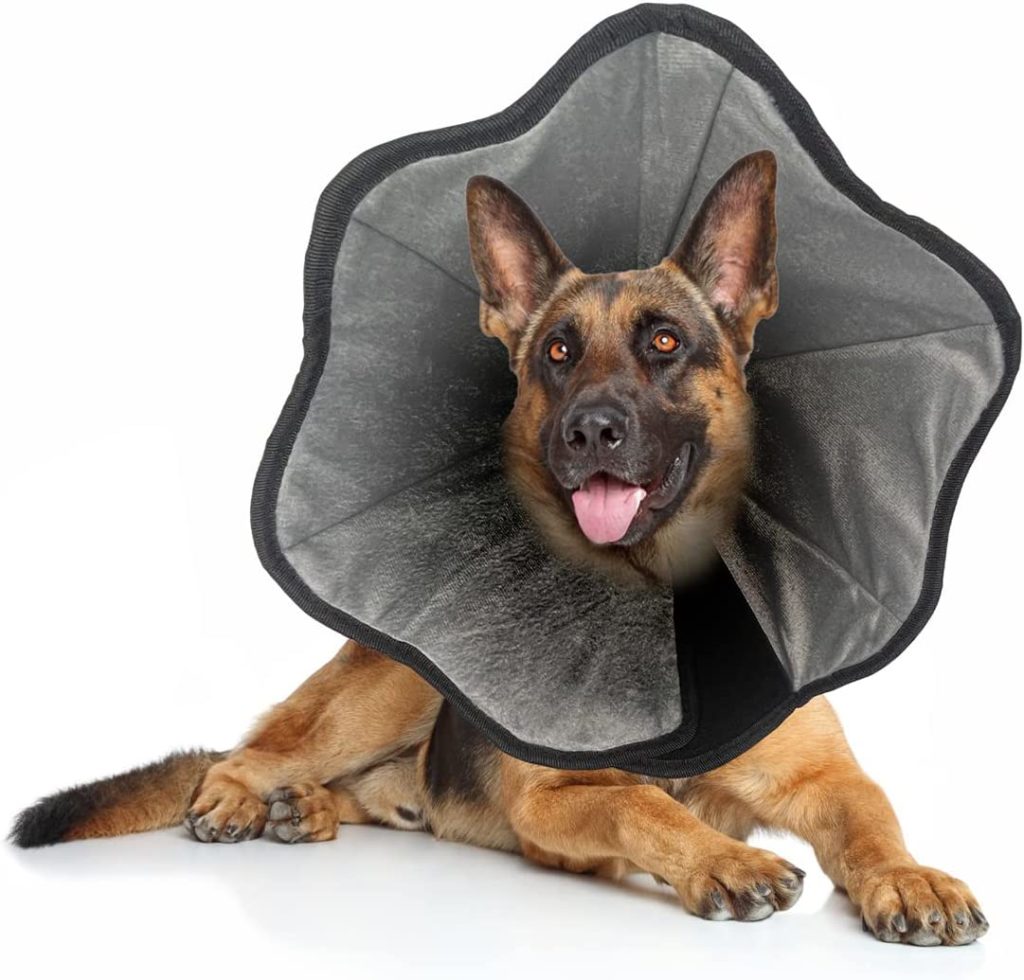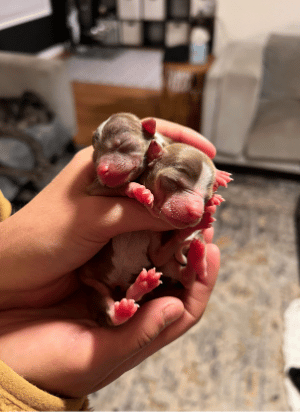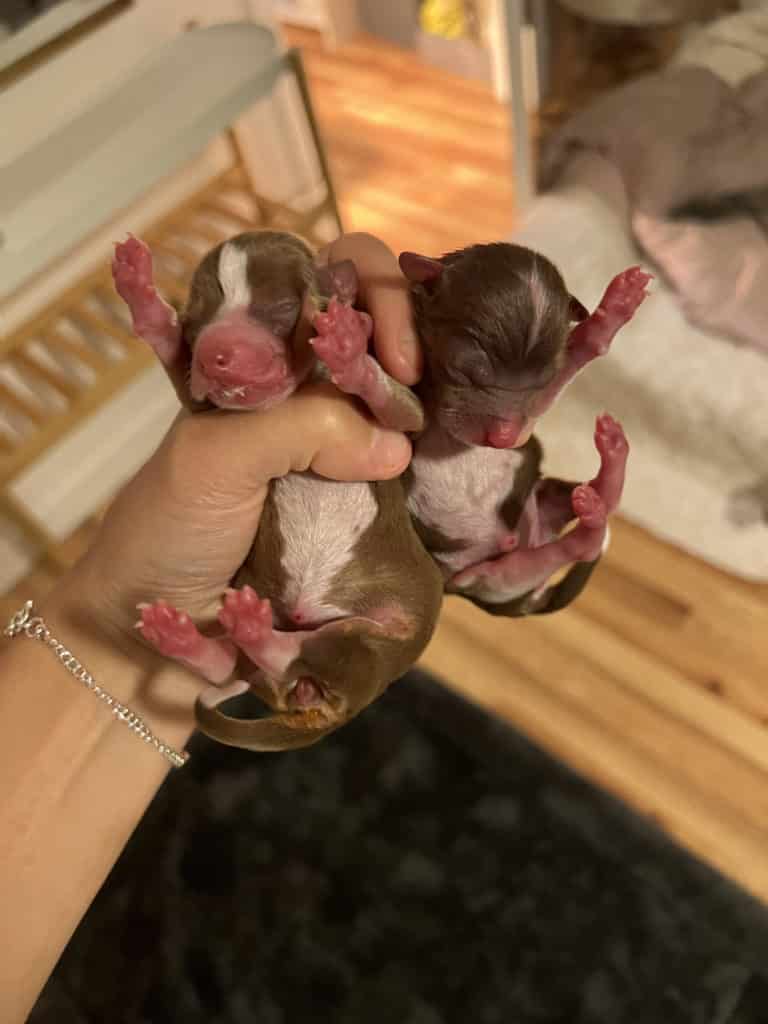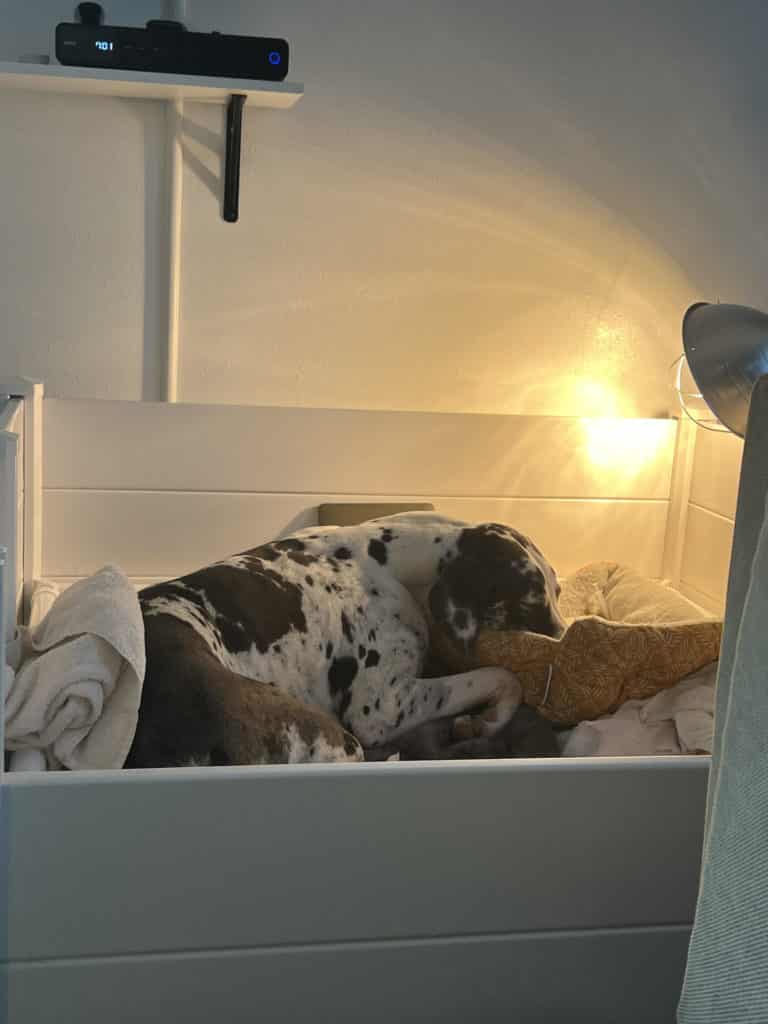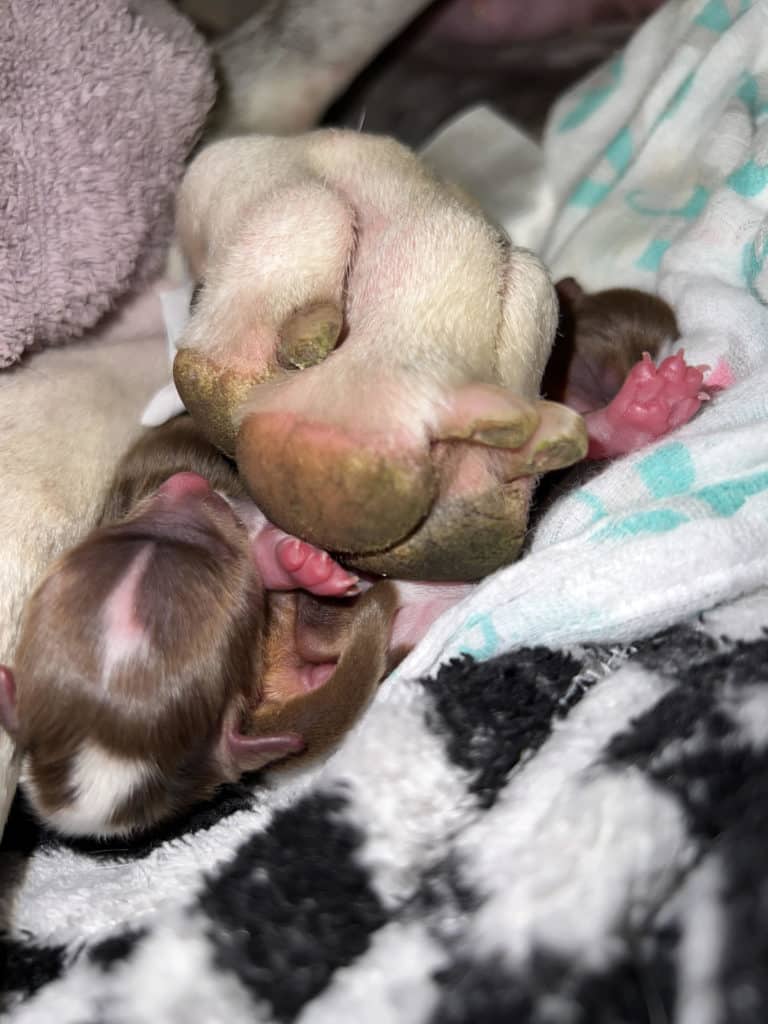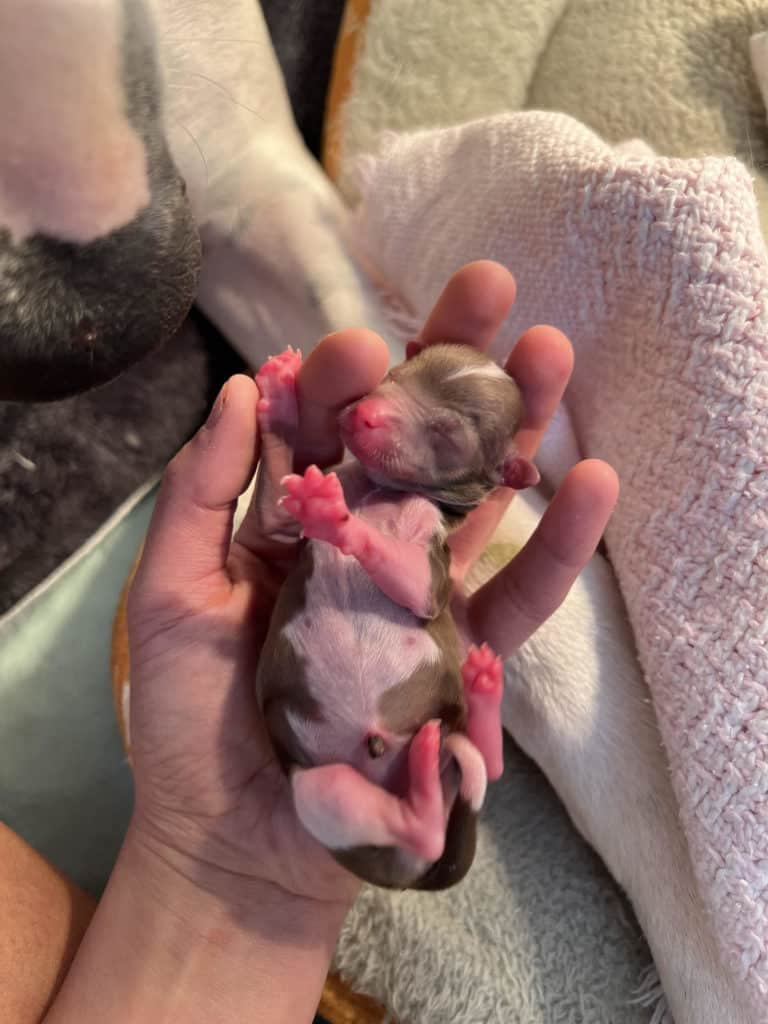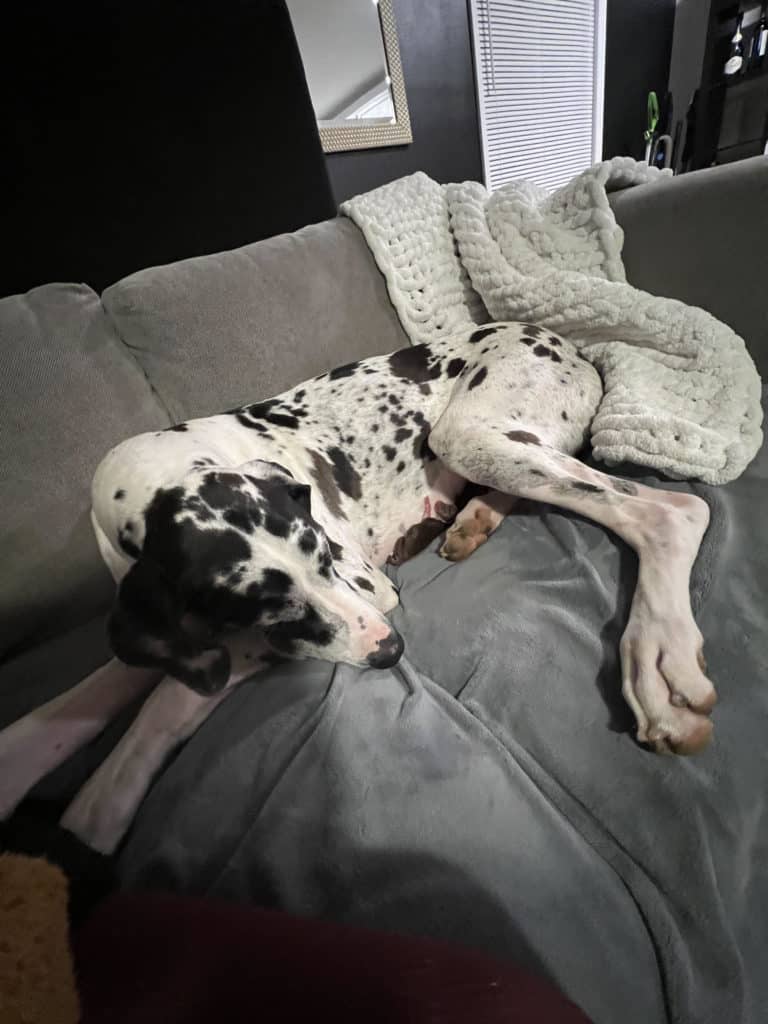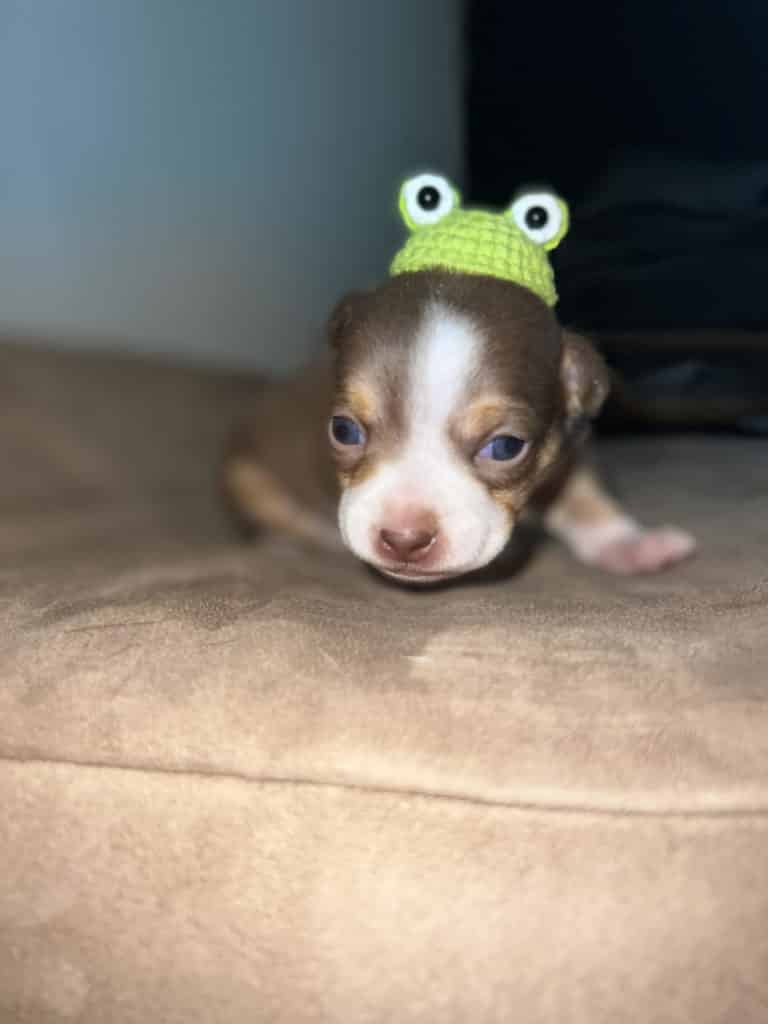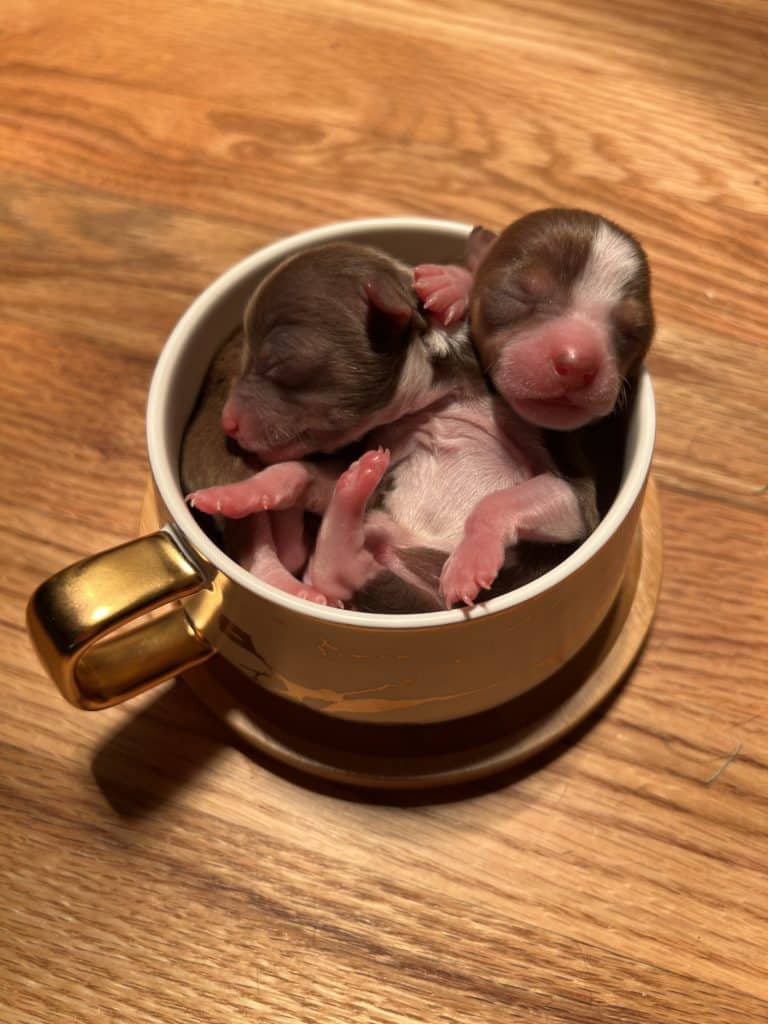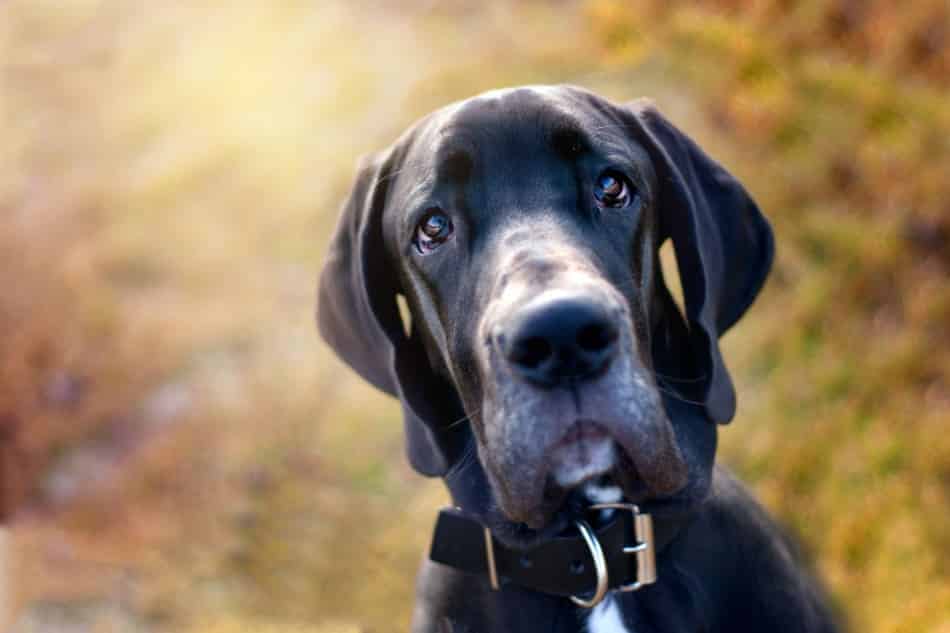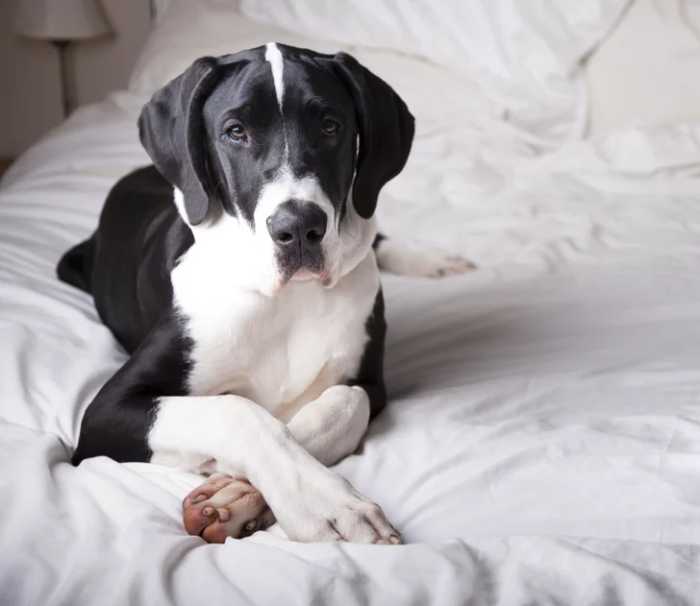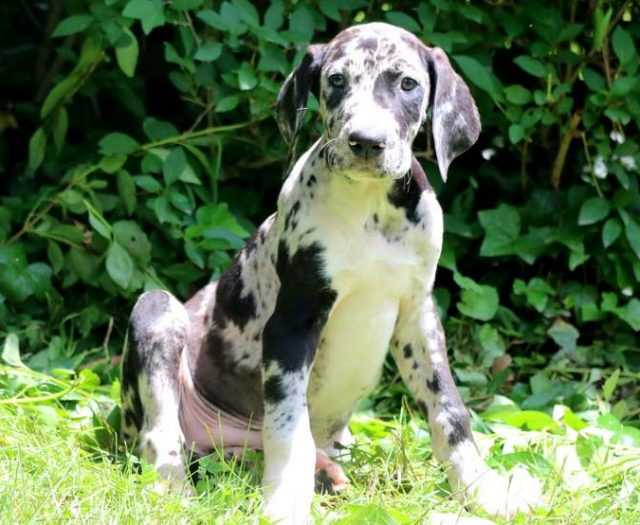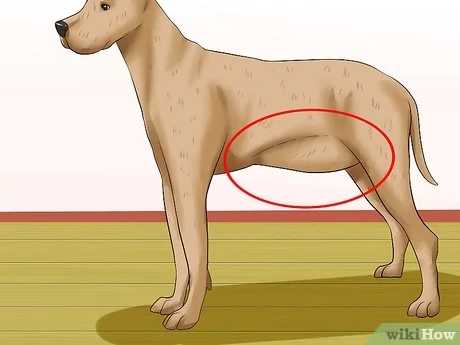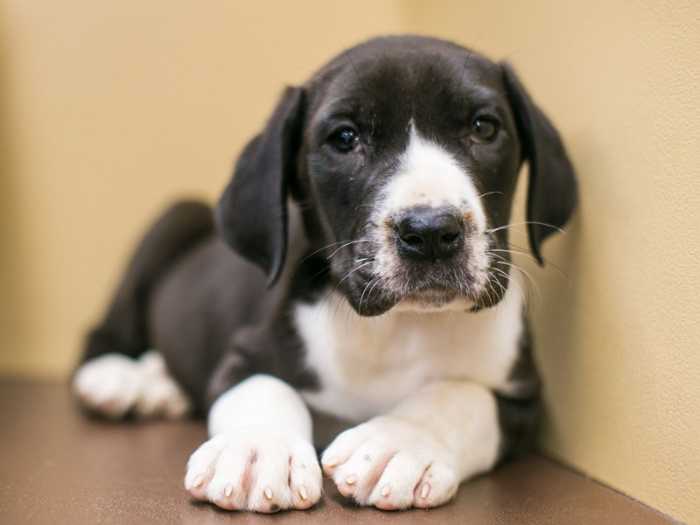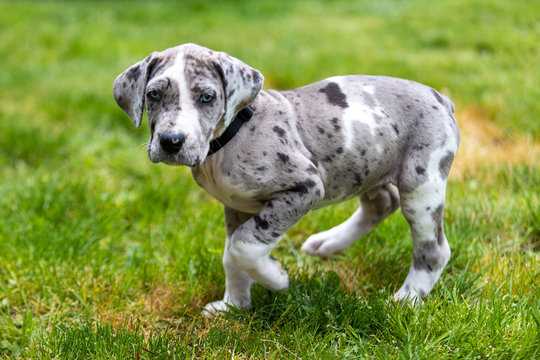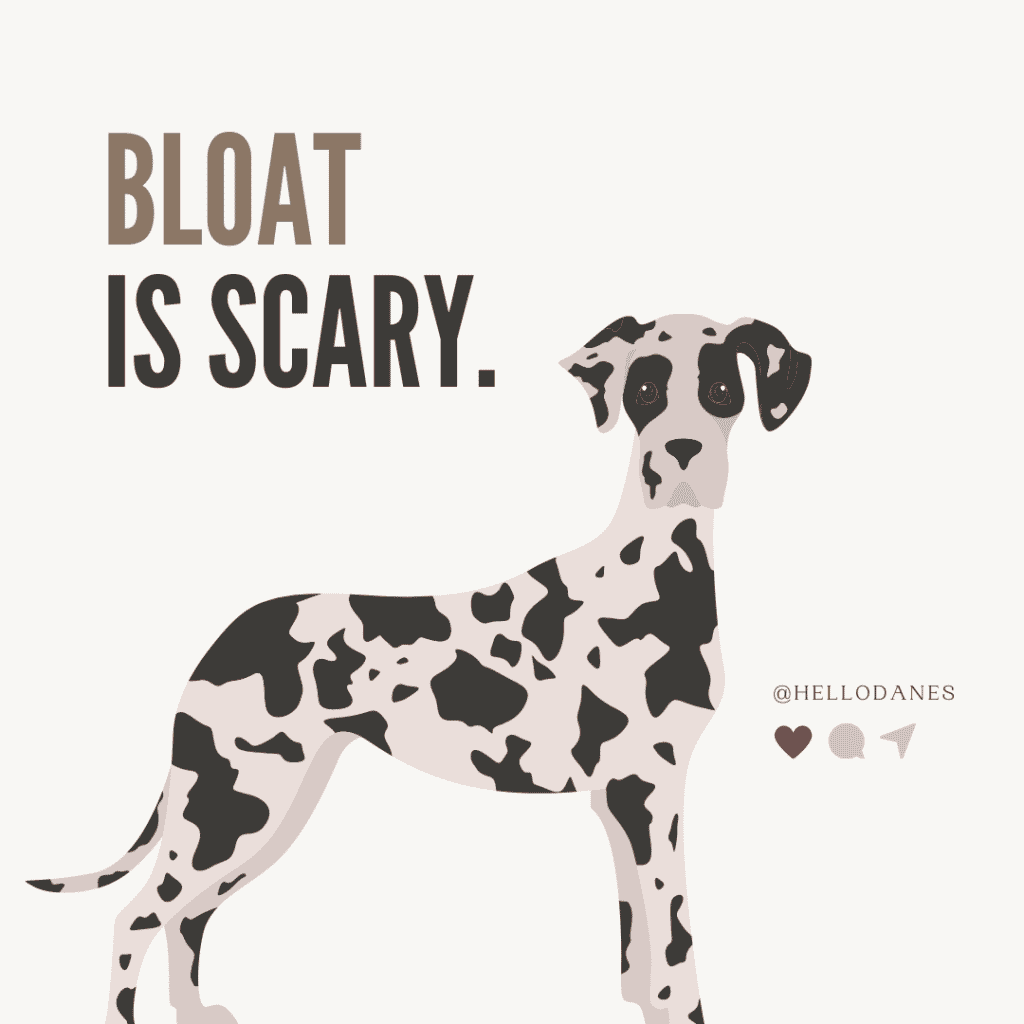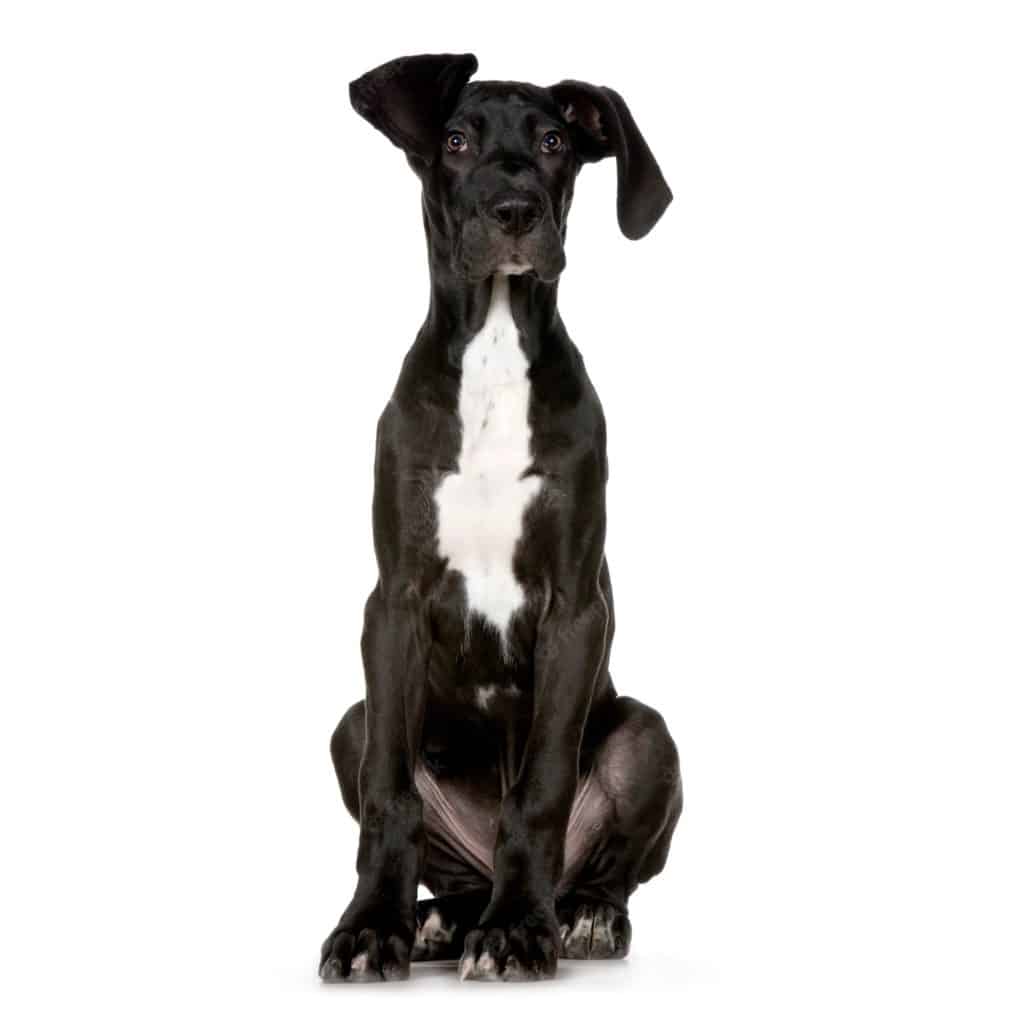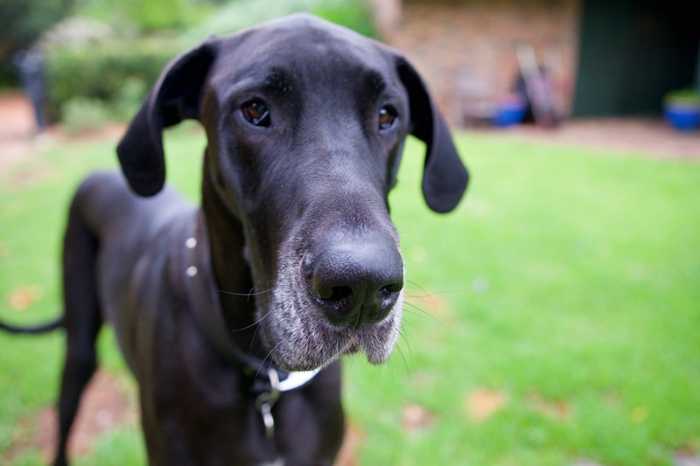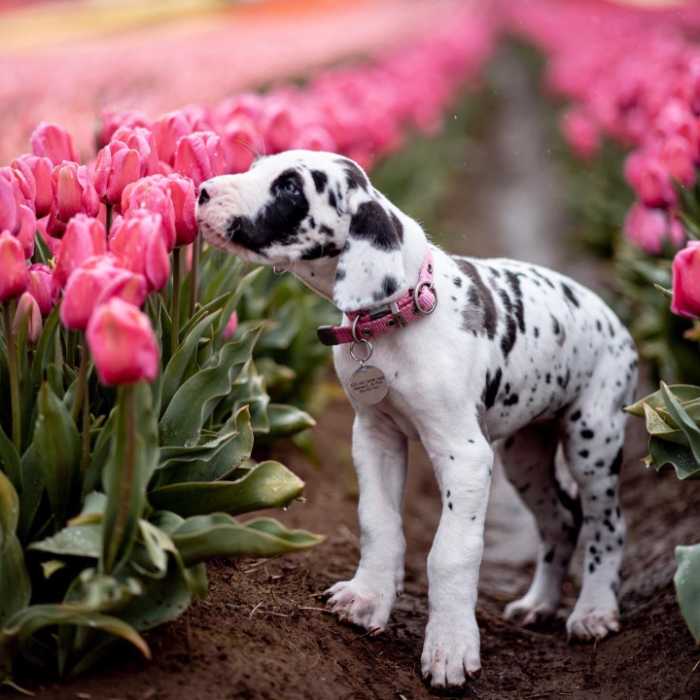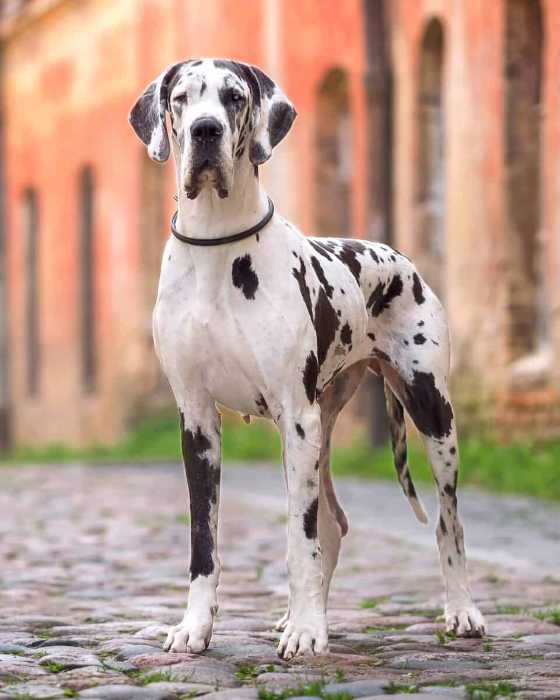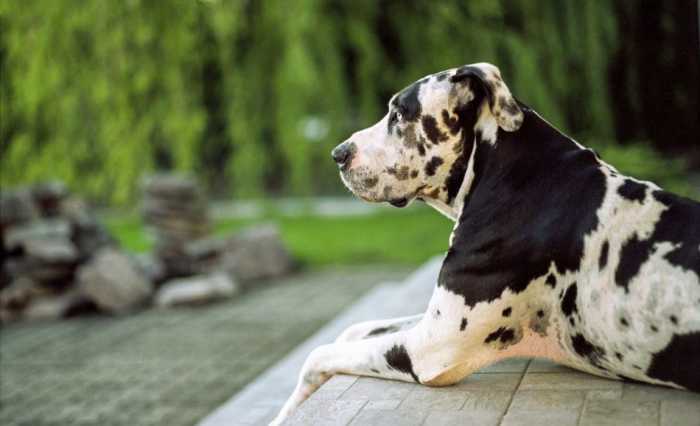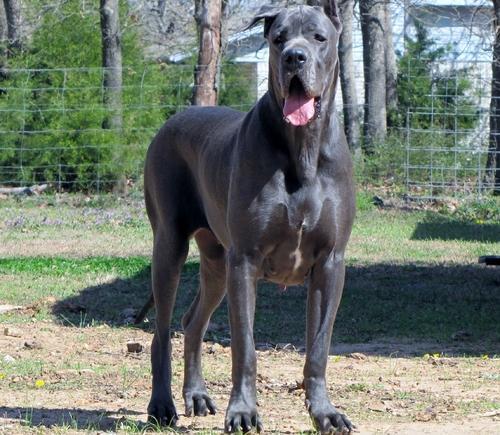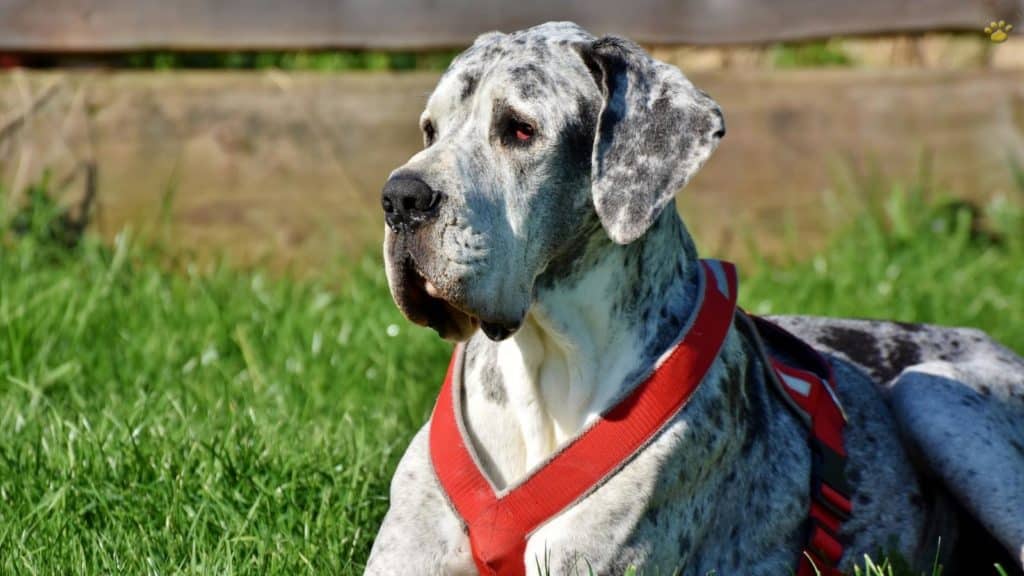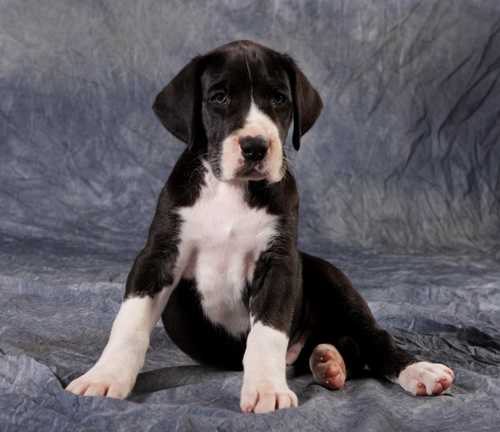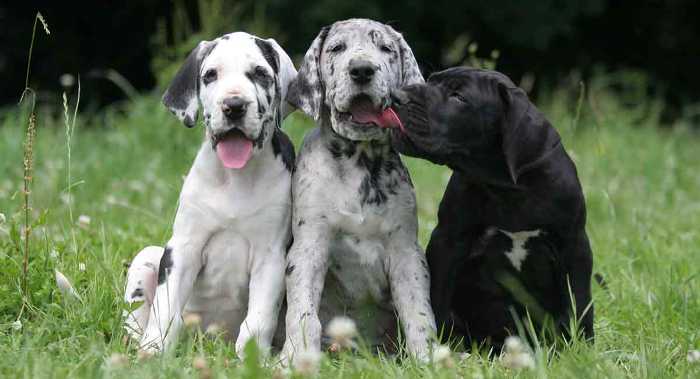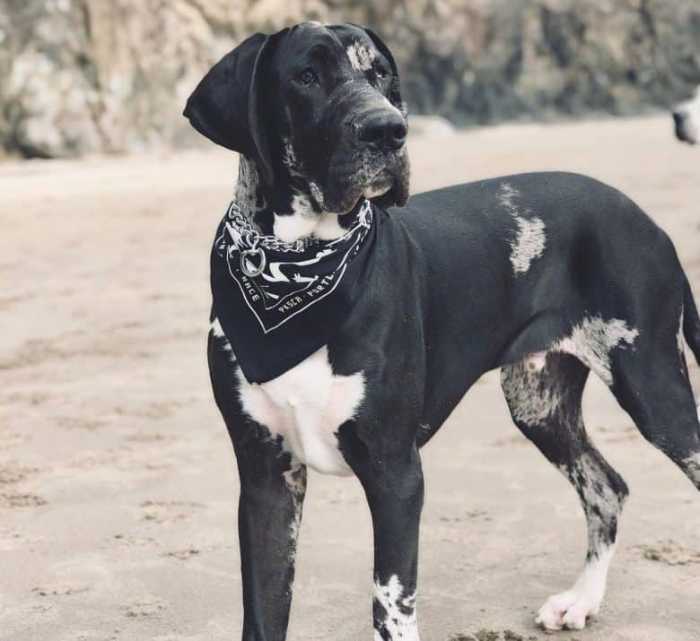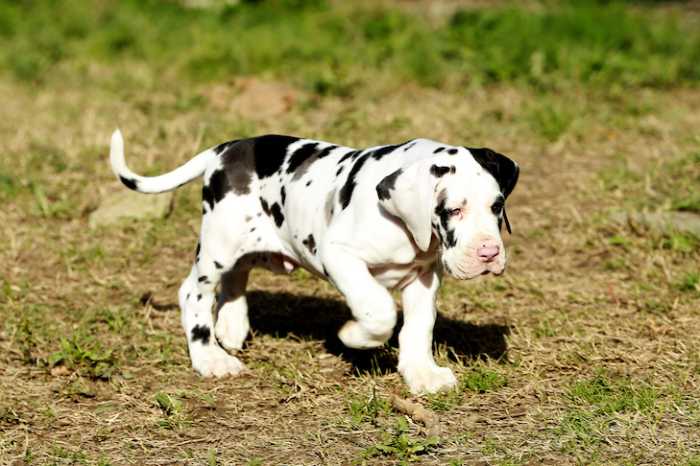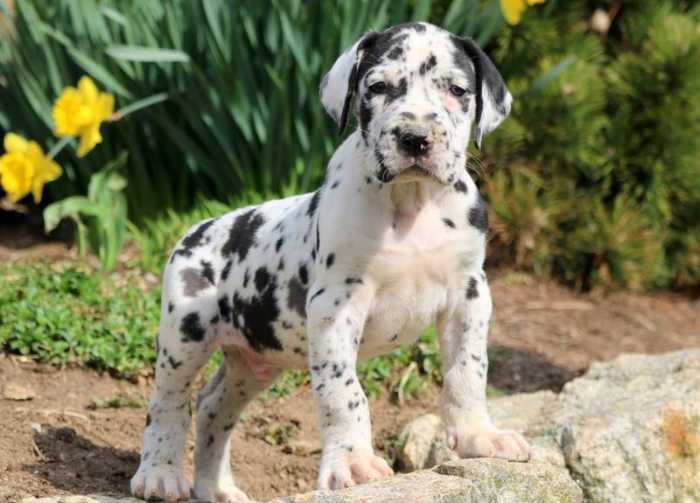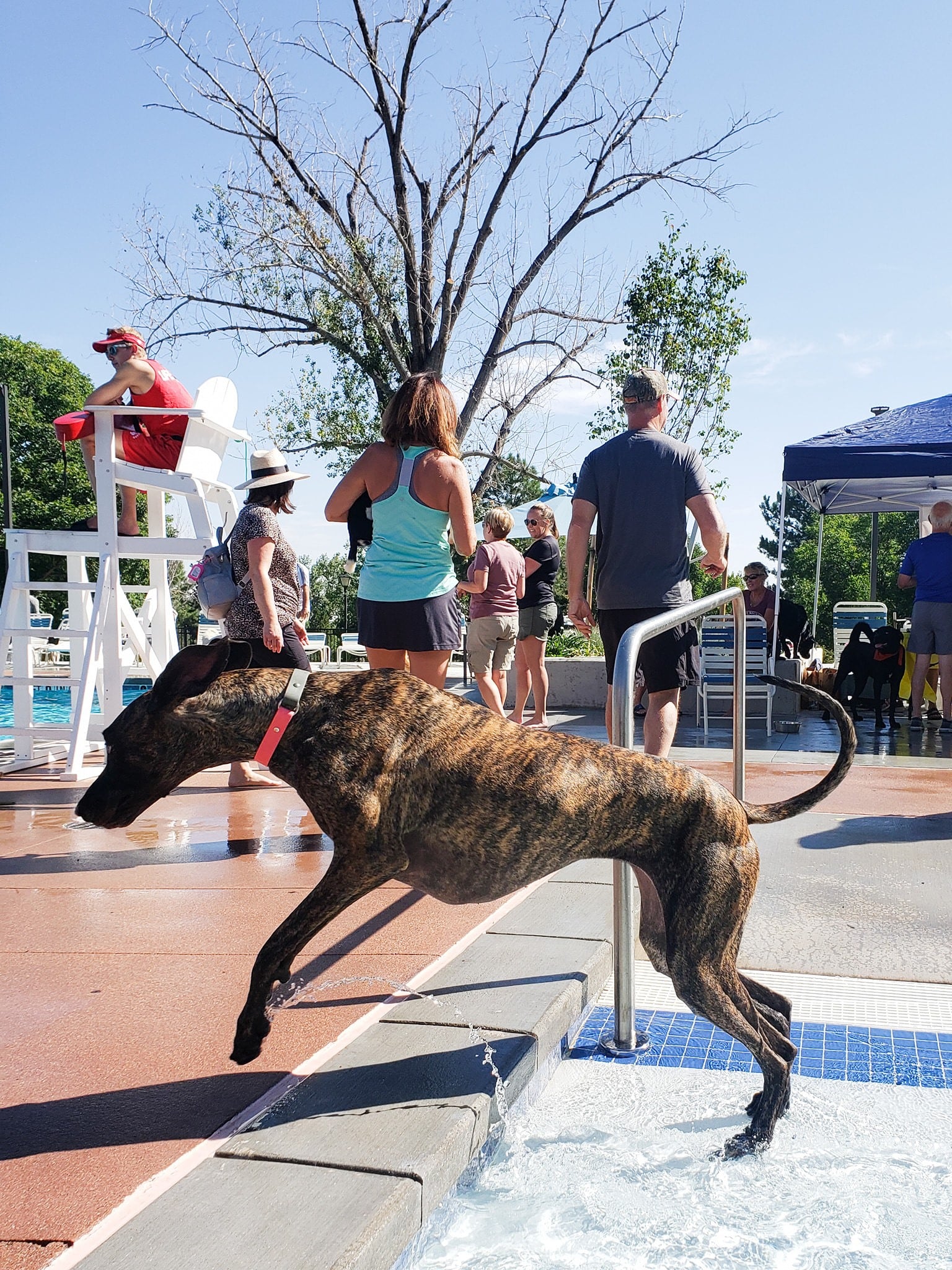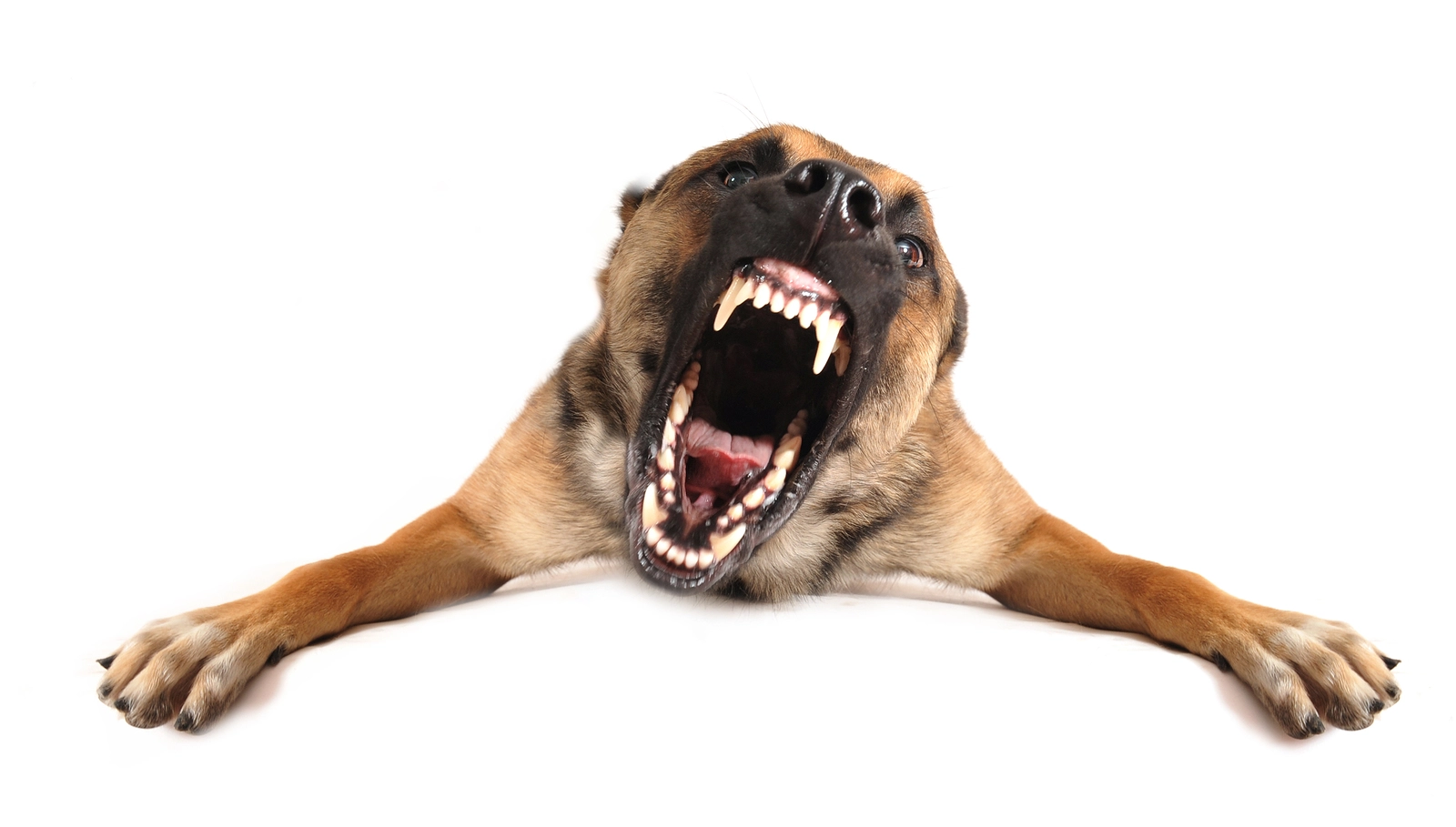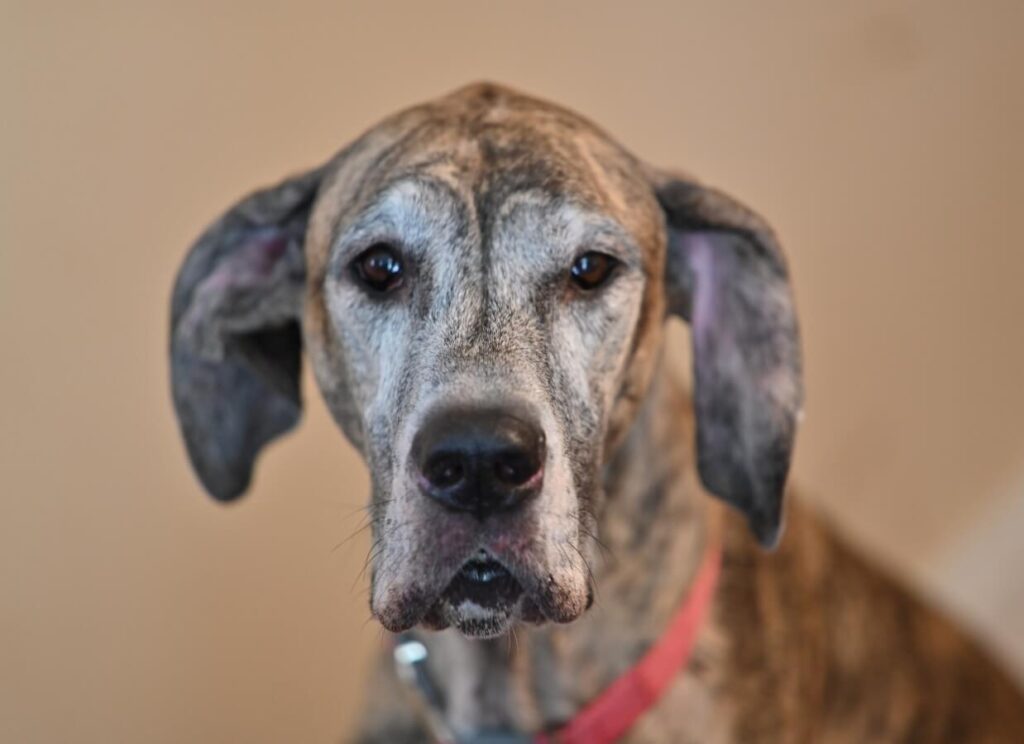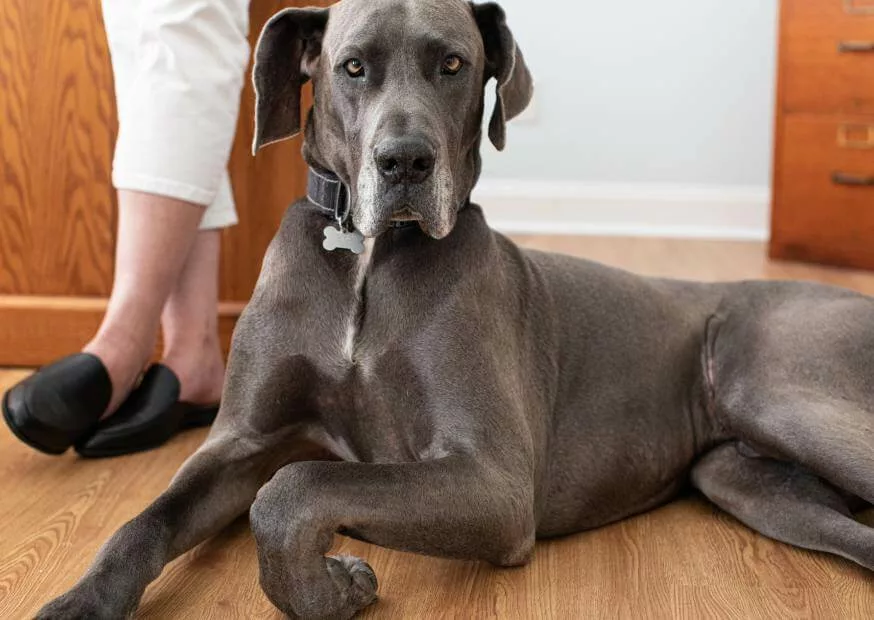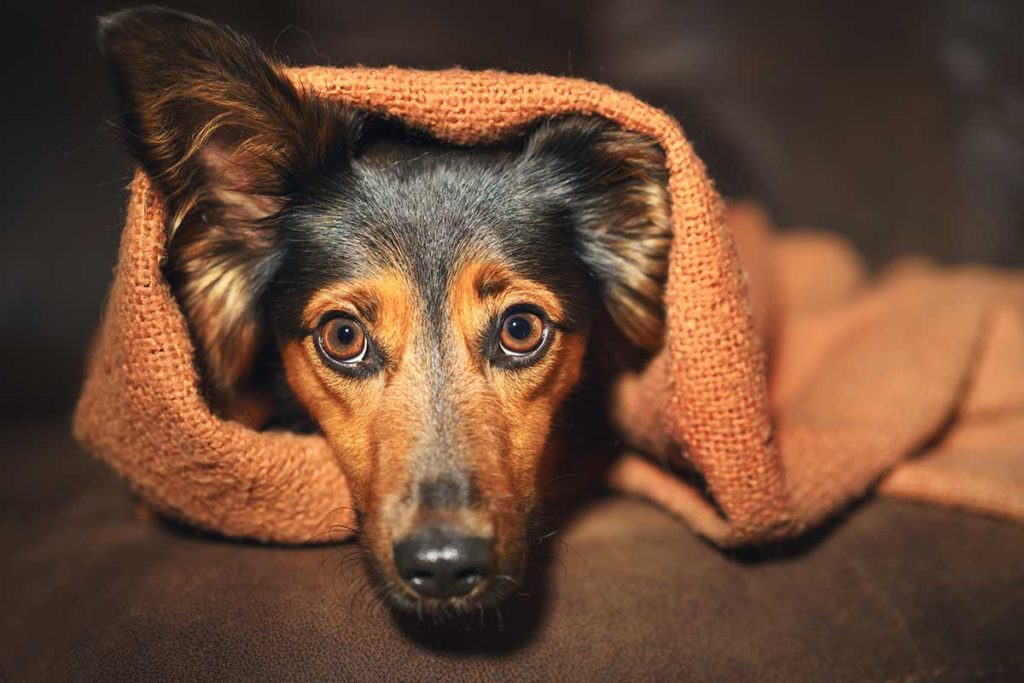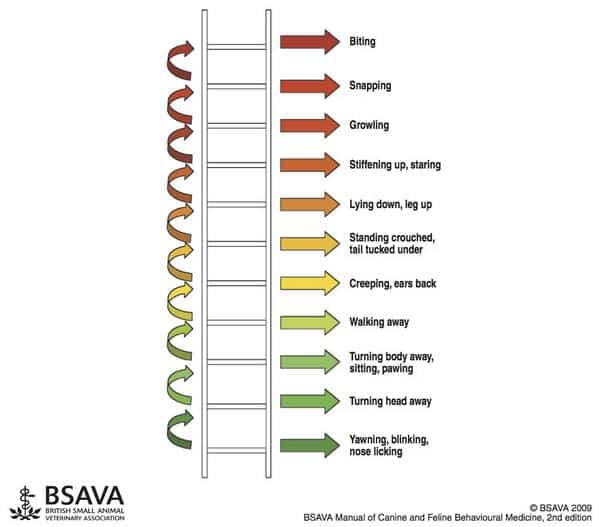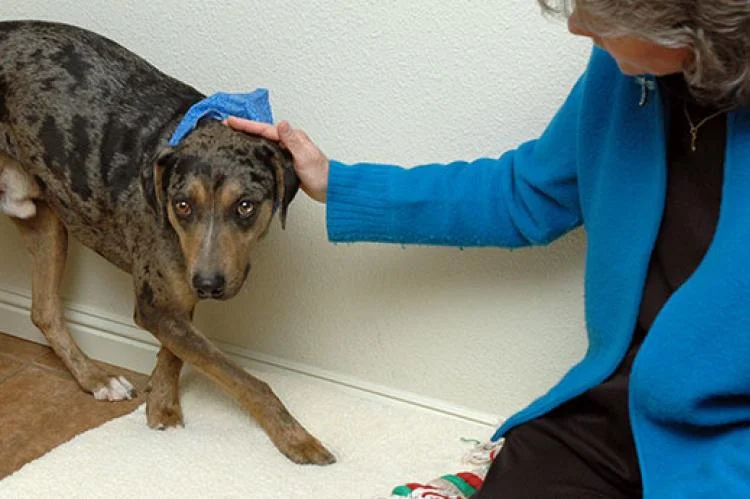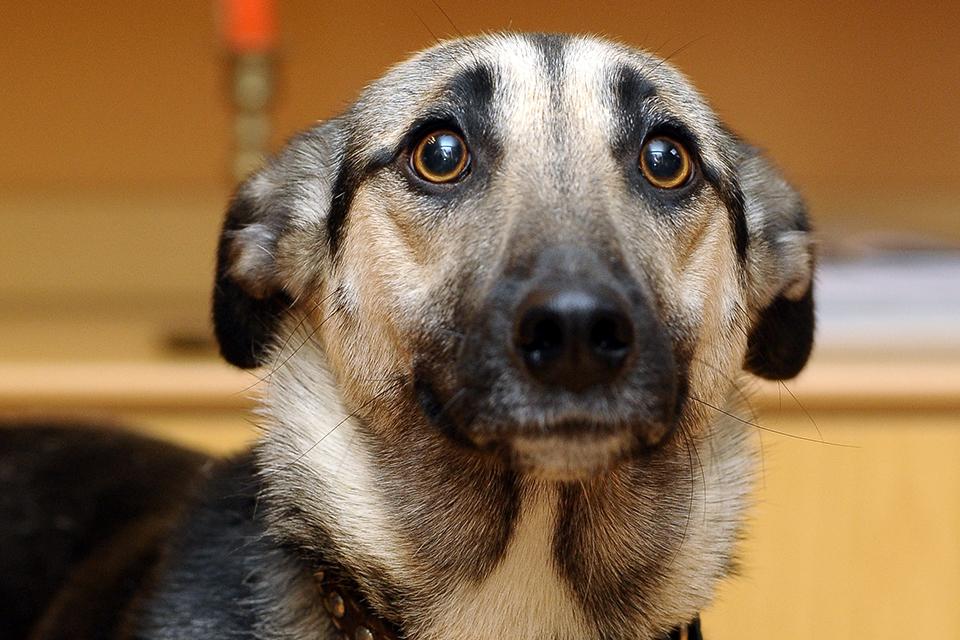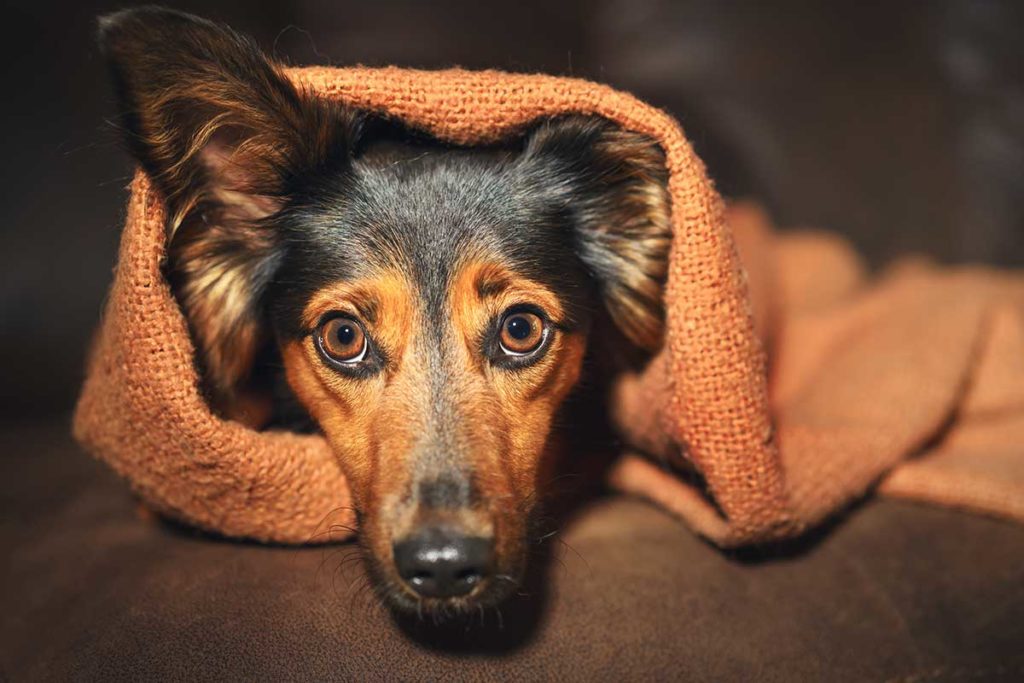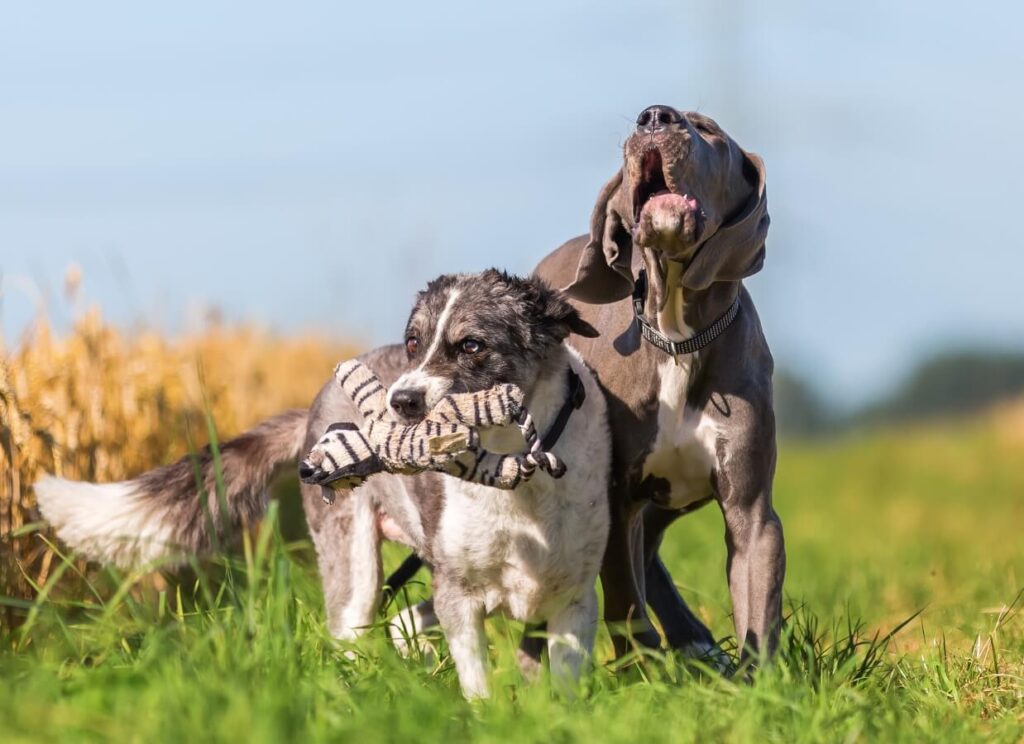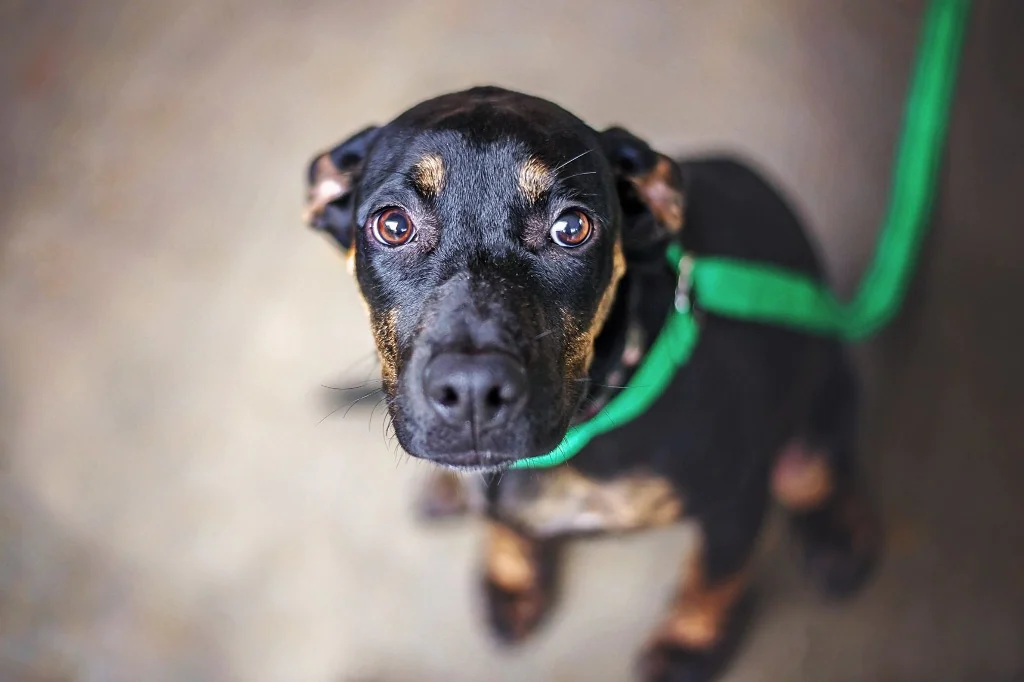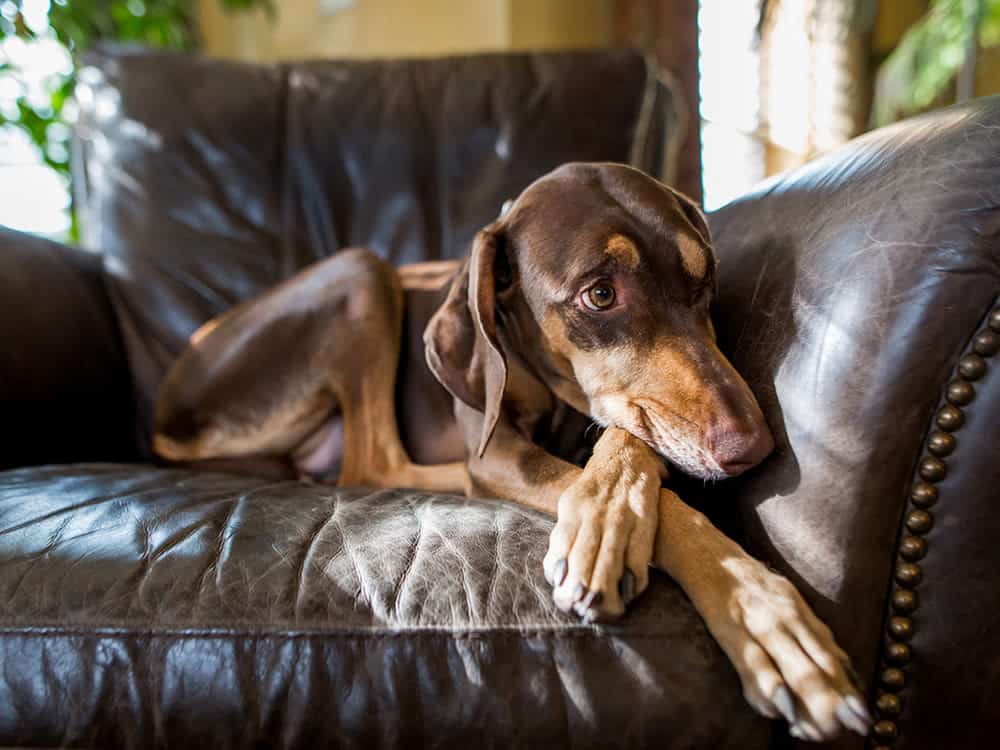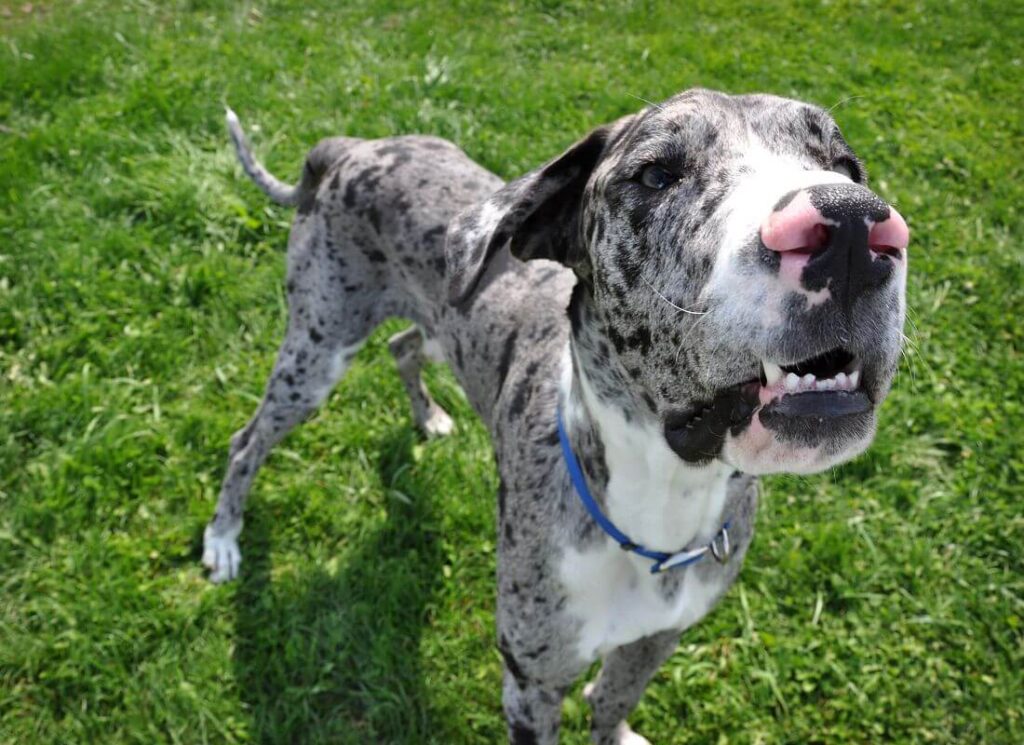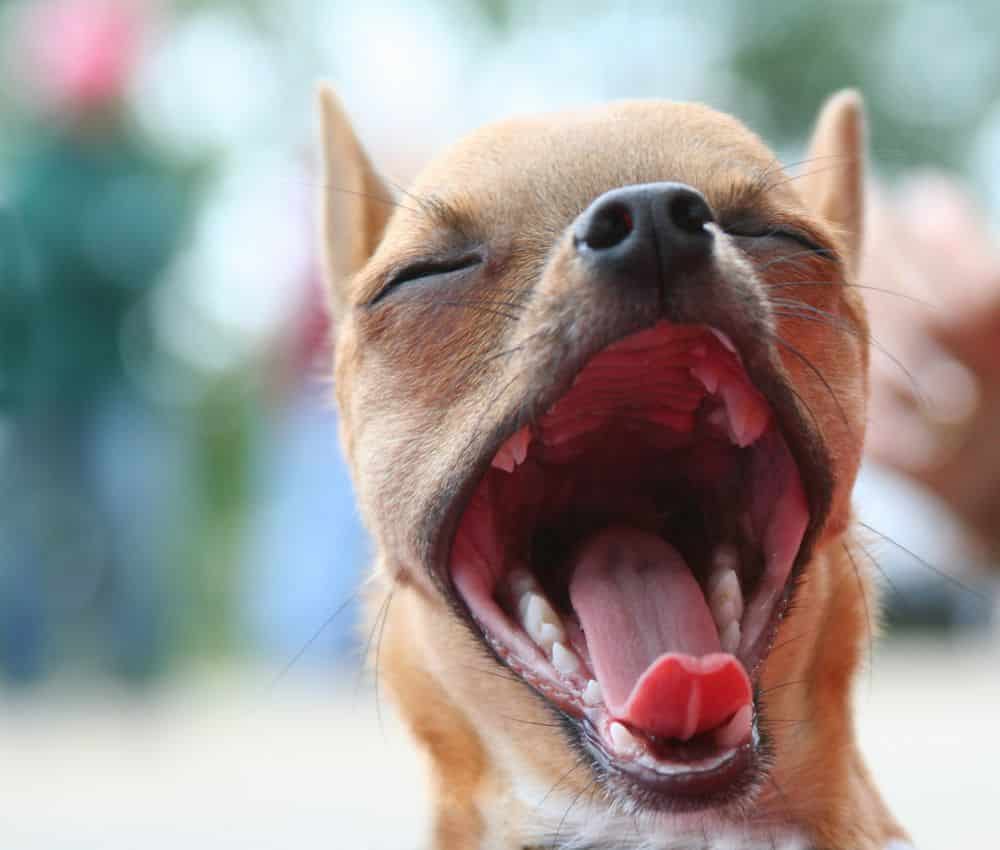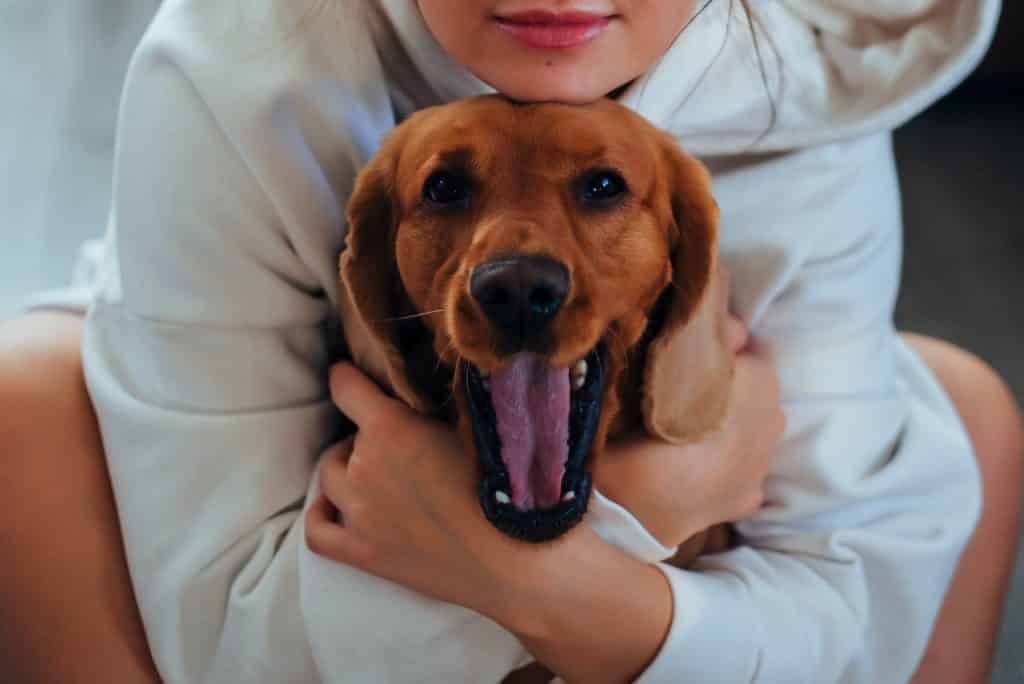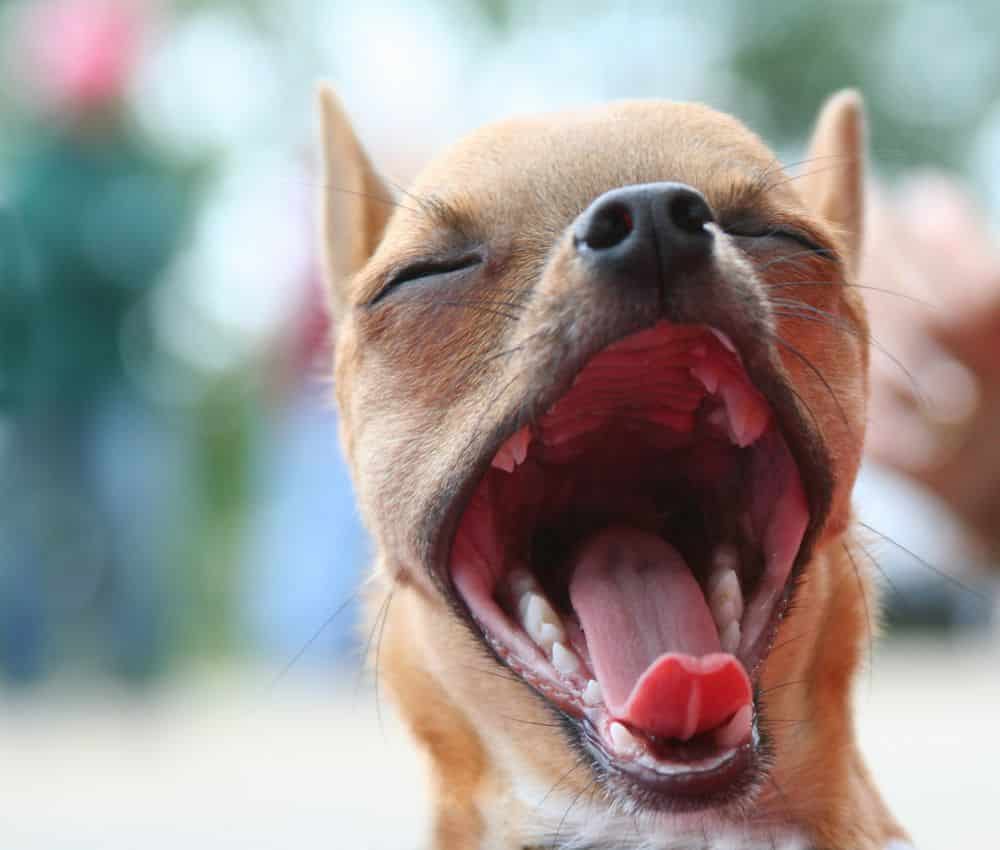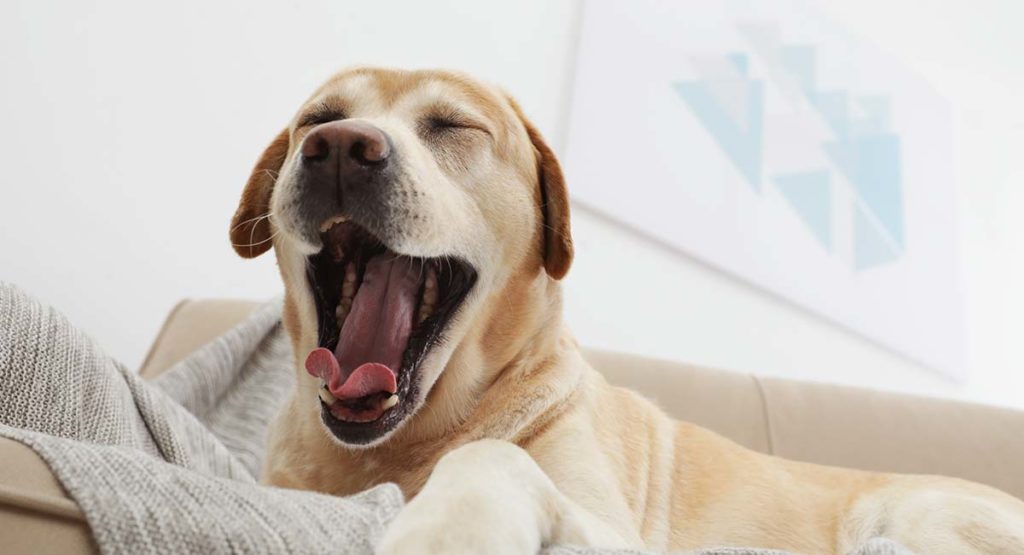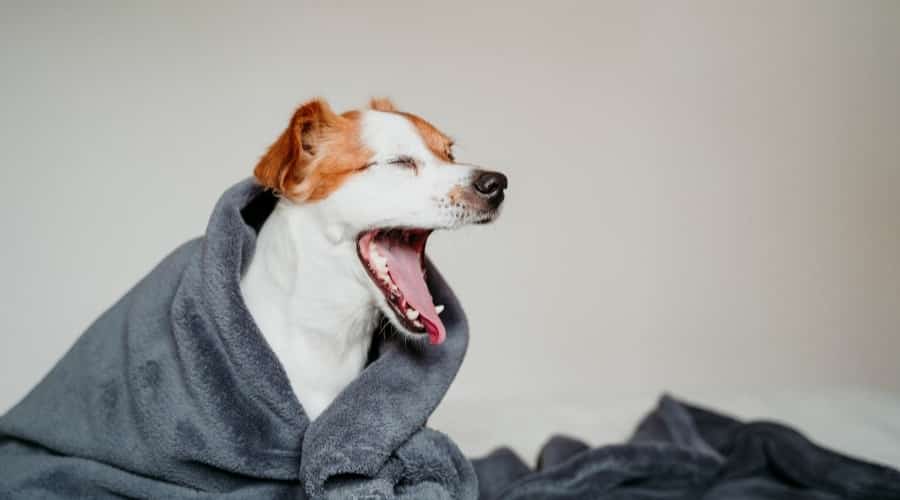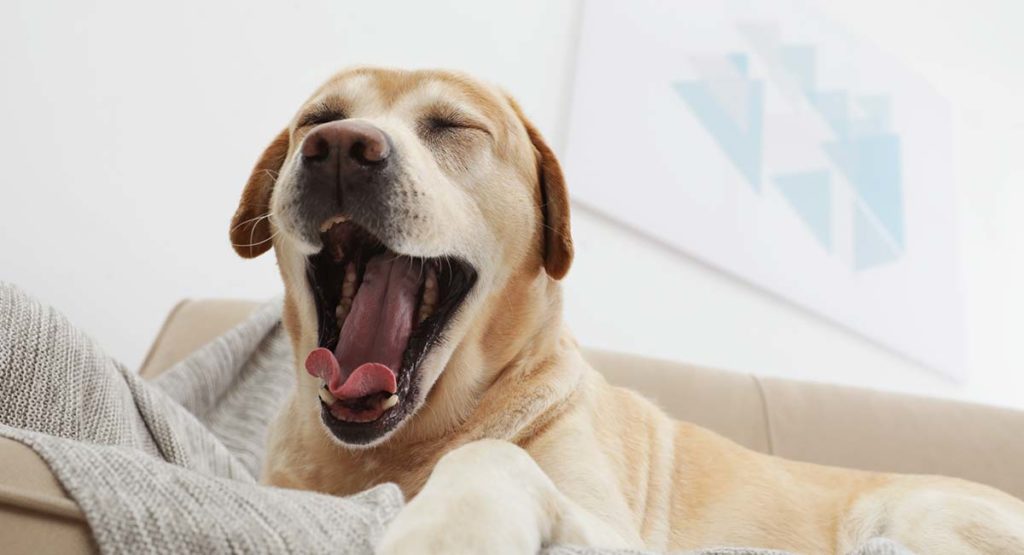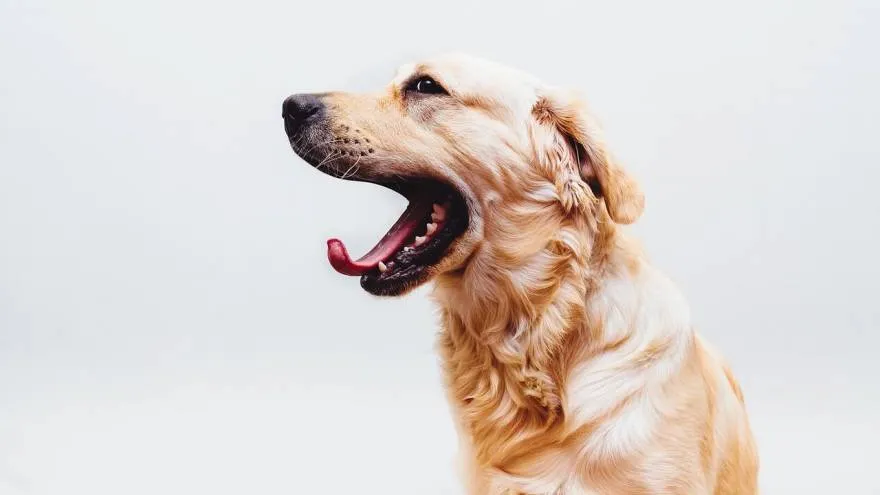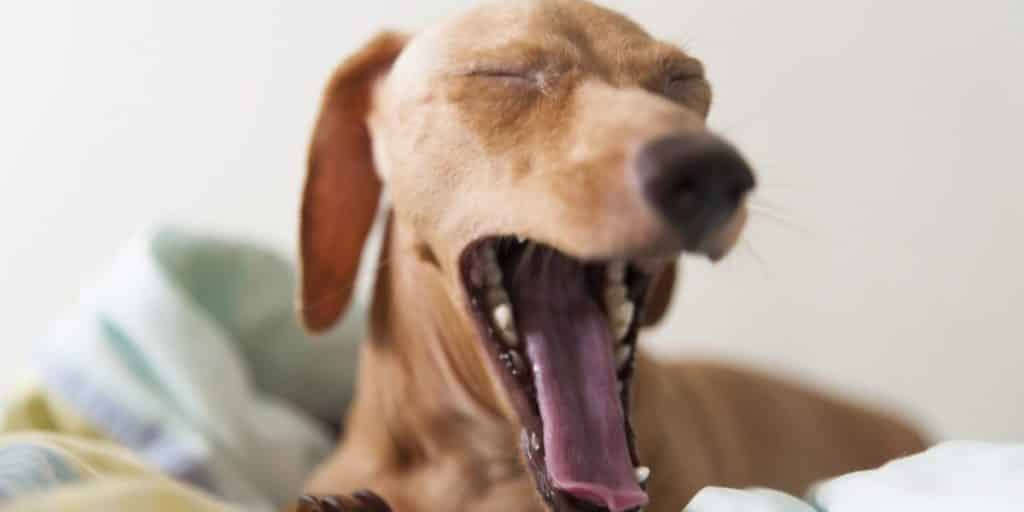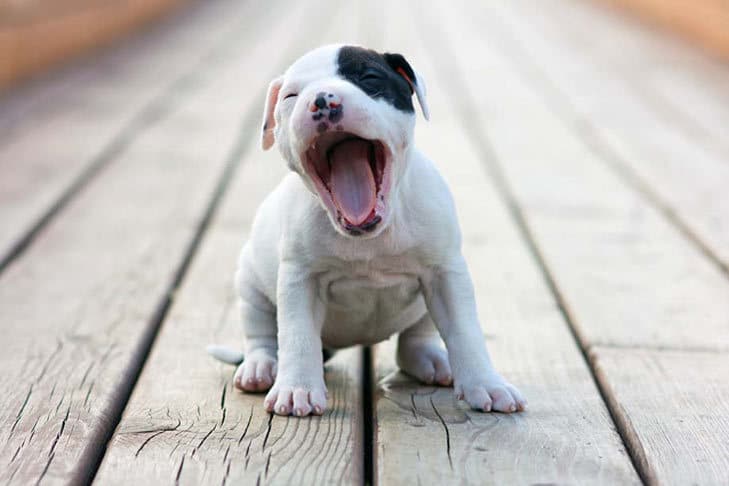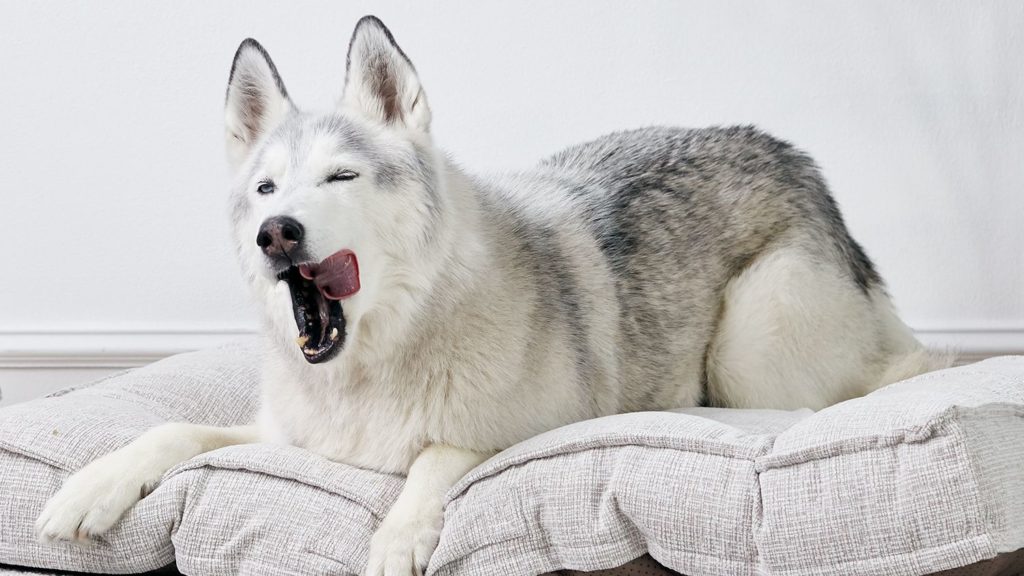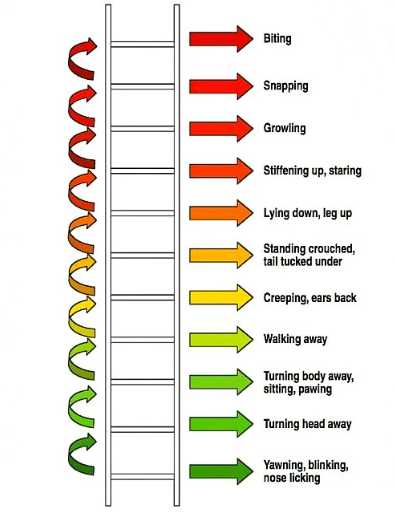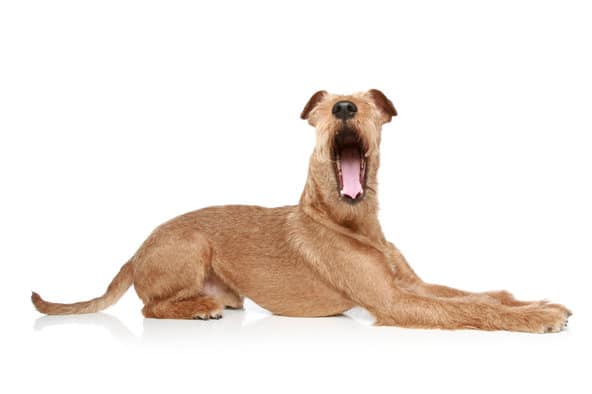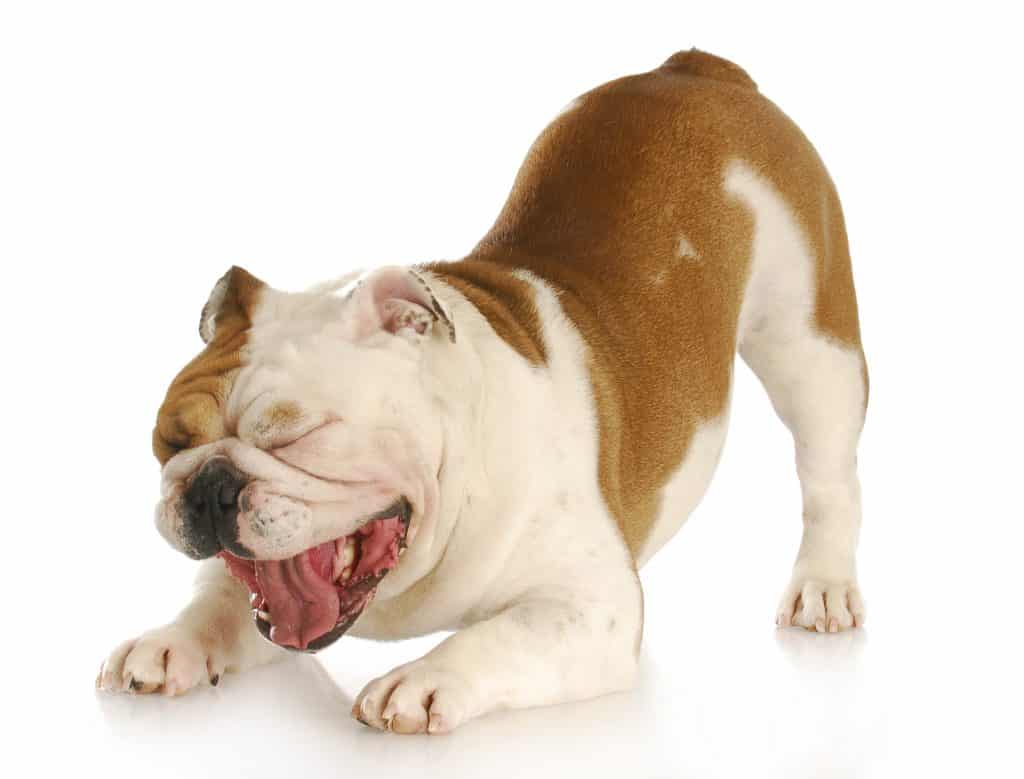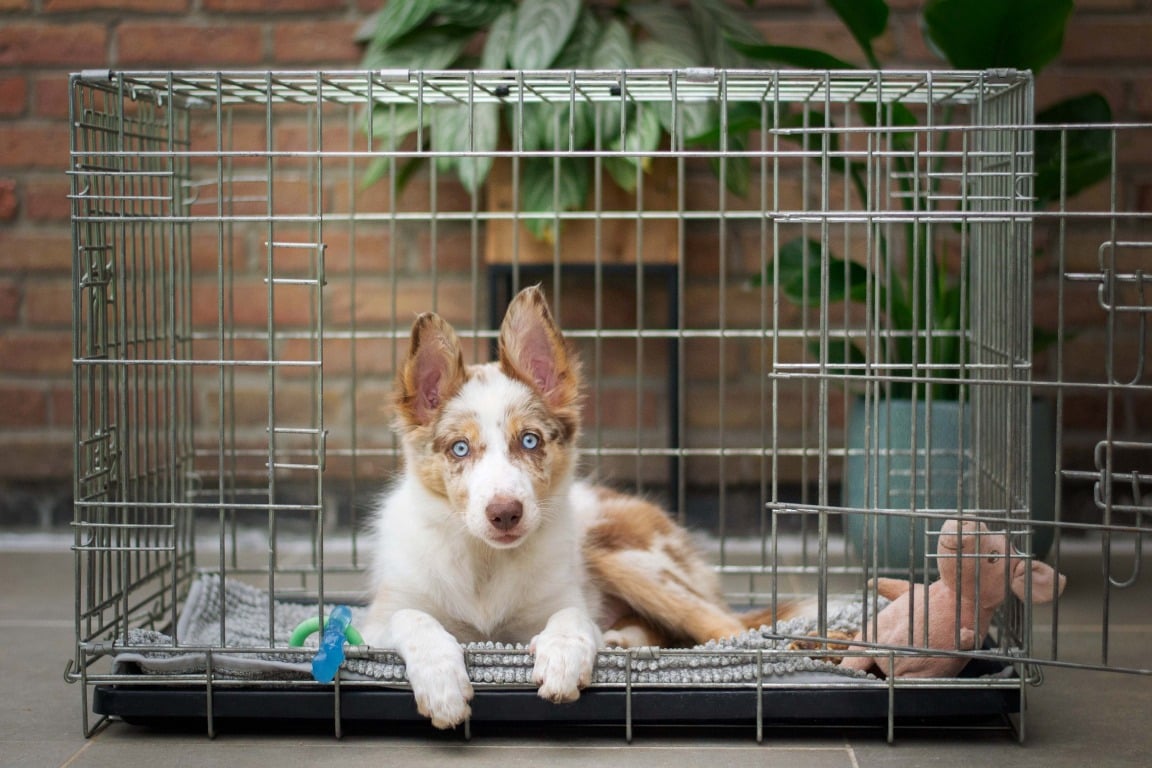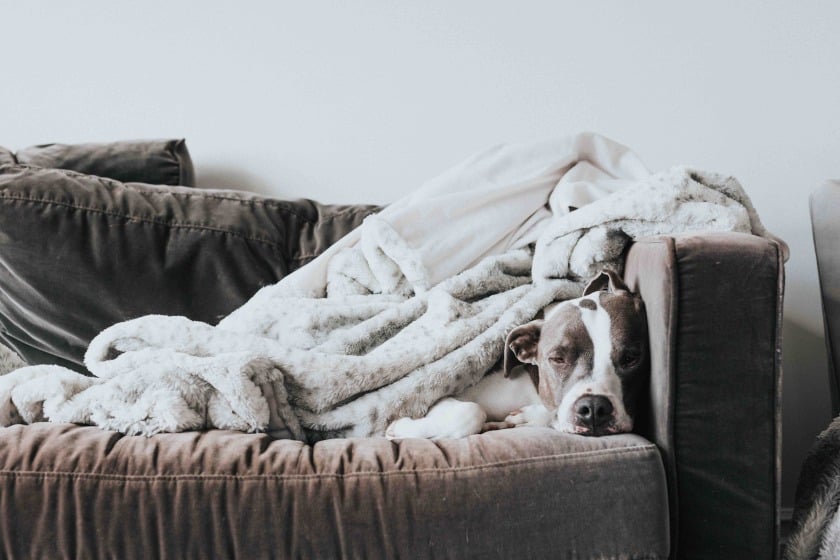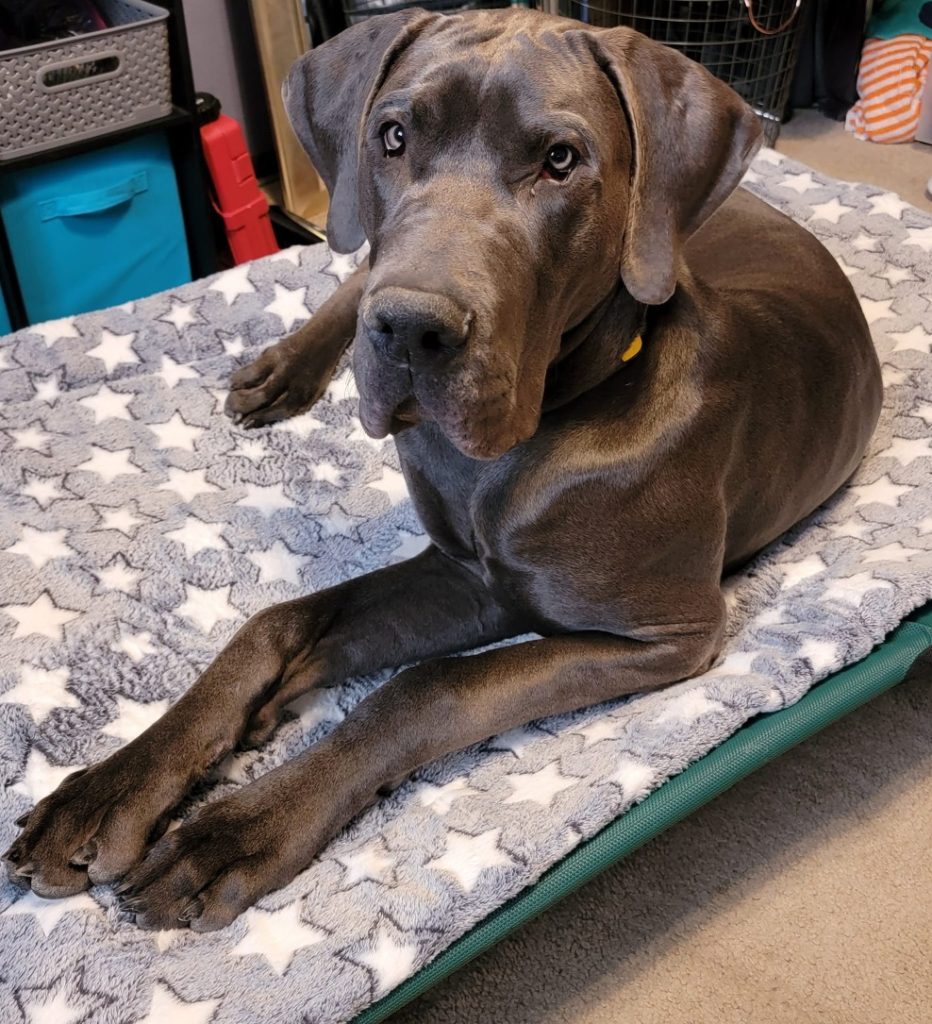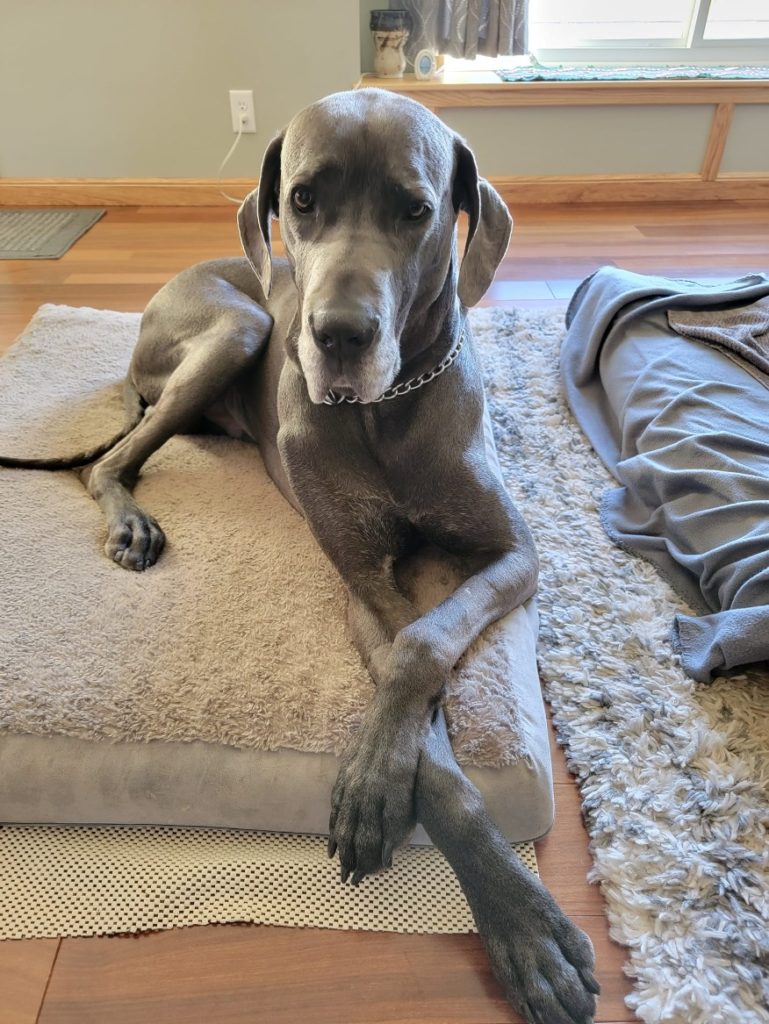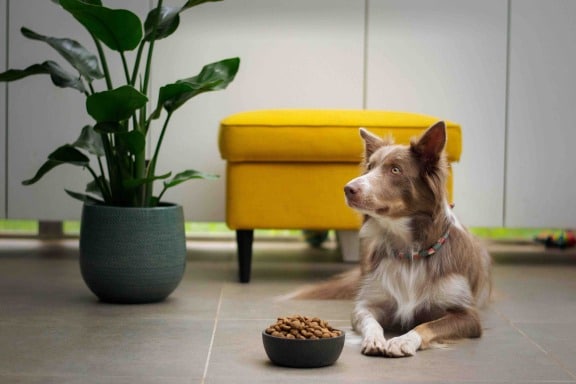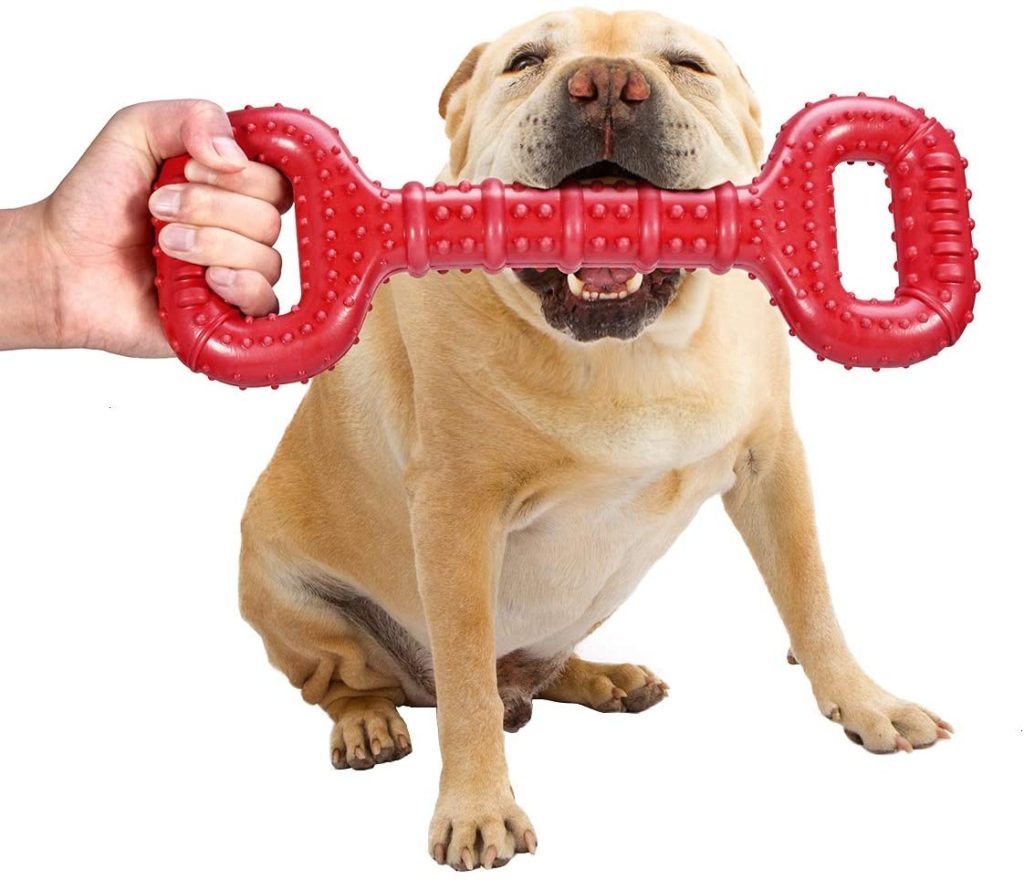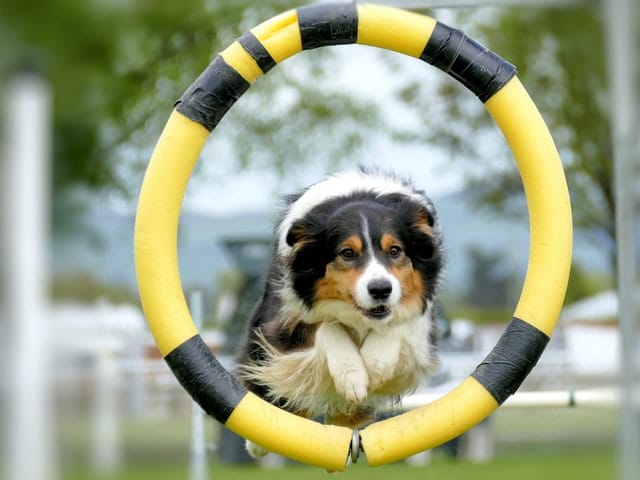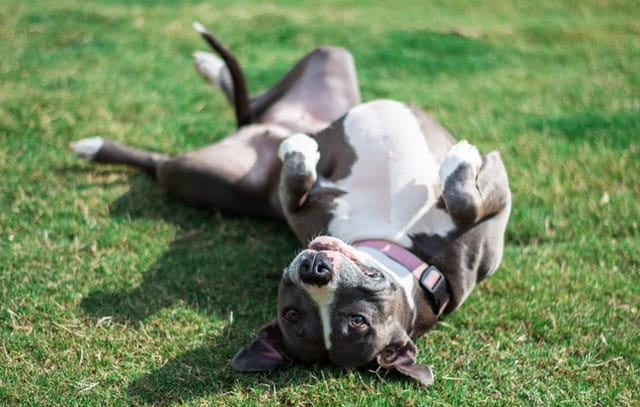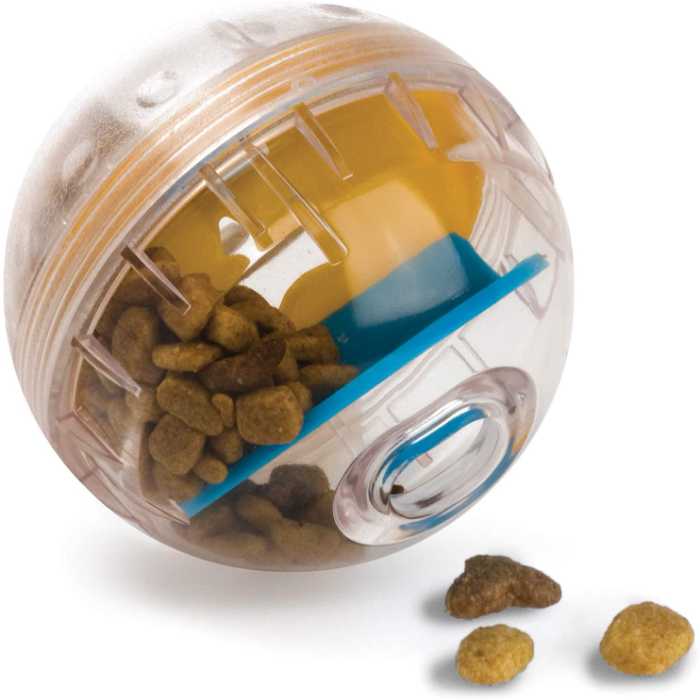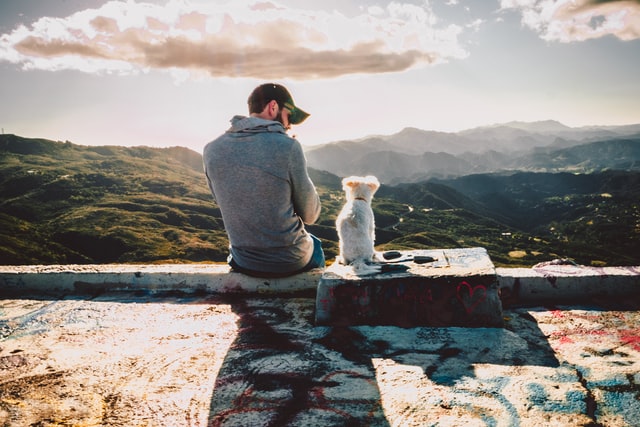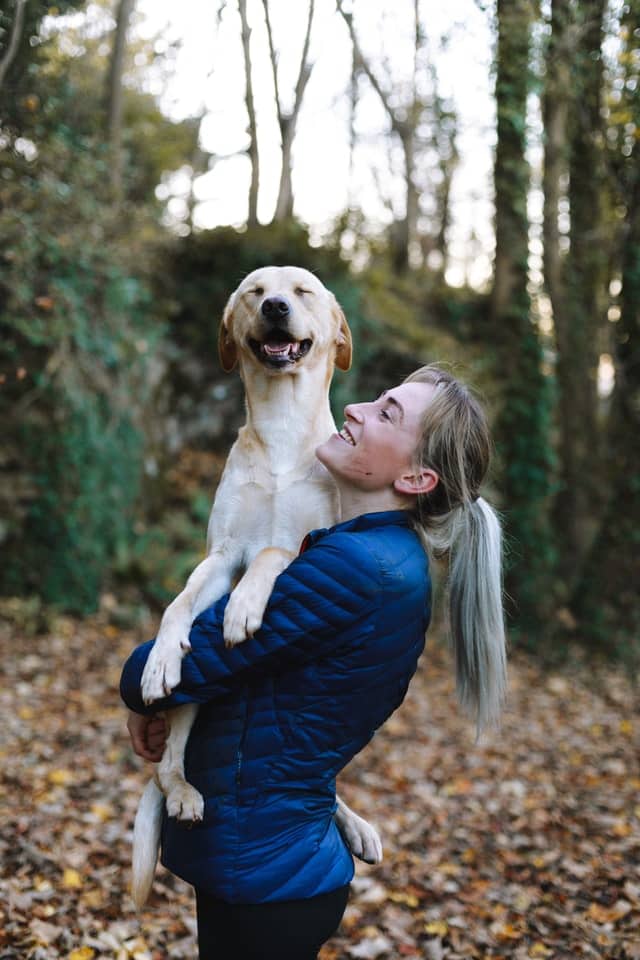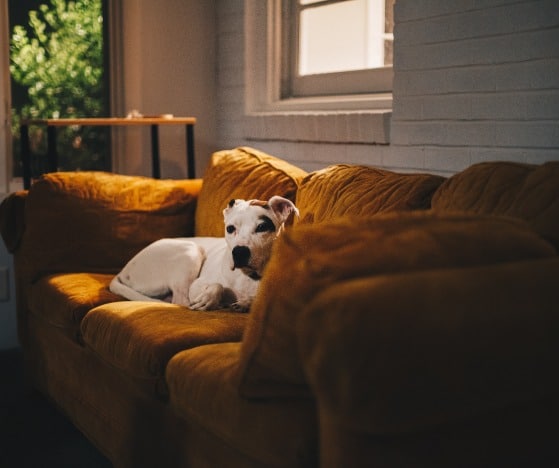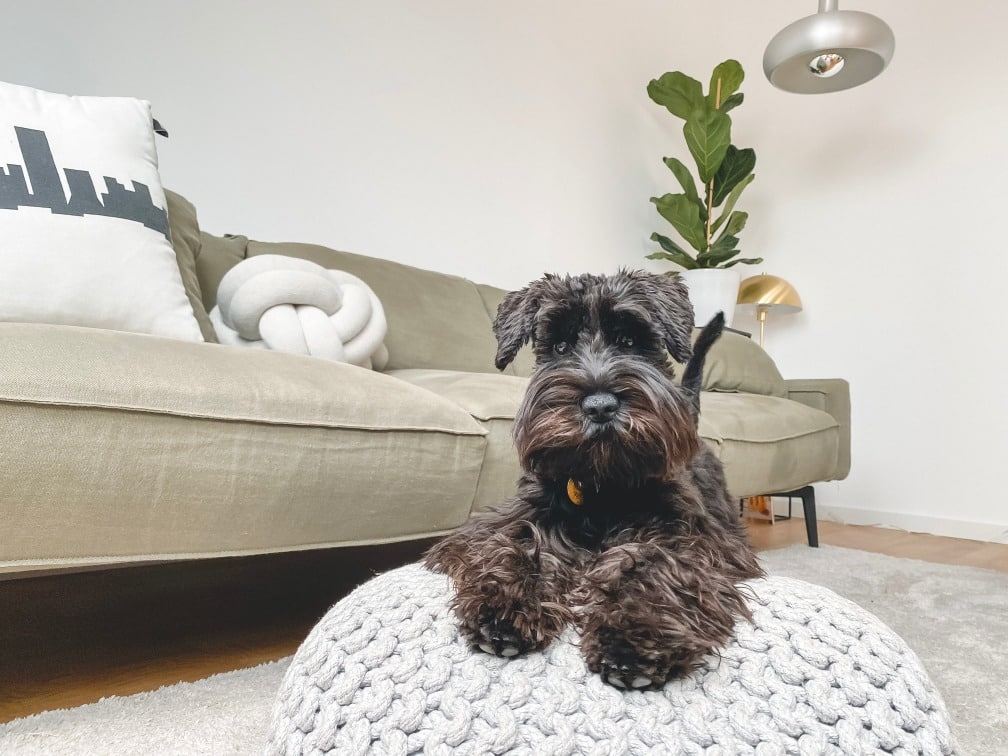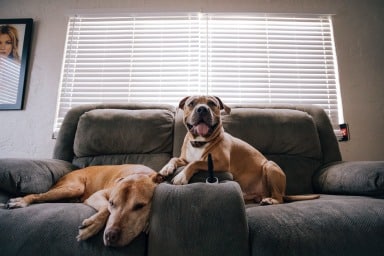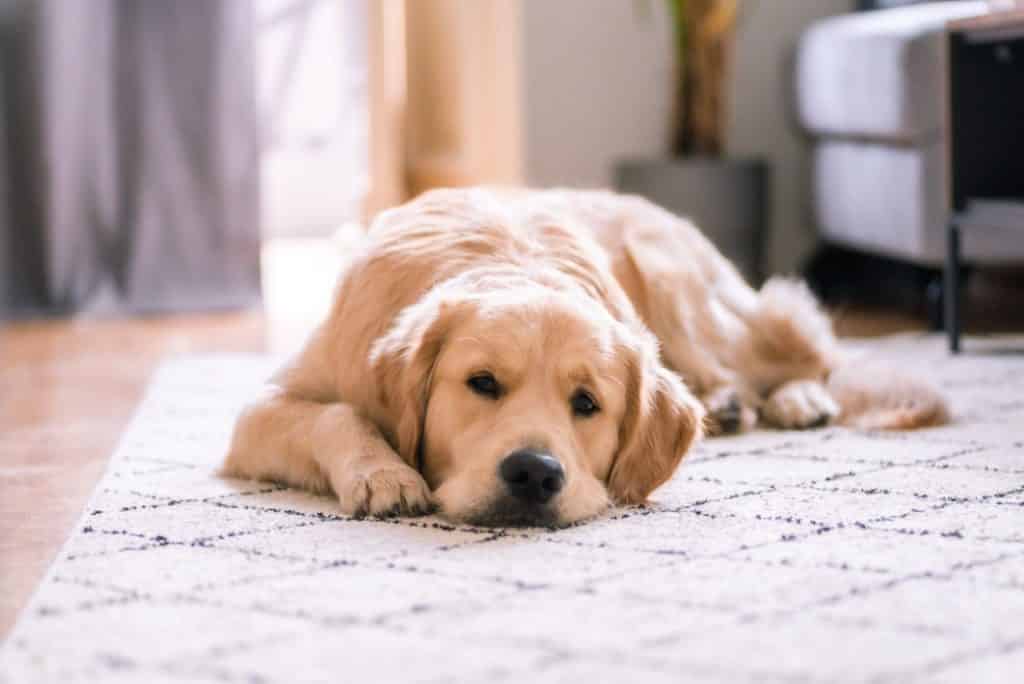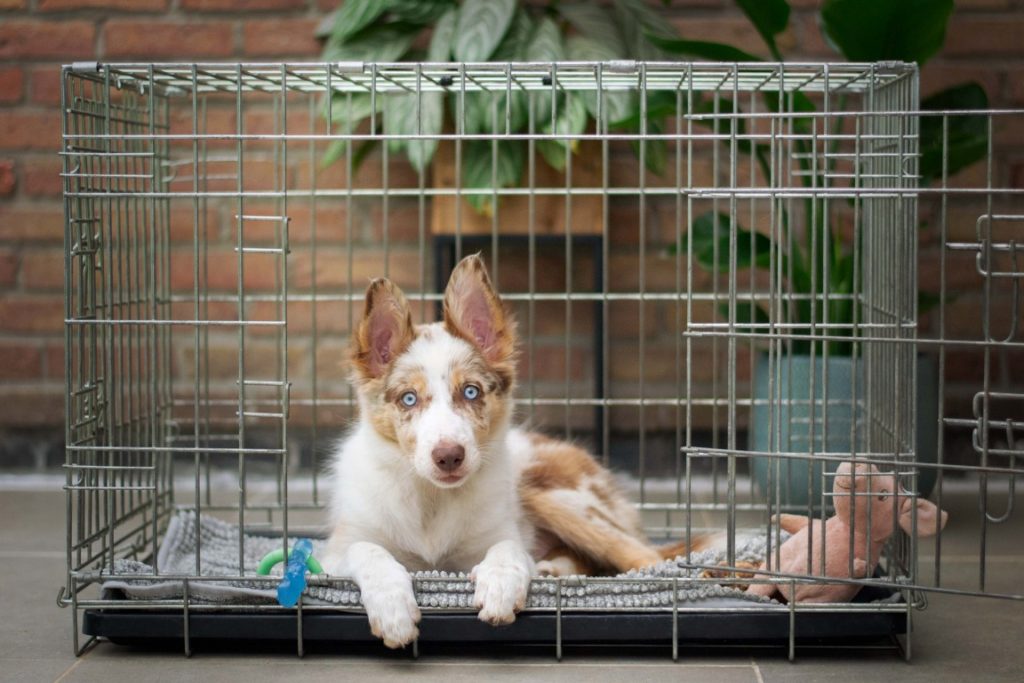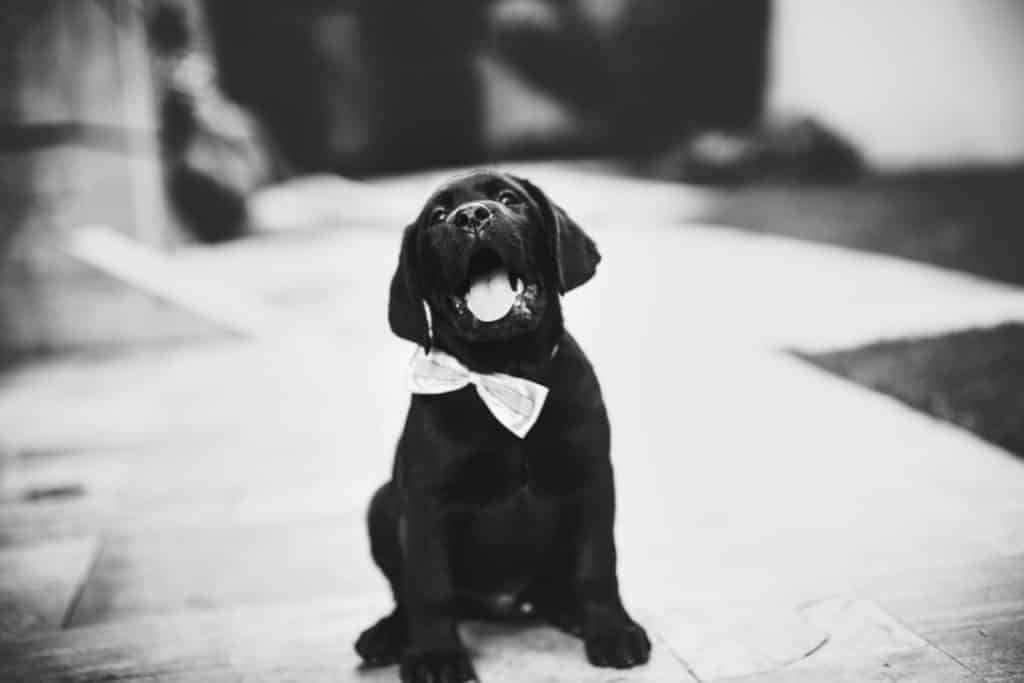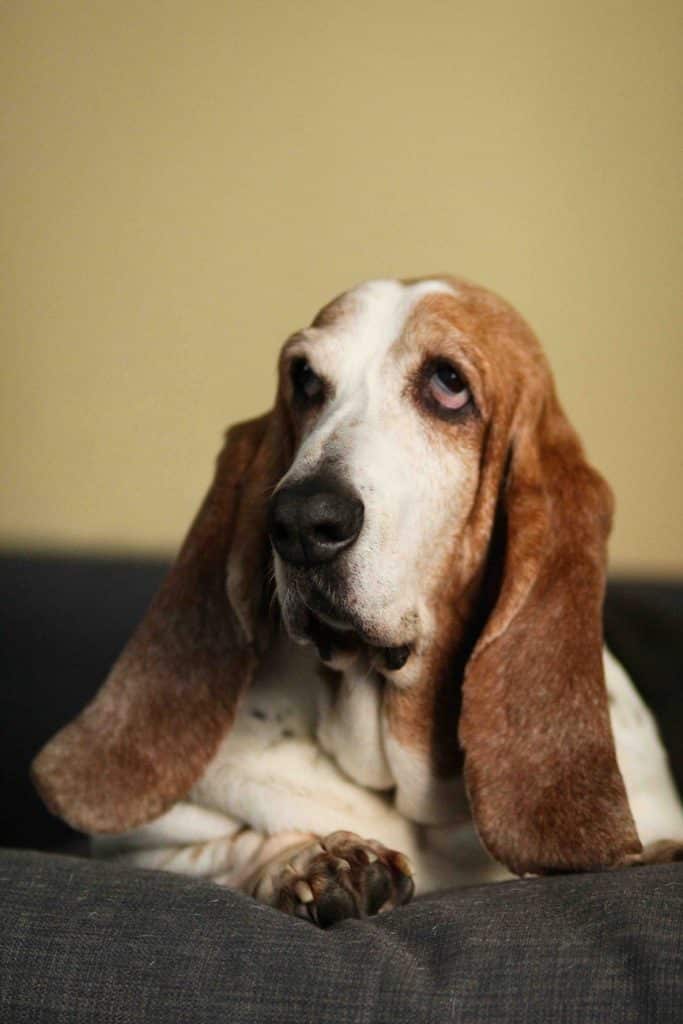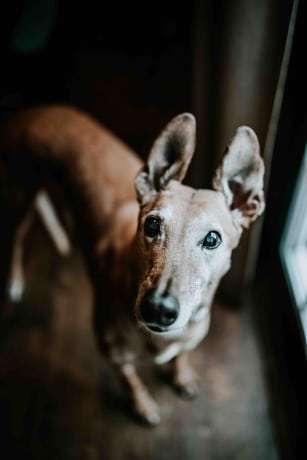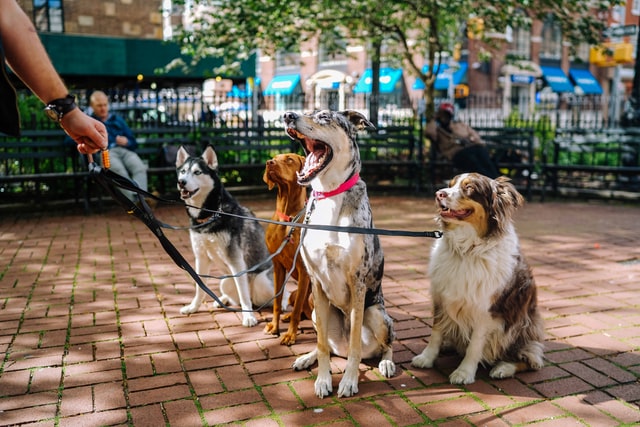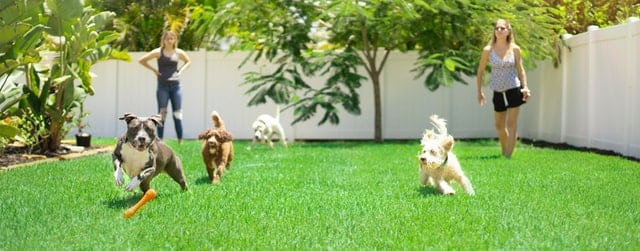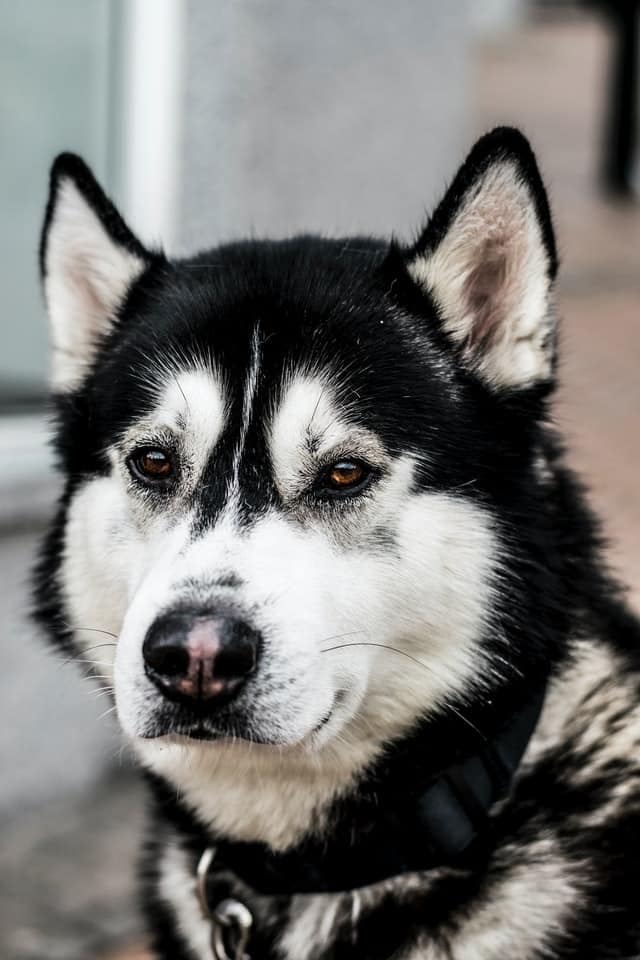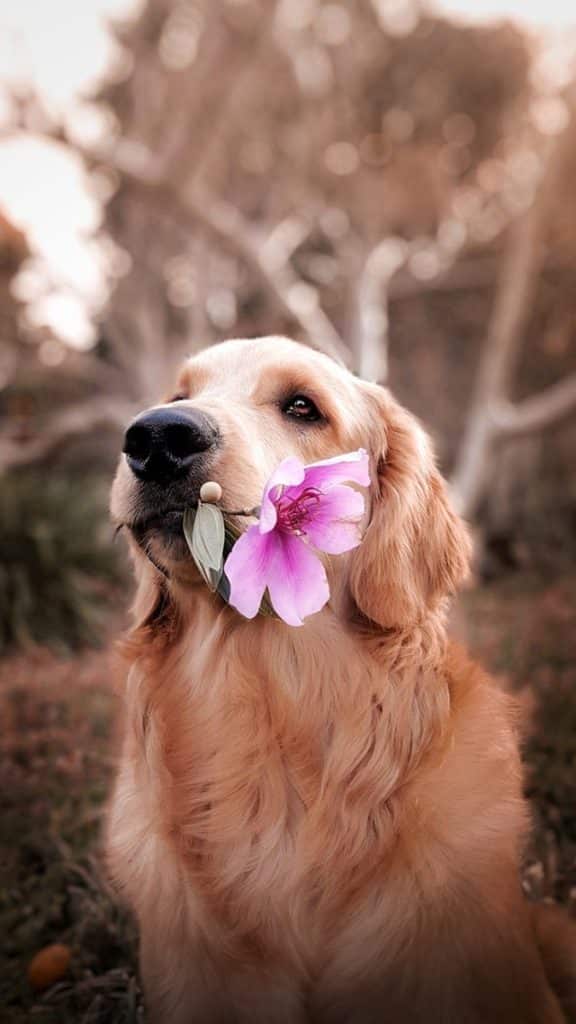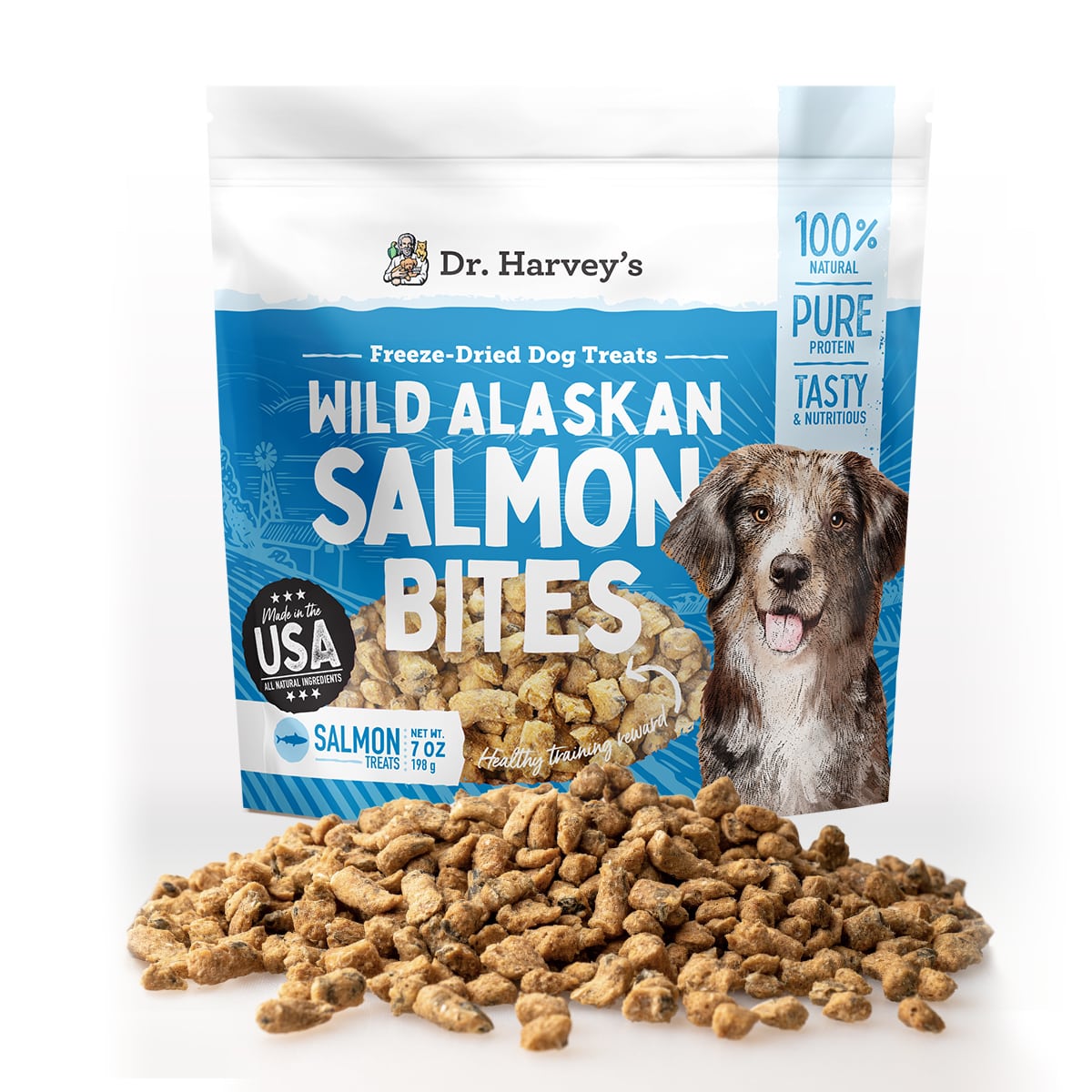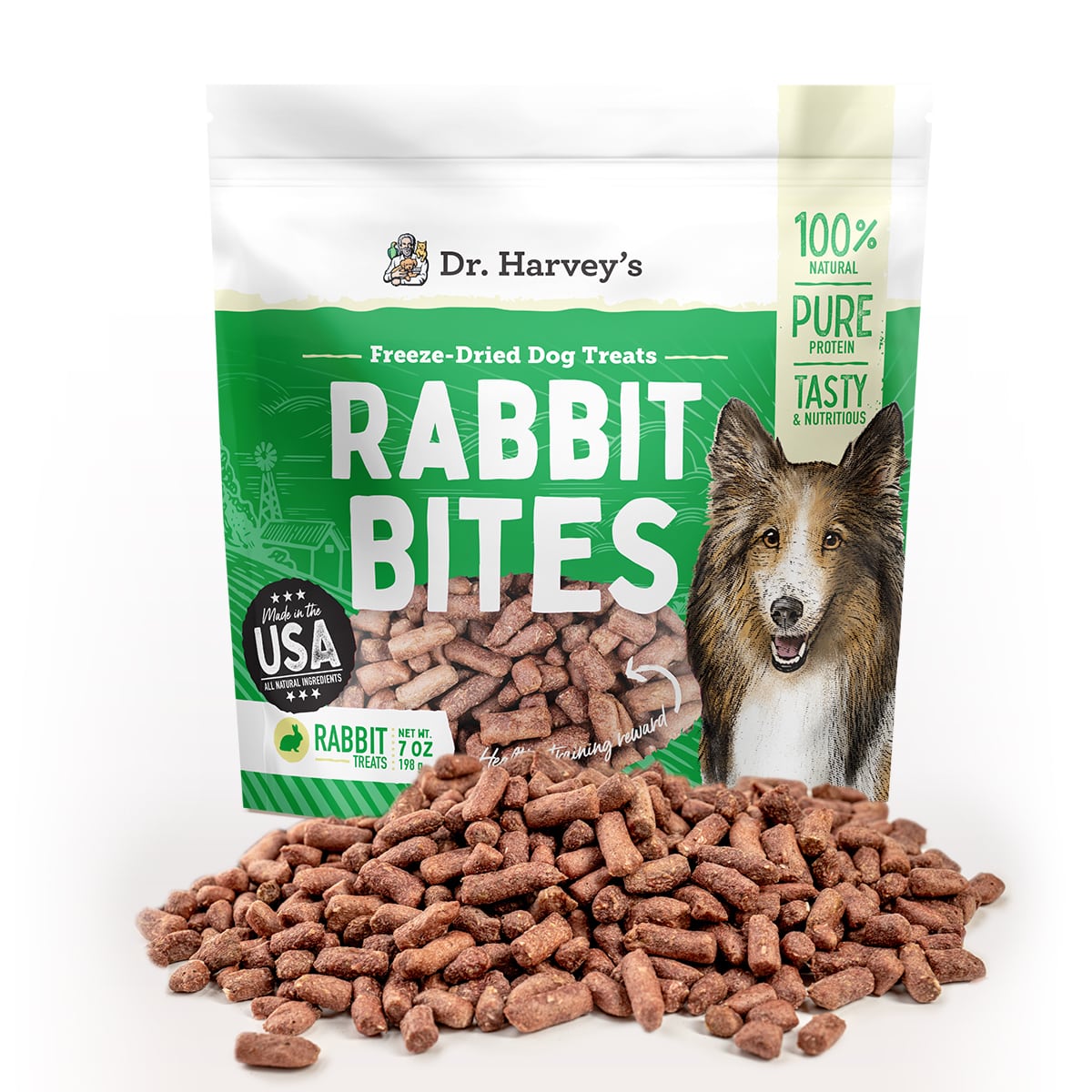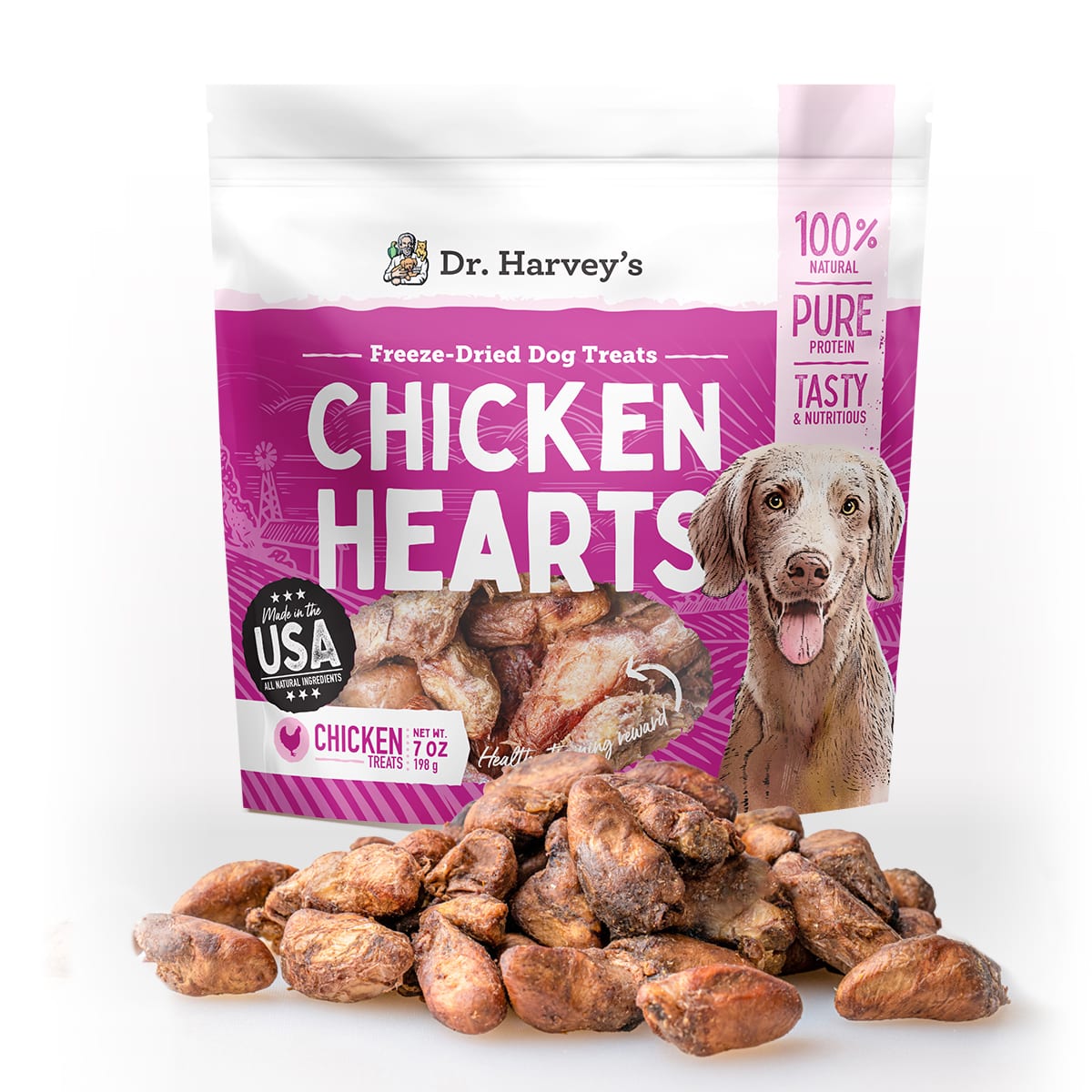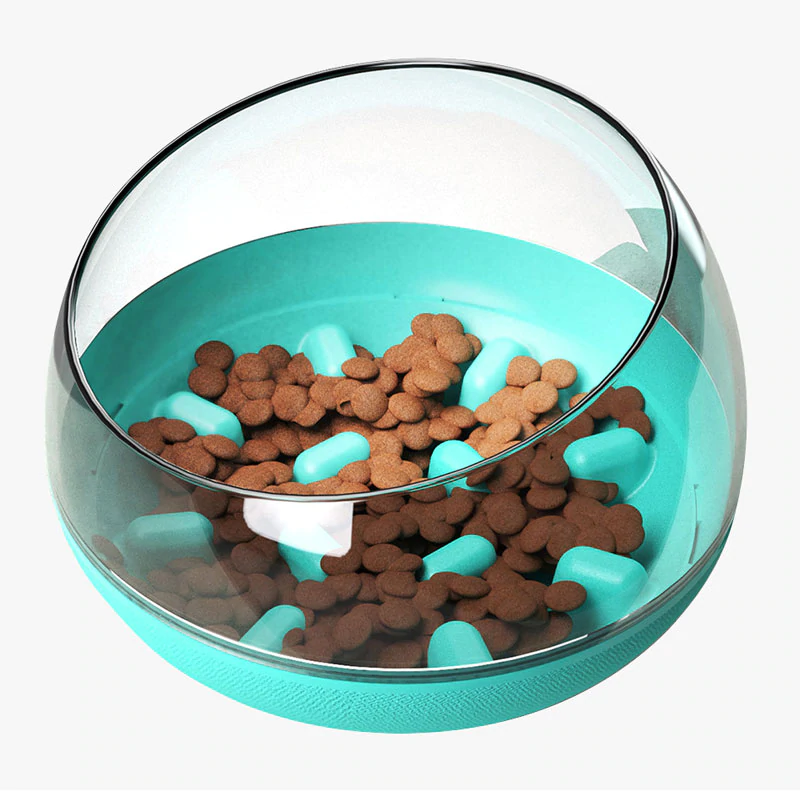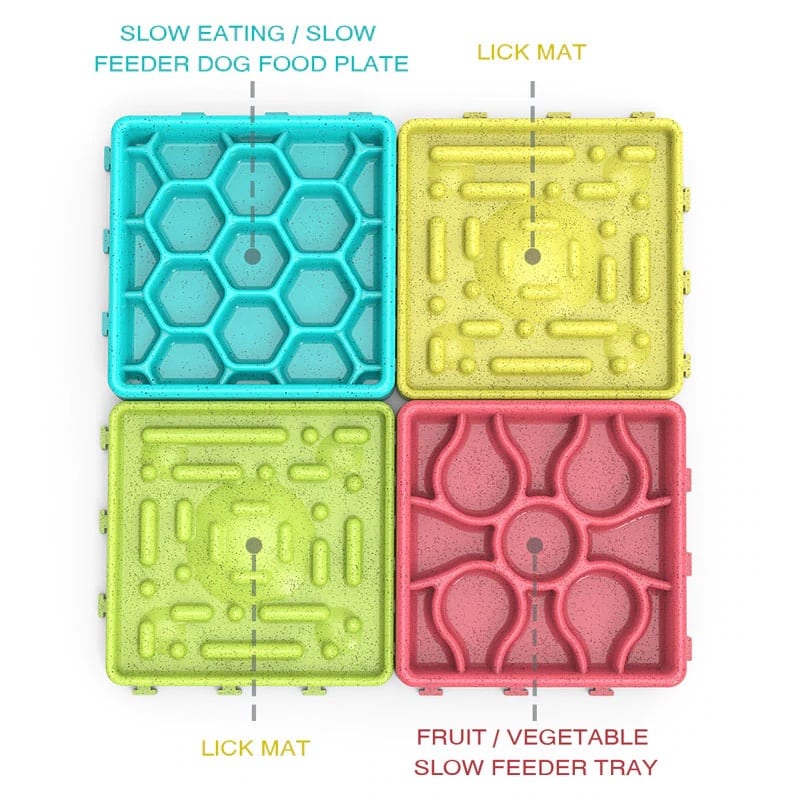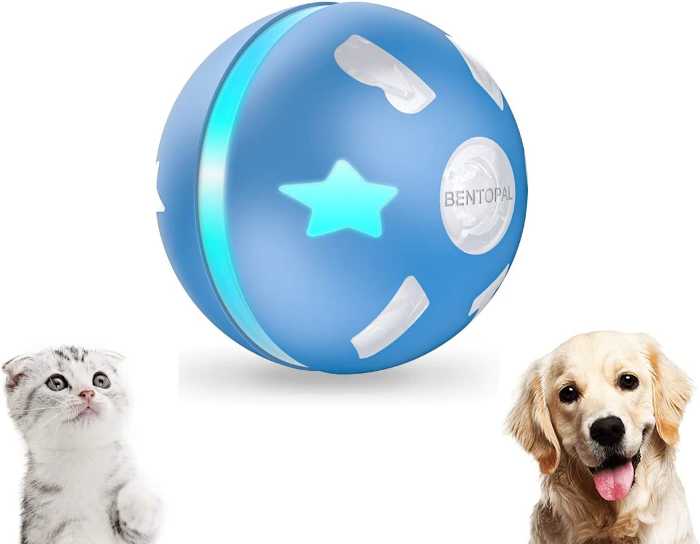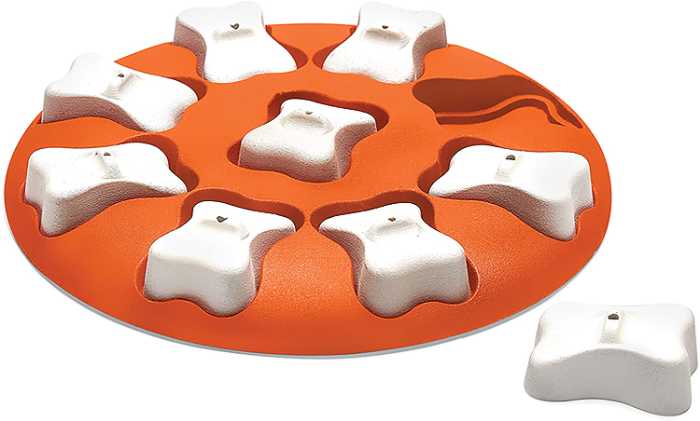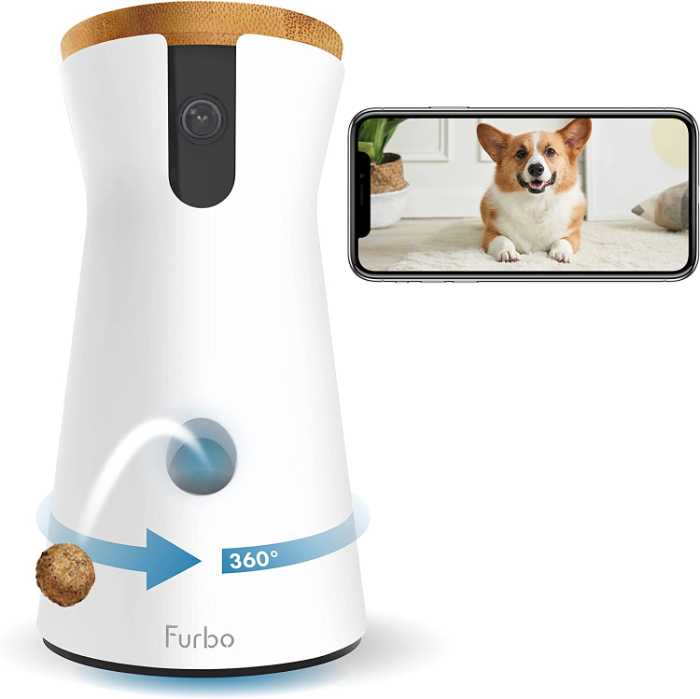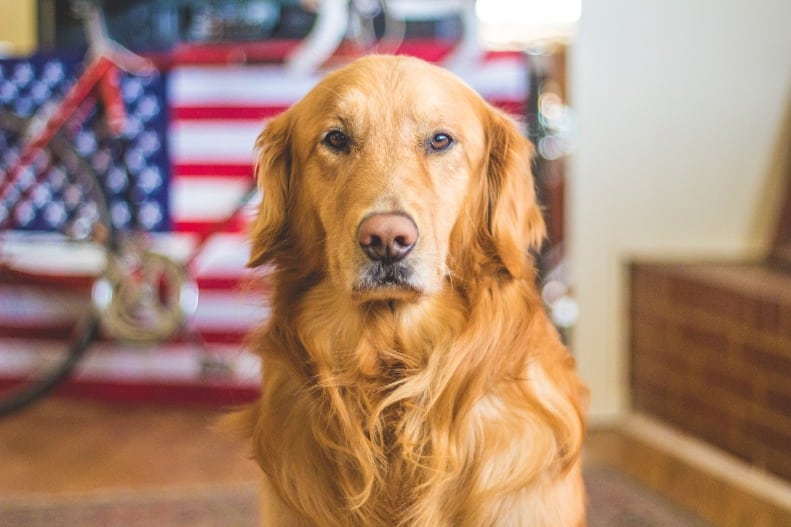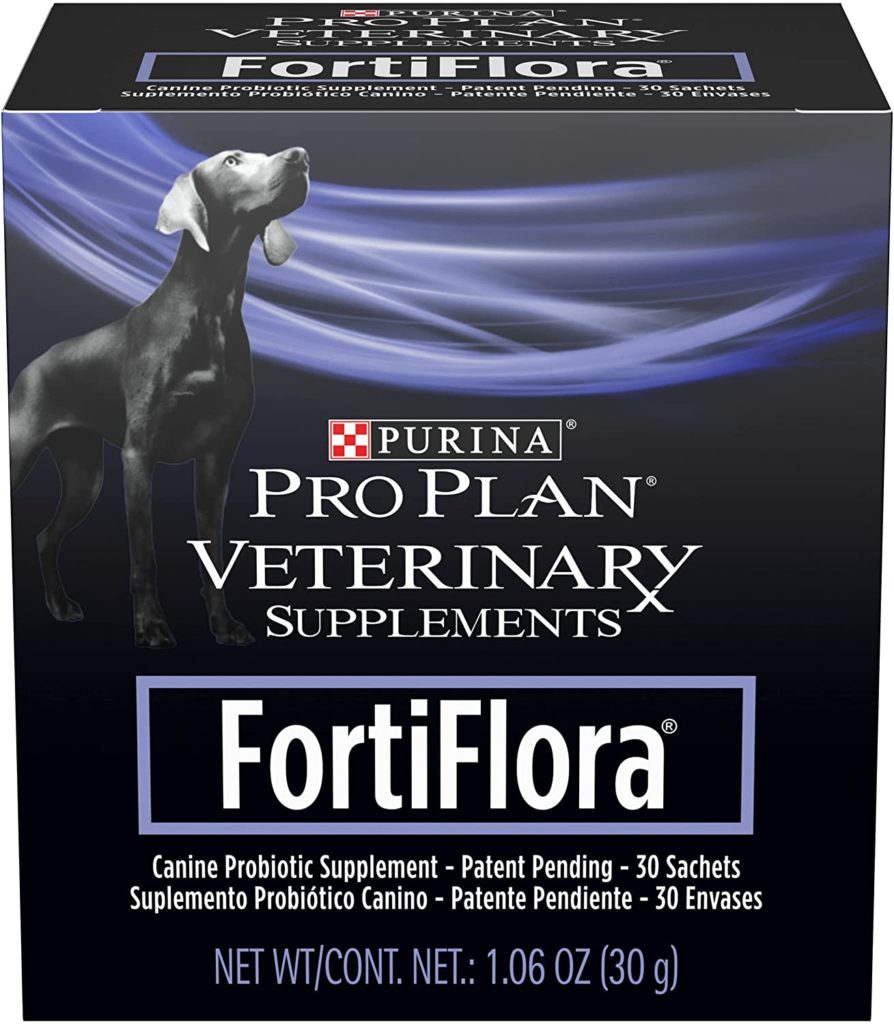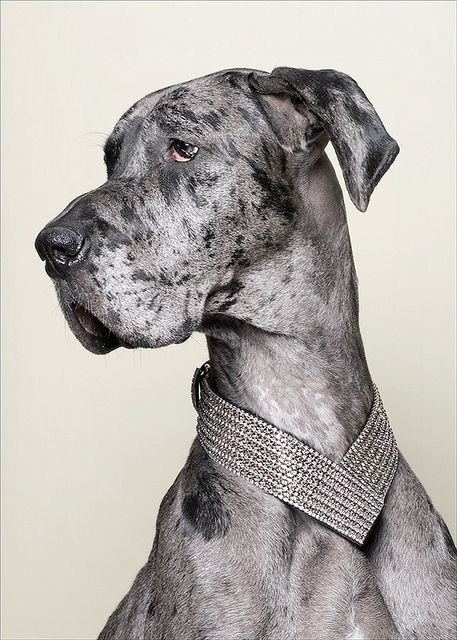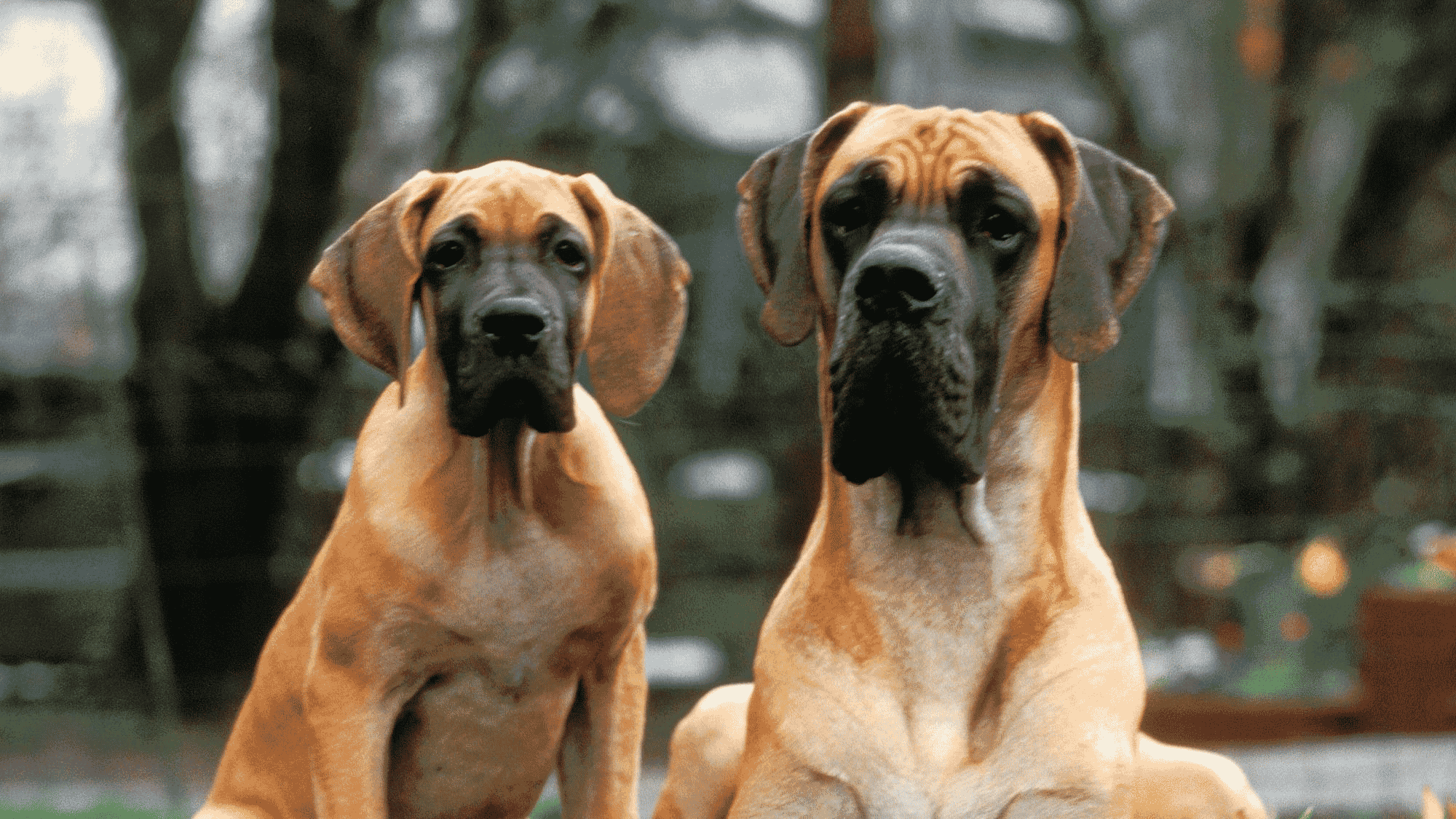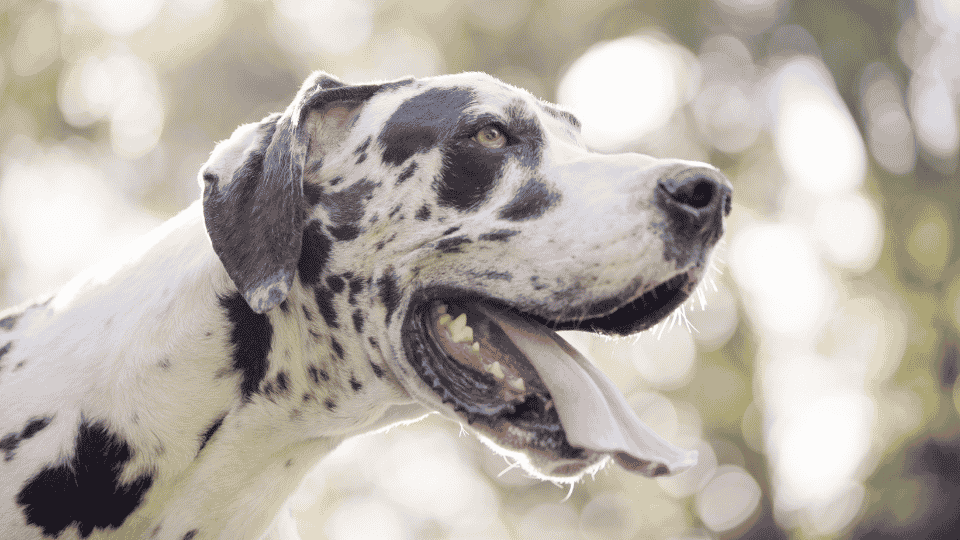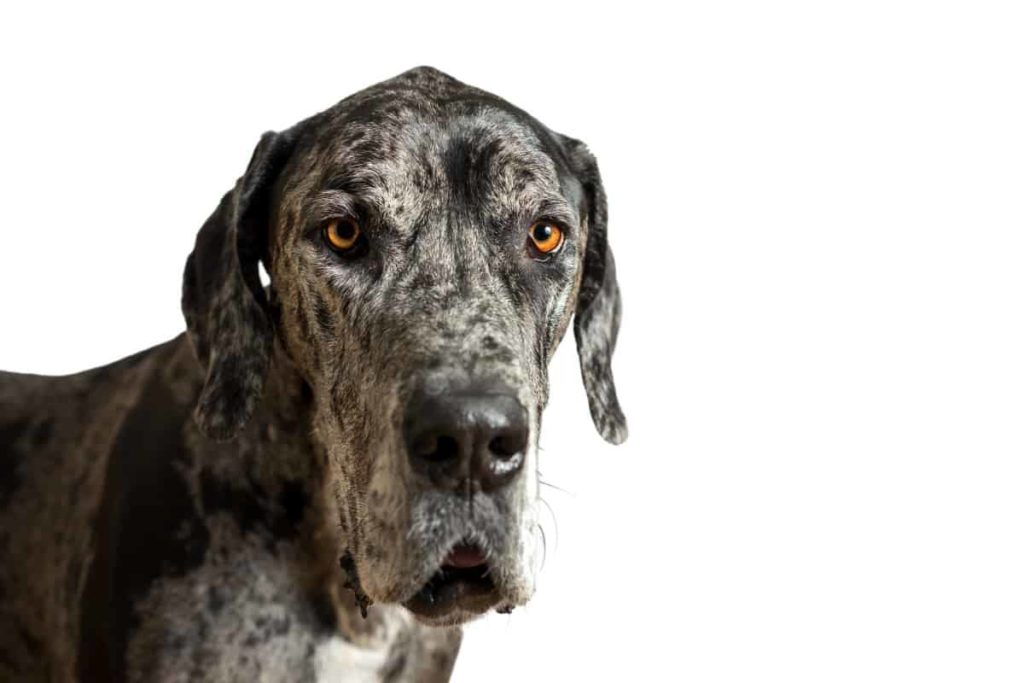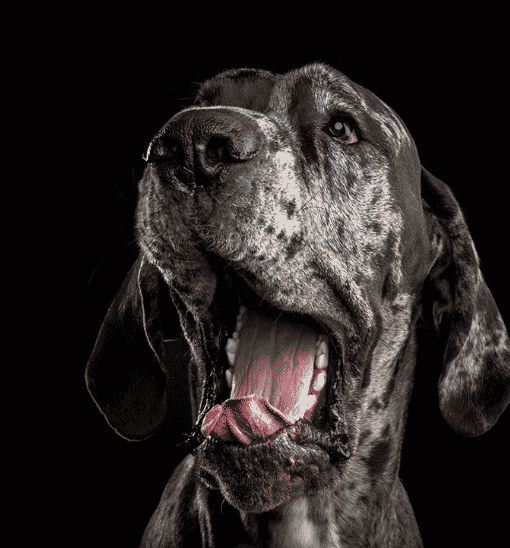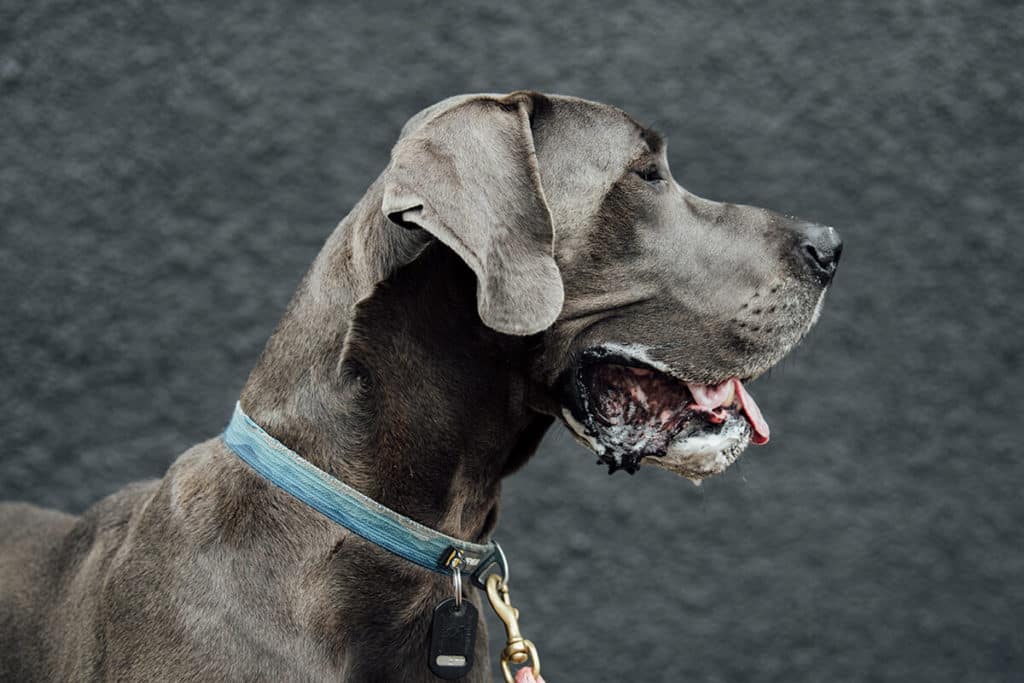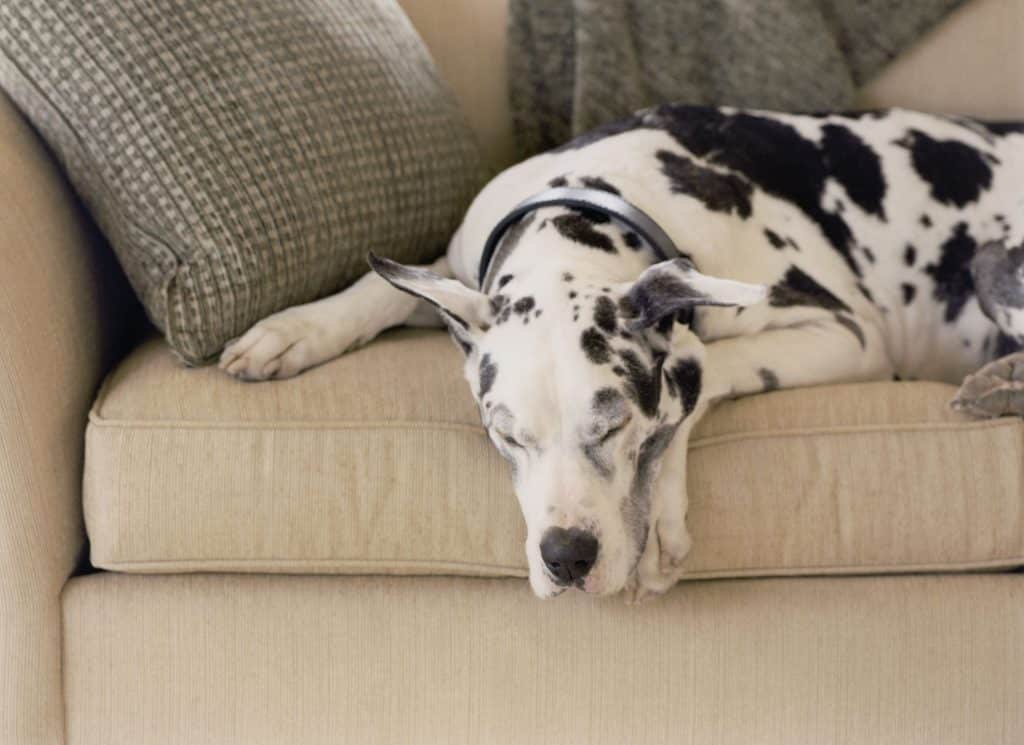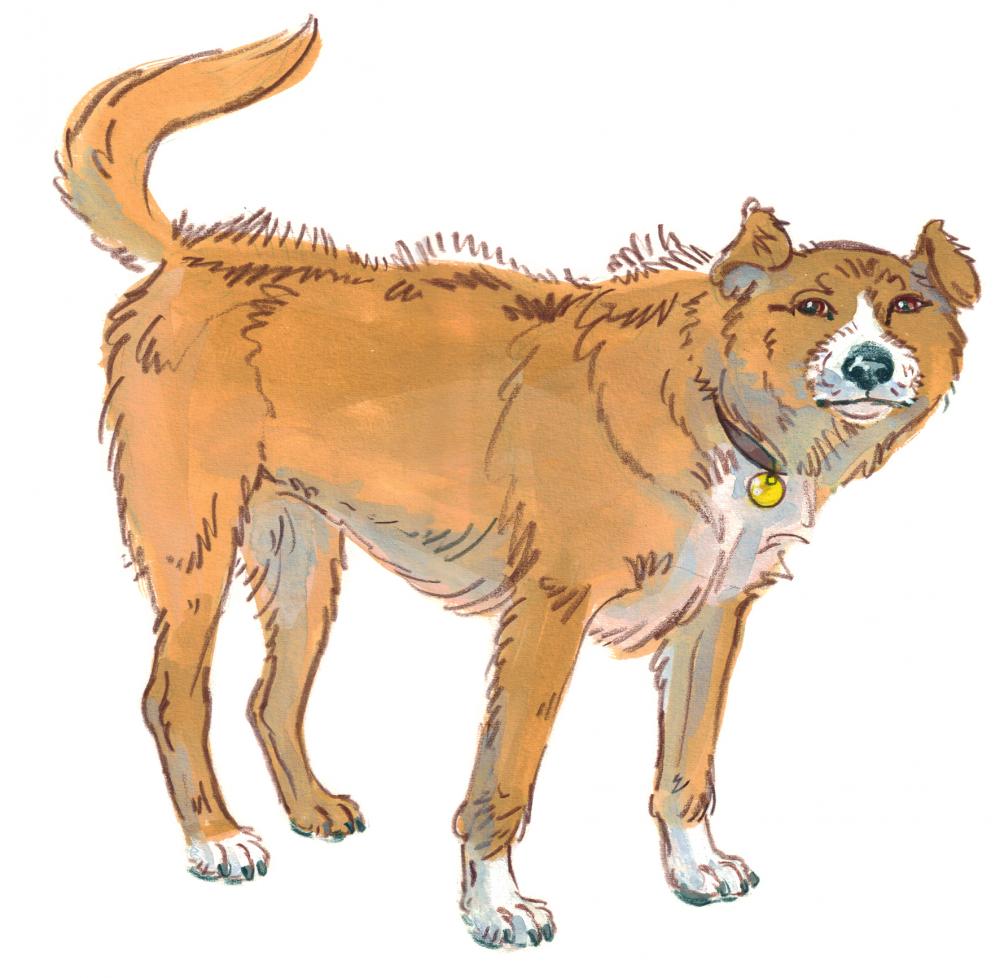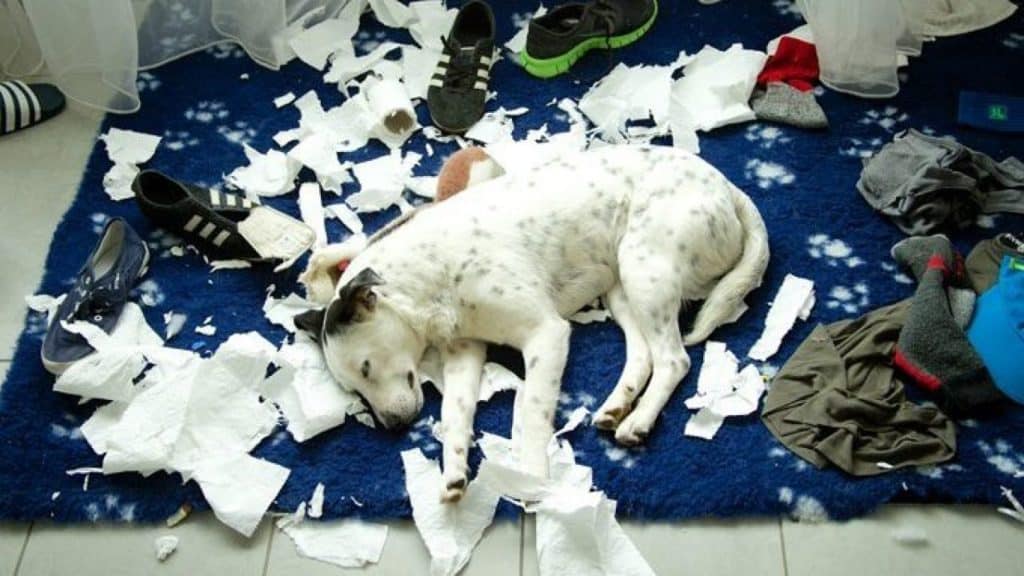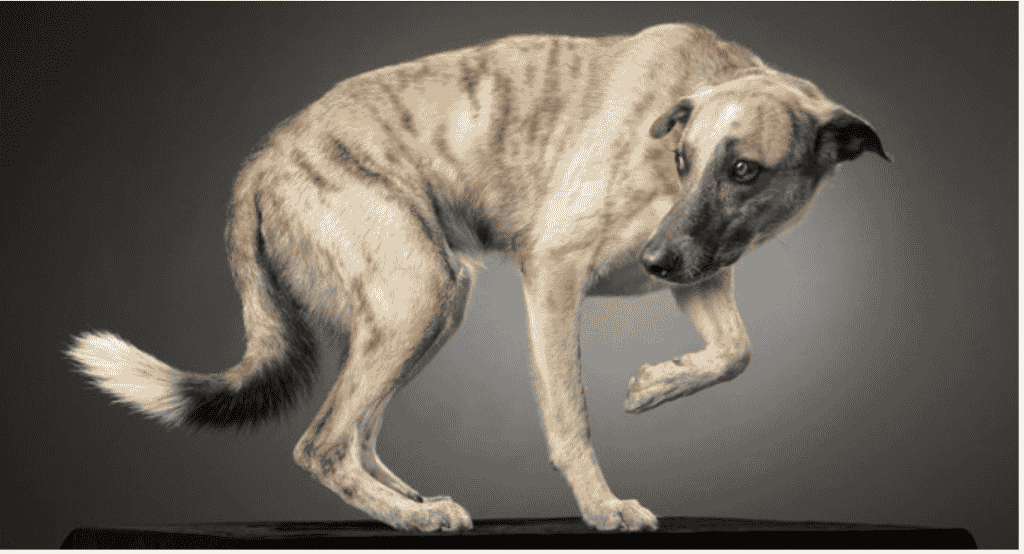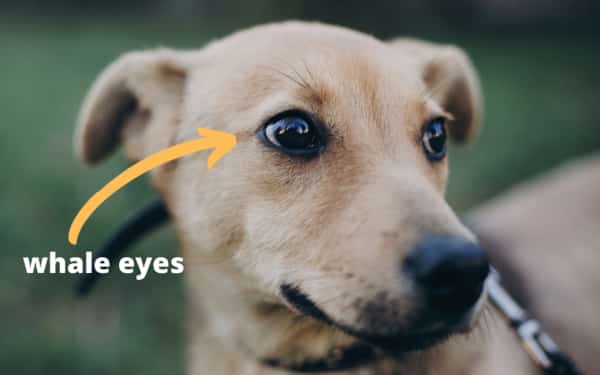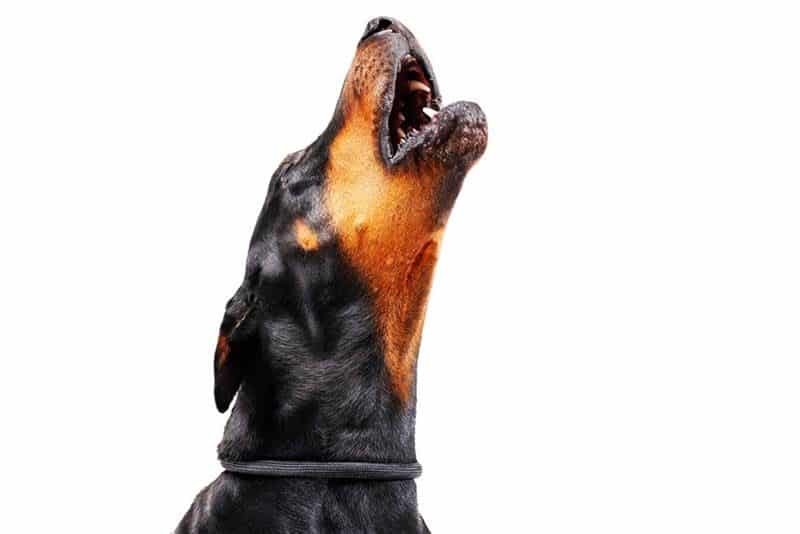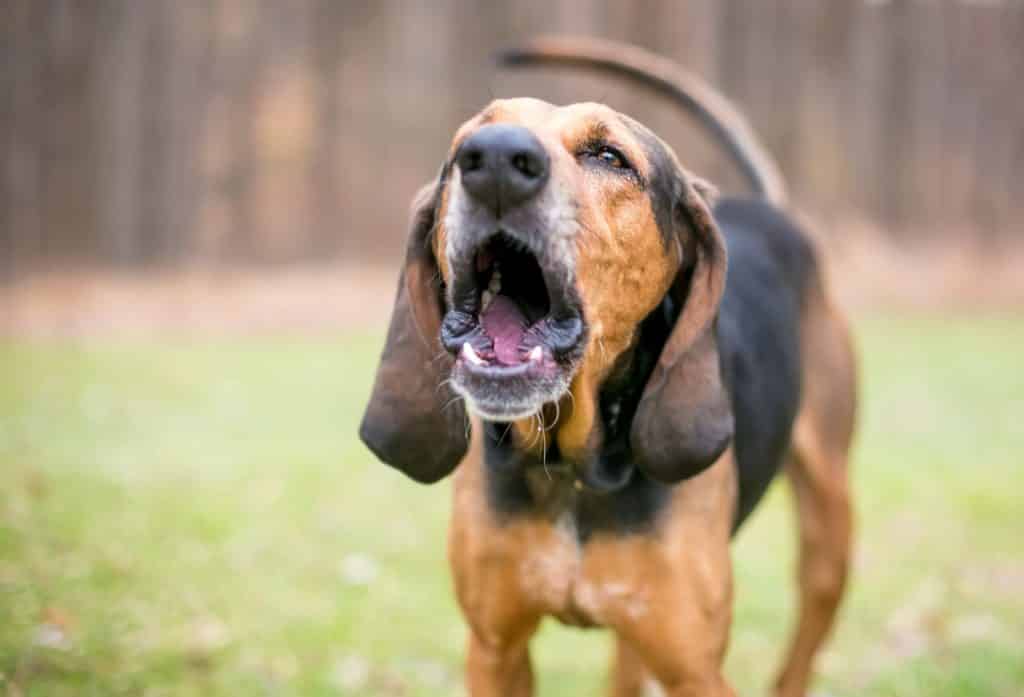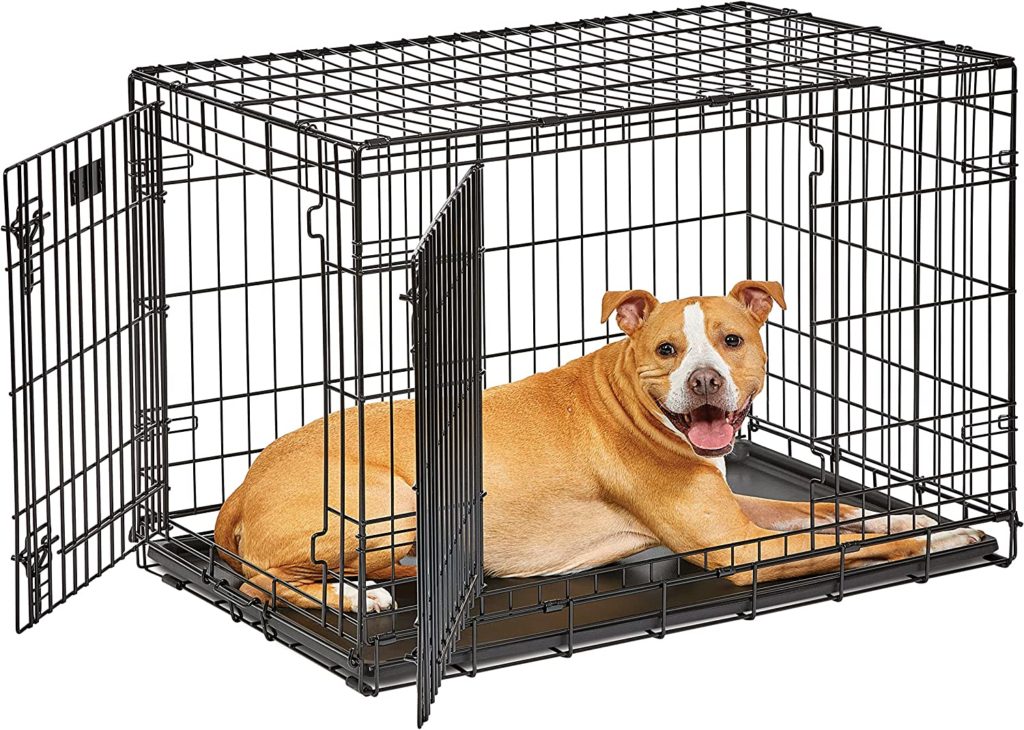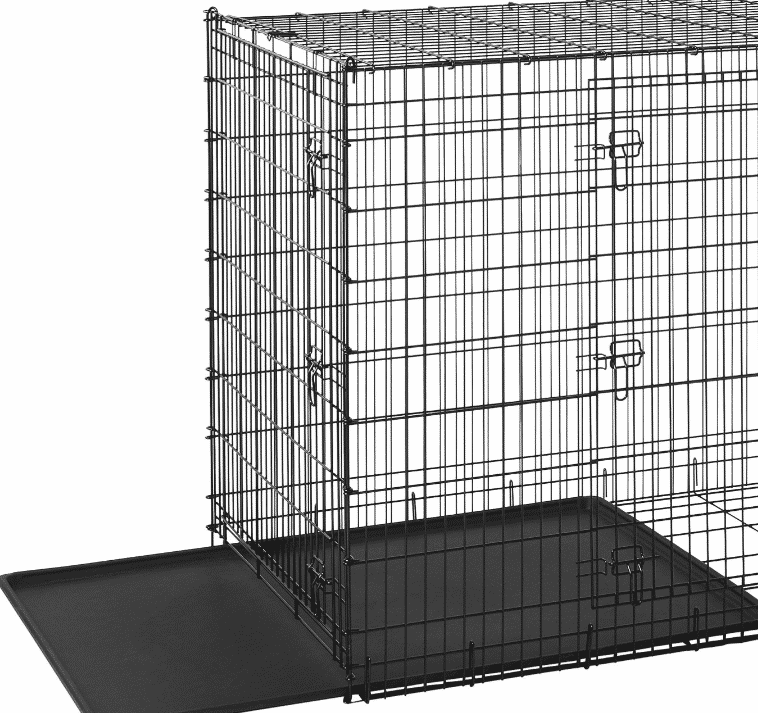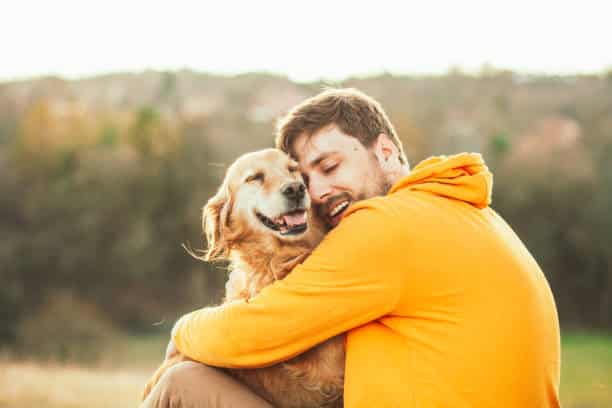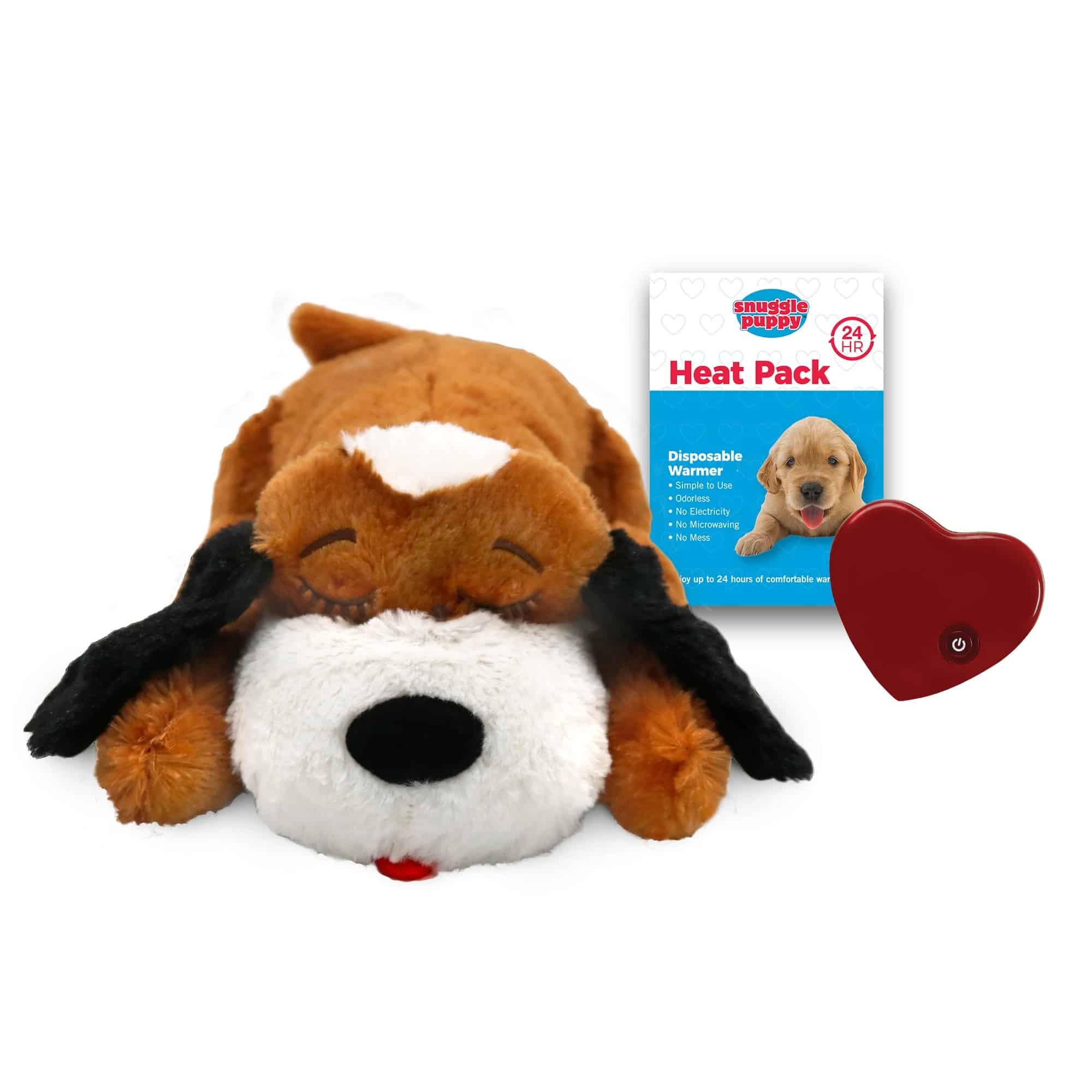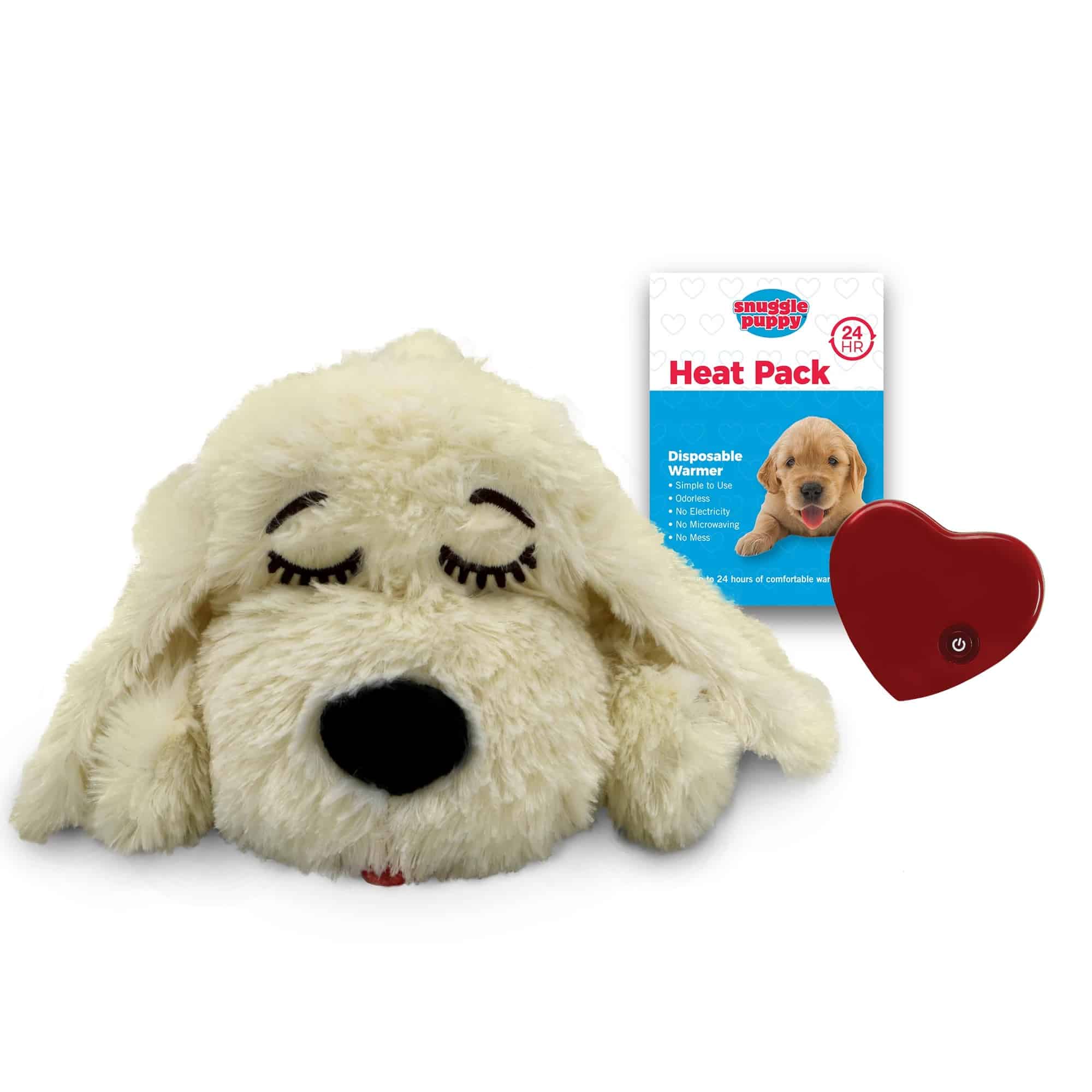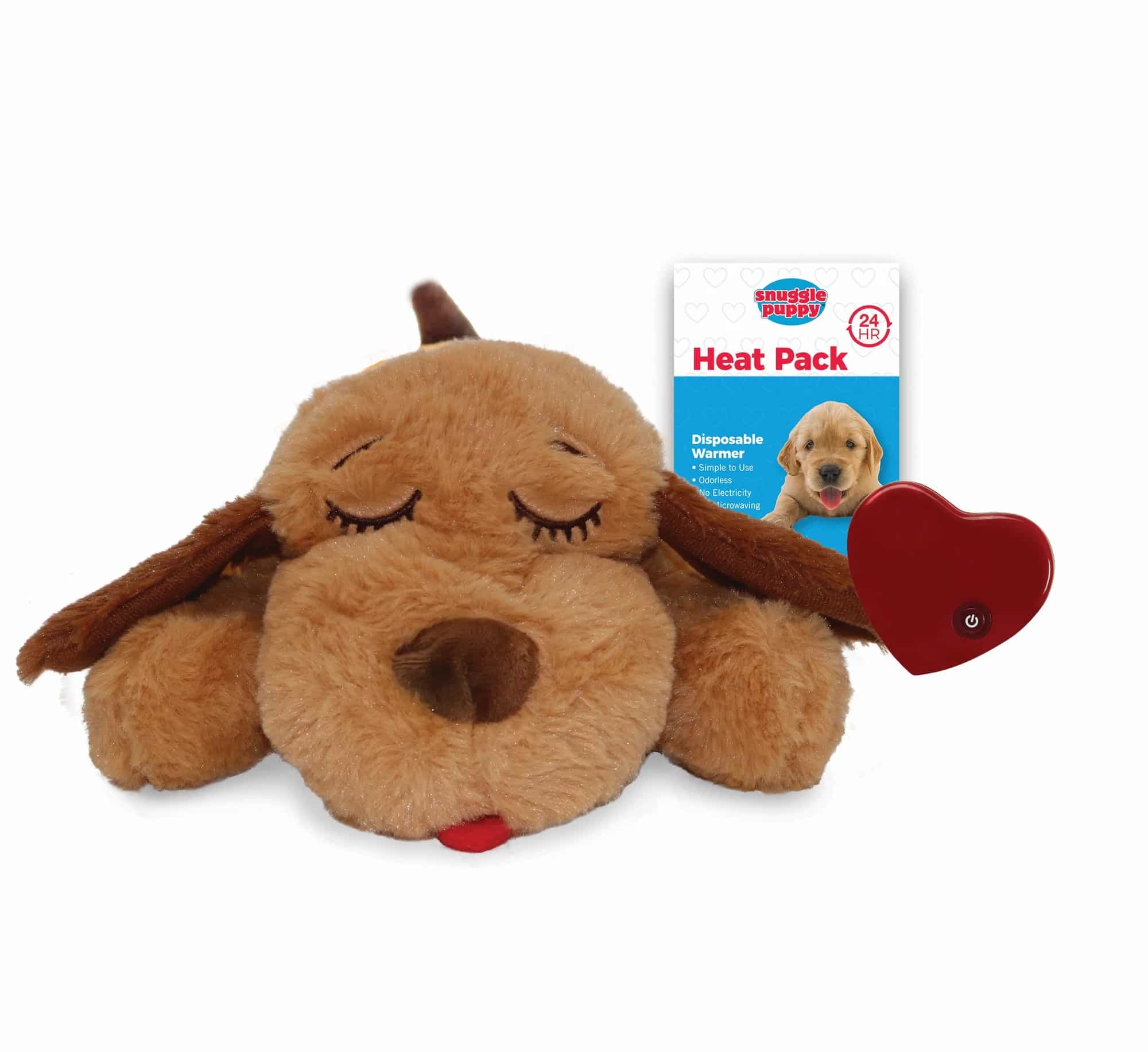Have you ever wondered about male Great Dane weight, how much an adult Great Dane will weigh, the average weight of a male Great Dane, or what a healthy weight for large breed dogs is?
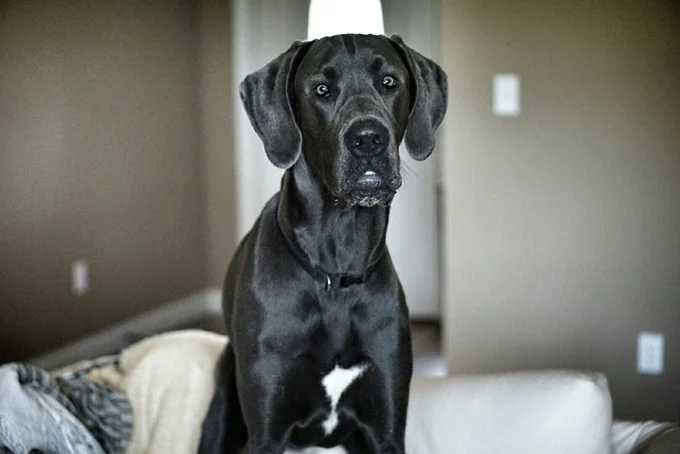
If you have, then you’re in the right place. In this article, we’ll be discussing male Great Dane weight and all things related to it.
The average weight of a full-grown male Great Dane is 120 to 200 pounds. However, there are some individuals that may weigh more or less than this. Generally speaking, the larger the dog, the heavier they will be.
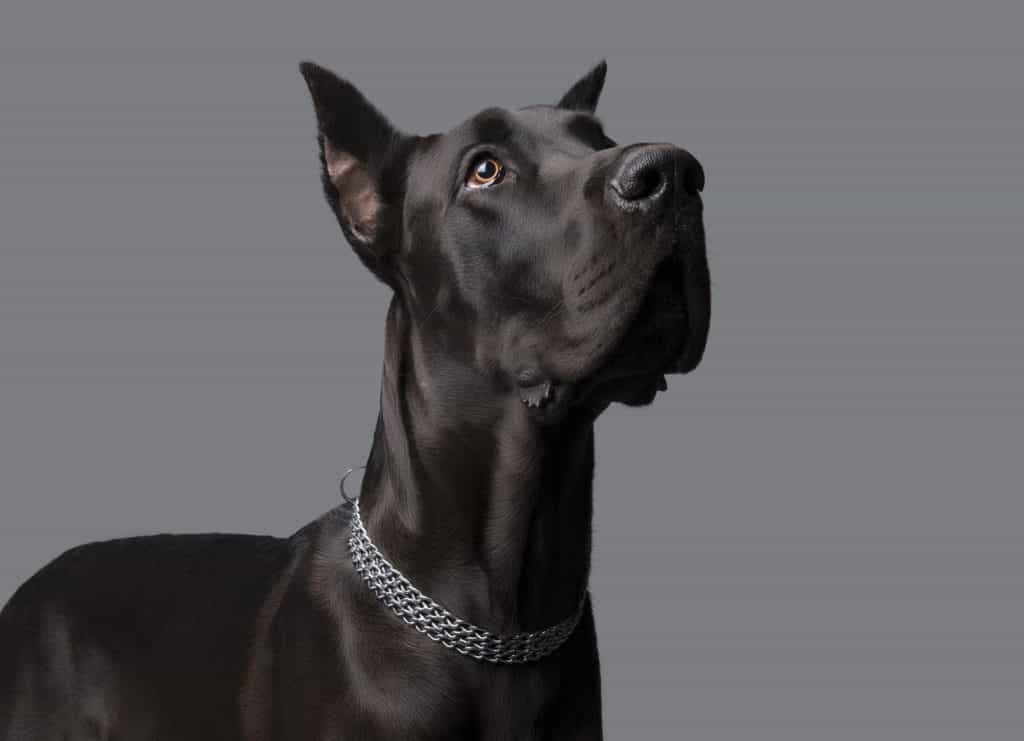
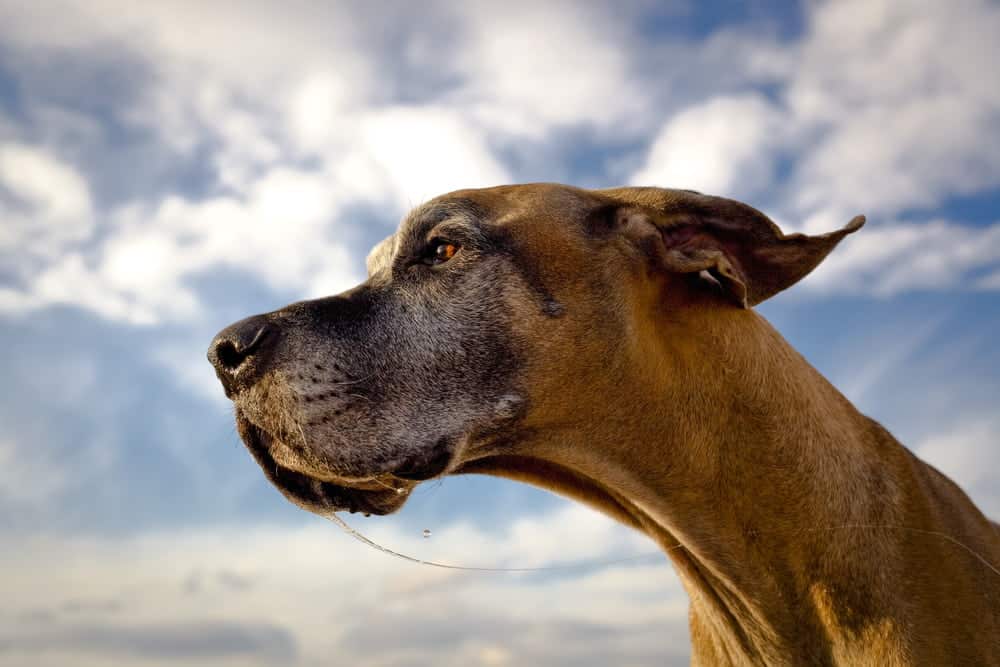
When it comes to large breed dogs like the Great Dane, their weight can vary greatly based on their height and build. A taller dog with a leaner build is going to weigh less than a shorter, stockier dog.
MALE GREAT DANE WEIGHT IN GIANT BREED DOGS
Healthy weight for large breed dogs is often determined by their body condition score (BCS). This is a scoring system that ranges from one to nine, with one being too thin and nine being obese.
A healthy weight for a male Great Dane would be somewhere in the middle of these two extremes, around a four or five on the BCS scale. If your dog is at either end of the spectrum, it’s important to talk to your veterinarian about ways to help them reach and maintain a healthy weight, which can impact the lifespan tremendously.
HOW LONG DO GREAT DANES LIVE?
HOW TO STOP OVERFEEDING YOUR GREAT DANES
DETERMINING FACTORS IN SIZE OF A GIANT BREED DOG
The average weight of a Great Dane depends on sex, height, age and build.
GREAT DANE BREED SIZE DEPENDS ON GENDER
There are a few things that will affect the average weight of a Great Dane. The first is sex. Males are typically going to be larger than a female Great Dane dog.
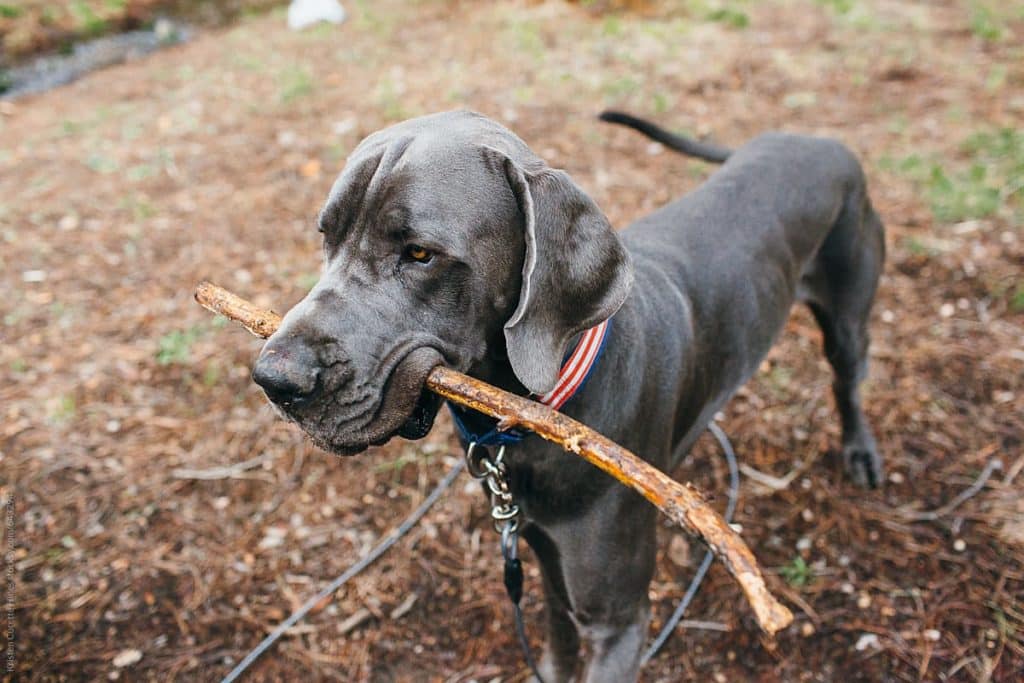
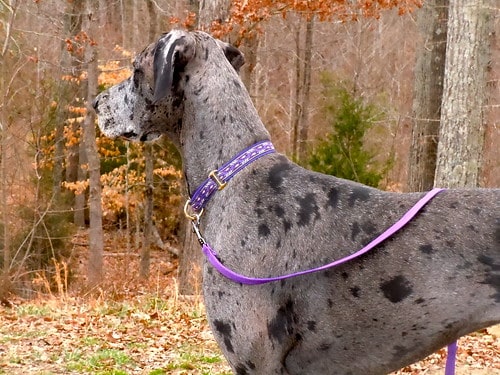
Males can grow, on average, to be about two to three inches taller than female dogs and can weigh anywhere from 15 to 25 pounds more. This is a significant difference and something you need to take into account when considering the average weight of your dog.
- GREAT DANE ADULT FEMALE WEIGHT: The average weight for giant breeds who are male is 120 to 200 pounds.
- GREAT DANE ADULT MALE WEIGHT: The average weight for an adult female Great Dane is 100 to 130 pounds. This is a 20 to 30-pound difference from the males of the breed.
Female dogs are going to be shorter and have a smaller frame than their male counterparts. Female dogs are also going to be much shorter than males.
HEIGHT OF GREAT DANES DETERMINES DANE GROWTH AND WEIGHT
Another factor that will affect the average weight of your Gentle Giants is their height.
The taller the dog, the heavier they are going to be. This is because they have more mass and more bones.
A Great Dane that is two feet tall is going to weigh more than a Great Dane that is only one foot tall. This is why it is important to know the average weight of your dog so you can be sure they are at a healthy weight.
THE AGE / WEIGHT CORRELATION OF GREAT DANES
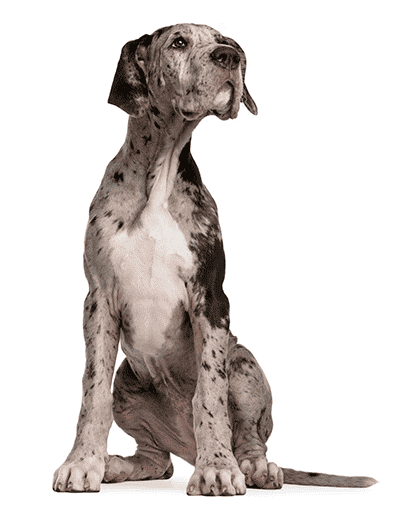
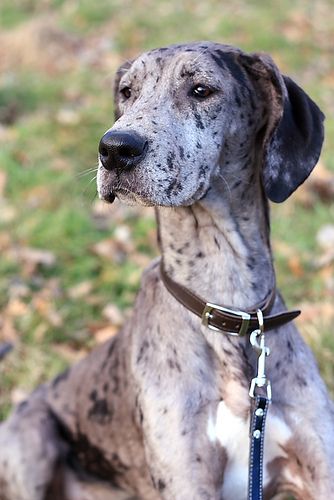
The last factor that will affect the average weight of a Great Dane is their age. A puppy is going to weigh less than an adult dog. This is because they are still growing and haven’t reached their full size yet. An adult dog is going to be at their full size and weight.
Great Danes typically reach their adult height at about 24 months old because their growth plates remain open until 2 years.
However, all throughout the puppy stage and into both male and female adulthood (24 month+) giant dogs will continue to fill out and have ‘Great Dane growth spurts’.
GENETIC BUILD OF A GREAT DANE
Every giant dog has a genetic predisposition that they get from their parents. This will affect the size, weight, and build of your dog.
If you have a male dog breed that is from a smaller line of dogs, he is going to be smaller than a male dog breed that is from a larger line of dogs. This is something you need to take into account when considering the average weight of your dog.
Backyard breeding has majorly impacted the giant dog breed. Backyard breeders advertise Great Dane dogs as ‘EURO’, claiming that they will sell you a Great Dane puppy that is ‘thicker’ and ‘bigger’ than the average. The word ‘Euro’ is a major red flag.
EUROPEAN GREAT DANES AND HEALTH PROBLEMS
The breed standard for all Great Dane puppies, whether they originate in Europe or America, is strikingly similar.
THE AMERICAN GREAT DANE BREED STANDARD
Here, on the Great Dane Club of America, you can view the Great Dane breed standard in America. The American Kennel Club and the National Breed Club outline in detail what a Great Dane is supposed to look like and act like. These standards of a Great Dane dog are built to help the Great Dane live the longest life it can live.
Below is an image of the Great Dane dog breed standard in America for both Sire and Bitch (male and female Great Dane). READ MORE ABOUT AMERICAN GREAT DANES HERE.
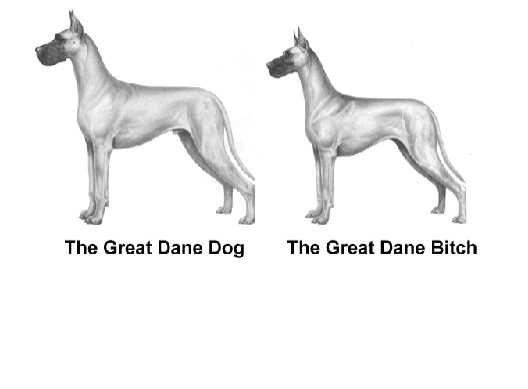
EUROPEAN GREAT DANES BREED STANDARD
Oddly enough, the standard for a Great Dane puppy and adult in America and Europe, looks strikingly similar.
See below for a photo of the breed standard for Great Danes in Europe.
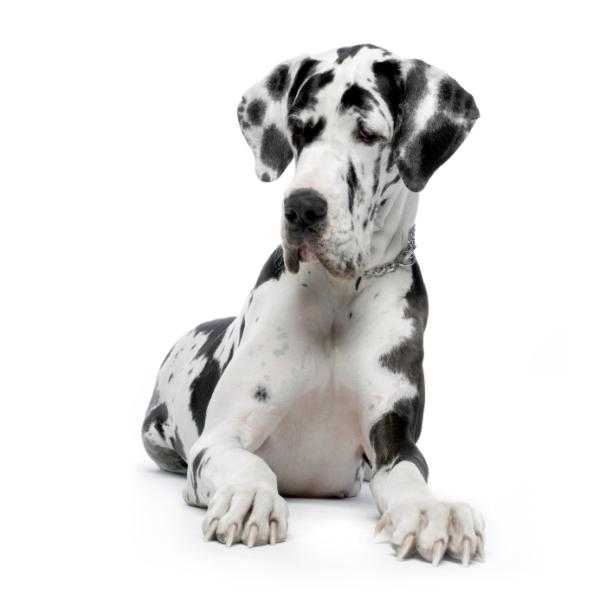
EUROPEAN GREAT DANES AND GENETIC HEALTH PROBLEMS
Backyard breeders are are having a major, negative impact on Great Danes, and other dogs. Breed standard is getting lost, and it is causing MAJOR issues.
Backyard breeders are trying to sell Great Danes as ‘EURO‘ Great Danes, advertising them as ‘bigger’ Great Dane dogs. A Great Dane puppy should not be sold as a ‘EUROPEAN‘ Great Dane puppy unless it has proven lineage that traces back to Europe.
The word ‘EURO‘ is a major red flag and is often used by backyard breeders to sell Great Dane puppies that have not been health tested or cleared of genetic defects.
Backyard breeding has caused an increase in congenital and hereditary health problems in Great Danes, and other dogs. Some of these health problems include:
- Hip dysplasia
- Elbow dysplasia
- Cardiac defects
- Autoimmune disease
- Degenerative myelopathy
- Cancer
- Obesity and Overweight Great Danes
- Eye issues including Entropion and Ectropion
- Shorter Lifespans
HIP DYSPLASIA IN GREAT DANES
OSTEOSARCOMA IN GREAT DANES
WHAT TO LOOK FOR IN A BAD BREEDER
The best way to avoid getting a sick Great Dane puppy is to do your research, and buy from a reputable breeder who health tests their dogs. A reputable breeder will be able to provide you with health clearances for the parents of your Great Dane puppy.
WHAT MAKES A BREEDER GOOD?
WHAT WERE GREAT DANES BRED FOR?
You can also visit the OFA website (offa.org) to look up health clearances for specific dogs.
When looking for a Great Dane puppy, avoid backyard breeders, and do not buy a Great Dane puppy that is being advertised as a ‘EURO’ Great Dane.
OBESITY IN GREAT DANES
One of the biggest problems in the Great Dane breed is obesity.
Overweight Great Danes struggle from SO many issues, including a shorter life span.
There is NO competition for who’s Great Dane is biggest! The leaner, skinnier Great Danes are the HEALTHIEST, and least likely to develop conditions like hip dysplasia, arthritis, cancer, bloat, and others.
OVERWEIGHT GREAT DANES
ARTHRITIS IN GREAT DANES
A BIG DROOPY PROBLEM
EURO GREAT DANES- IS IT REALLY A BREED OR IS IT JUST FAT?
WHAT DOES EURO MEAN?
CAN GREAT DANE PUPPIES BLOAT?
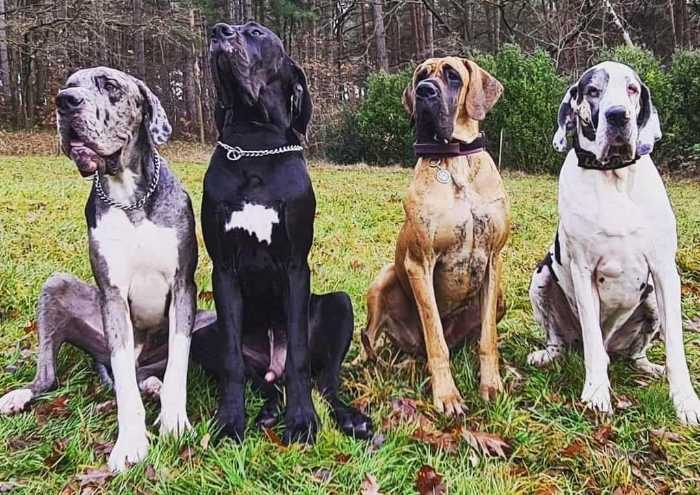
TO AVOID GETTING AN OBESE GREAT DANE
The best way to avoid getting an obese Great Dane is to feed them a high quality, breed appropriate diet, do not OVERFEED your Great Dane, make sure they are getting proper Great Dane growth, and to make sure they get plenty of exercise.
HOW MUCH DOES A GREAT DANE PUPPY WEIGH?
A Great Dane puppy is usually born weighing between two and four pounds.
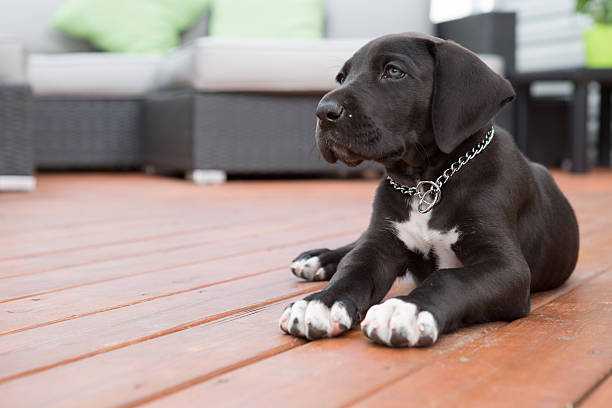
Great Dane puppies grow at different rates, however the top most important thing to note is that the slower a Great Dane puppy grows, the better.
Fast growth in a Great Dane puppy causes many problems, including but not limited to:
- HOD
- Panosteitis
- Knuckling
- Hip dysplasia
- Elbow dysplasia
- Arthritis
- Joint problems
- Bone problems
- Bad conformation/body pain
DOES HIP DYSPLASIA IMPACT GREAT DANES?
ARE HEALTH TESTED GREAT DANES HEALTHIER?
MANAGING GREAT DANE GROWTH IS CRITICAL
Great Dane growth is one of the most important things during the critical first 12 months, and entire first 24 months. A Great Dane puppy has growth spurts all the way up until 24 months of age, when its growth plates will close. You can generally tell the health of a Great Dane and its growth by looking at its feet.
HOW TO STRENGTHEN YOUR PUPPIES FEET
KNUCKLING IN GREAT DANES (PUPPIES)
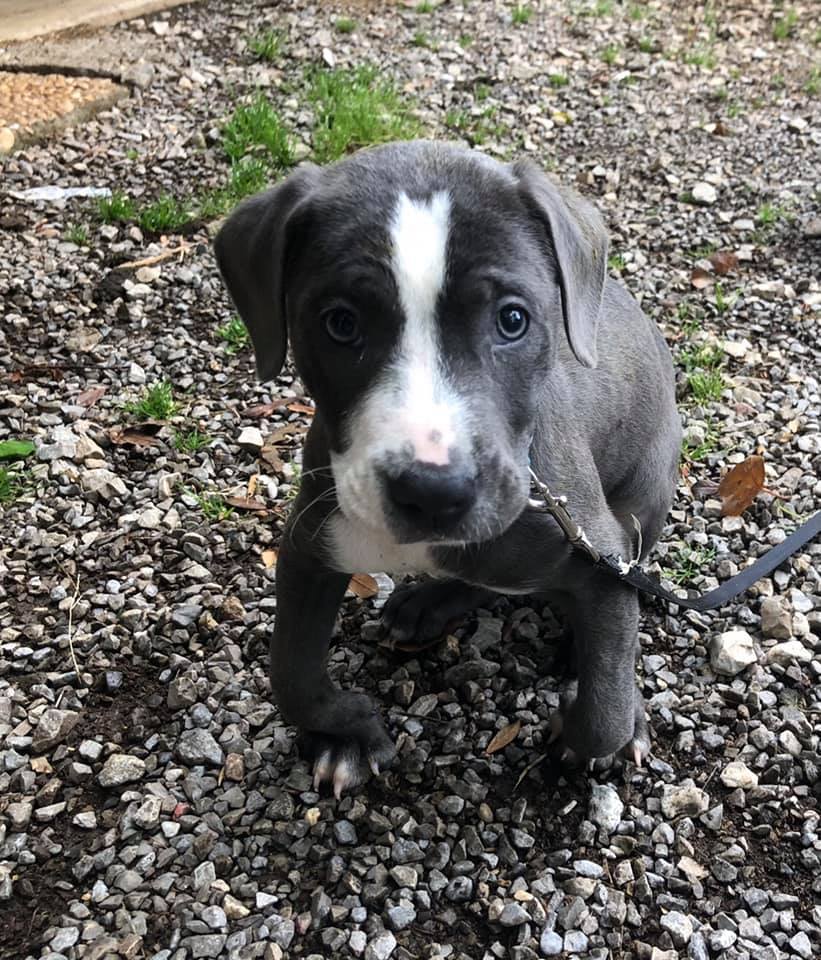
IS YOUR GREAT DANE PUPPY KNUCKLING?
Check out our science-based and constantly growing knuckling resource page.
Knuckling is one of the most important things that can impact Great Dane growth. Unfortunately, when a puppy is between 0-24 months of age, their growth is extremely fragile.
EXAMINE A GREAT DANE AND ITS FEET
When pet parents do not monitor Great Dane and its growth very closely, their Great Dane dogs can have something happen called ‘Knuckling‘.
Knuckling occurs anytime between about 3 weeks to about 24 months of age. Knuckling happens when rapid growth occurs and a Great Dane’s growth plates have not closed yet.
SIGNS OF KNUCKLING IN GREAT DANES
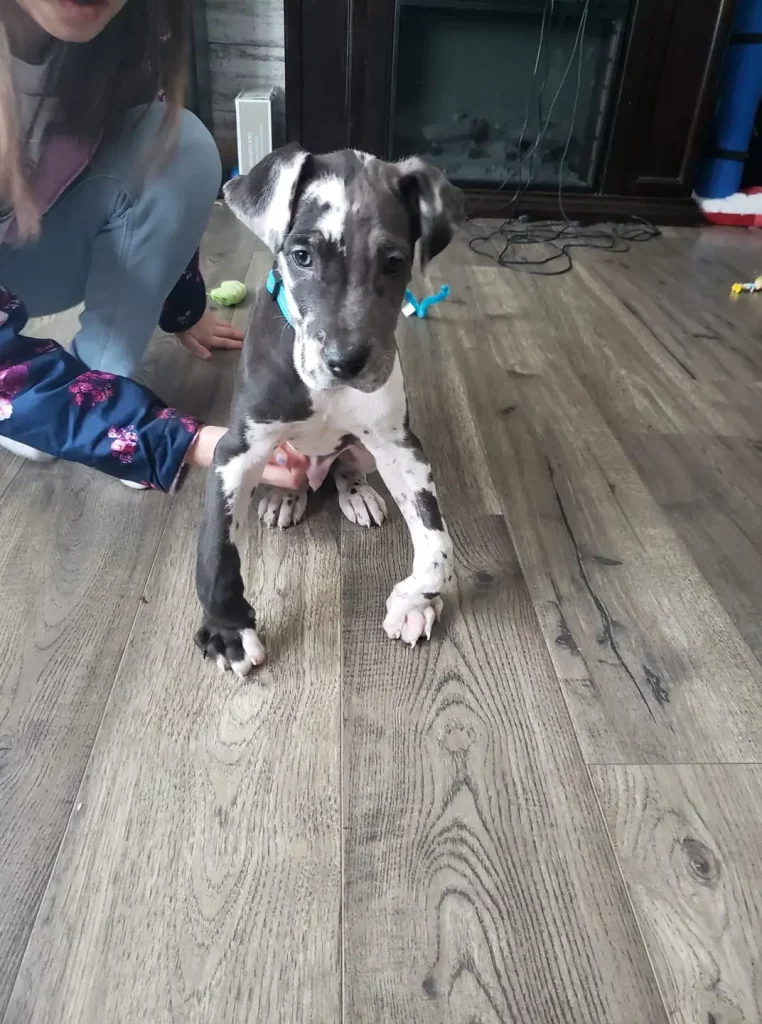
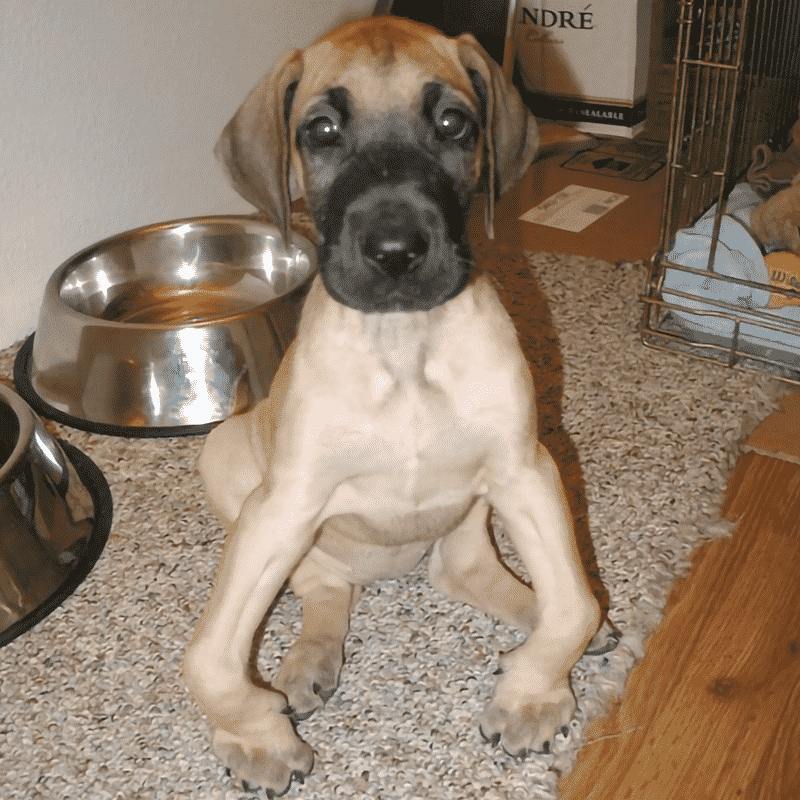
Signs your Great Dane may be knuckling:
- Front legs (or back, less commonly) appear to be ‘knuckling’ or ‘bending’ over
- Flat feet, splayed feet, hare foot
- Paw pads dragging on the ground
- Elbow calluses/dragging
- Hock sores/dragging
- Arched back
- Shifting weight from one side to the other often
- Abnormal gait or walk
- Painful movements, inability to hold their paws correctly
WHY DOES IT MATTER IF GREAT DANES KNUCKLE
The first 24 months of a Great Danes life are some of the most important. As the largest dog breed, Great Danes have a lot of growing to do- and they grow quickly.
When a Great Dane knuckles, it means that their bones are not growing correctly. This can lead to all sorts of problems later on in life. Severe knuckling in a Great Dane can even put too much pressure on a Great Danes bones, impacting the normal Great Dane growth and requiring surgery, permanent implants of metal into the bones, or even amputation.
READ MORE ABOUT KNUCKLING IN GREAT DANES HERE: KNUCKLING GUIDE
GREAT DANE GROWTH CHART
It is important that no male Great Danes, or female Great Dane will fall perfectly into a Great Dane Growth Chart. (READ HERE)
However, every Great Dane owner likes to have a Great Dane growth chart for their dog’s age so that they can see if their gentle giant is maturing according to the ‘average’ or ‘normal’.
Growth charts should be used as a guide for large dogs, and if your Great Dane doesn’t fall within the Great Dane growth chart, you shouldn’t panic. Instead, you should examine your Great Dane and its body condition, rather than trying to make them fit into a growth and weight chart. Remember, it is almost impossible for a Great Dane to be too small, but very easy for Great Danes to be too big/overweight.
To view and read more about the growth chart of a Great Dane, including a growth and weight chart for you to print, click here. For more information about feeding a Great Dane, including a feeding chart, click here.
GREAT DANE GROWTH CHART
GREAT DANE FEEDING CHART
If your Great Dane is not falling into the Growth Chart, you should not worry. A growth chart is only meant to be a guide, and there are many factors that can impact a Great Dane’s growth. For example, if your Great Dane is not growing as quickly as the growth chart says he should be, it could simply mean he will be a smaller than average size for his breed, which is perfectly normal.
Use the weight chart as a resource for your Great Dane dog, not a bible.
On the other hand, if your Great Dane is growing too quickly, it could be a sign of something more serious, like a rapid growth issue. No weight chart should outweigh the opinion of a Veterinarian. This is a disease that can occur in any large breed dog, and Great Danes are no exception. If you think your Great Dane may have a growth disease, please take him to the vet immediately.
Click below for resources, including a Weight Chart:
| Birth | 1-2 lbs |
| 1 Week | 2-3 lbs |
| 2 Weeks | 3-5 lbs |
| 3 Weeks | 4-7 lbs |
| 1 Month | 5-8 lbs |
| 6 Weeks | 10-20 lbs |
| 2 Months | 15-30 lbs |
| 3 Months | 25-45 lbs |
| 4 Months | 45-65 lbs |
| 5 Months | 60-85 lbs |
| 6 Months | 65 – 100 lbs |
| 7 Months | 70-110 lbs |
| 8 Months | 80-120 lbs |
| 9 Months | 85-125 lbs |
| 1 Year | 95-120 lbs |
| ADULT | |
| Female | 110-145lbs |
| Male | 135-170lbs |
GREAT DANE GROWTH CHART
IS MY GREAT DANE TOO SKINNY
FAT GREAT DANES
OVERWEIGHT GREAT DANES: ONE OF THE 7 DEADLY SINS OF OWNING A GREAT DANE DOG
WEIGHT CHART FOR A GREAT DANE DOG
HOW BIG IS A FEMALE GREAT DANE?
A female Great Dane will be about 23.0-30.0 inches tall at the shoulder and weigh about 110-200 pounds when full grown.
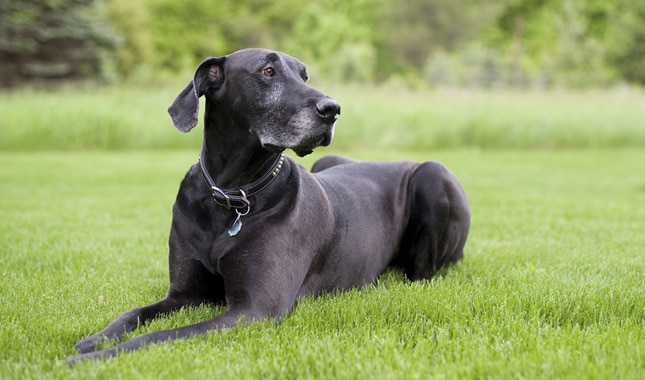
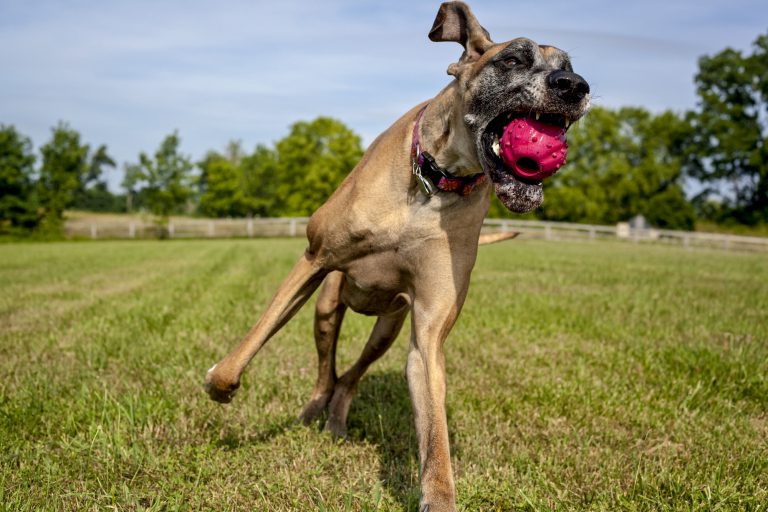
The average weight of a female Great Dane is about 150 pounds, but some can be as small as 110 pounds or as large as 200 pounds.
Female Great Danes, like males, should be kept at their smallest healthy weight in order to be in optimal adult shape.
Any excessive adult weight can put extra strain on their joints, causing issues such as arthritis and hip dysplasia as they grow into their adult weight.
Female Great Danes are also more prone to obesity than males, especially after spaying, so be sure to keep an eye on your female’s weight and don’t let her get too heavy.
WHEN TO SPAY A FEMALE GREAT DANE
WHAT TO FEED A GREAT DANE DOG
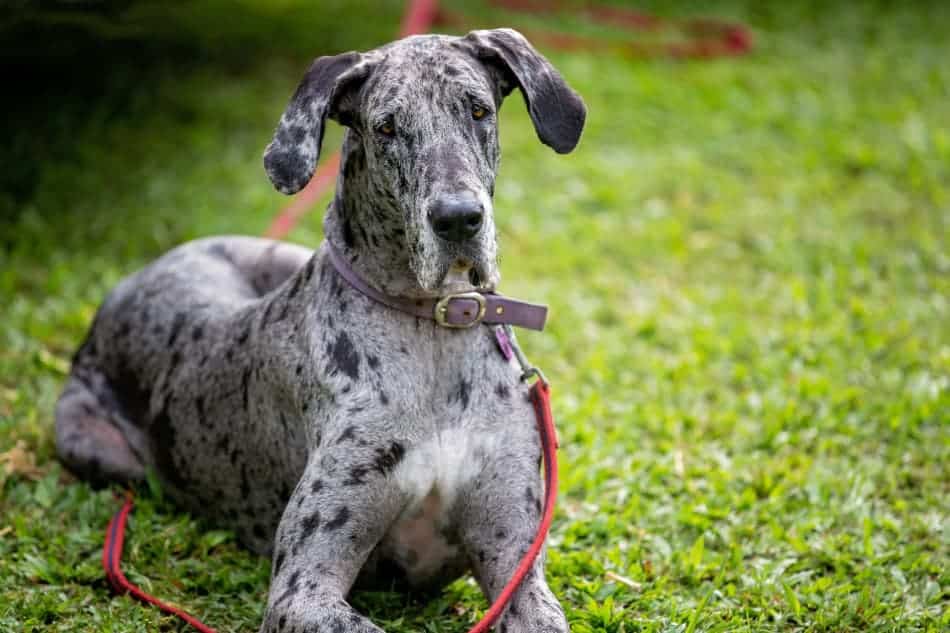
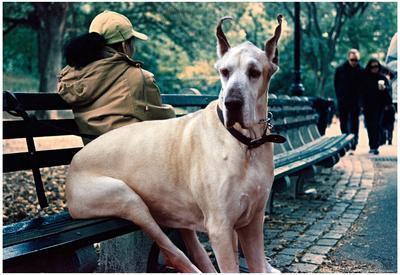
Feeding a Great Dane dog is one of the biggest priorities that a Great Dane owner should consider. A Great Dane dog requires specific dietary considerations during their typical growth phase (0-24 months) and their subsequent growth stages (24 months plus), as they are different than other breeds in the way that their bodies are formed, grow, and develop.
GREAT DANE PUPPY FOOD
A Great Dane puppy should be on a large breed puppy food, NOT just a regular puppy food. Great Dane growth is incredibly different than needs than small dogs. Large breed puppy formula will support the typical growth of a Great Dane and allow the growth stages to occur in a healthy, slow manner.
Puppy kibbles that we recommend for a growing Great Dane:
- Purina Pro Plan Large Breed Puppy – any flavor!
- Purina Pro Plan Sensitive Skin & Stomach Large Breed puppy – TOP PICK, salmon-based
- Eukanuba Large Breed Puppy (Great for active and sporting dogs)
- Purina One Large Breed Puppy (Excellent budget option)
- Hill’s Science Diet Puppy Large Breed
- Royal Canin Giant Puppy Dry Dog food (to age 12 months) – TOP PICK, PREMIUM OPTION
- Royal Canin Giant Junior Dry Dog food (8-24 months)
- Purina Large Breed Puppy Chow
Check out THE GIANT DOG FOOD PROJECT to compare brands and values.
Resources for Great Dane feeding and Great Dane growth:
GREAT DANE PUPPY FOOD
THINGS YOU MUST KNOW TO FEED YOUR GREAT DANE
GREAT DANE BLOAT
SHOULD I FEED GRAIN FREE?
SHOULD I FEED ADULT OR PUPPY FORMULA?
MOST COMMON GREAT DANE HEALTH RISKS
GREAT DANE PUPPY FOOD
IS MY GREAT DANE KNUCKLING?
KNUCKLING AND GREAT DANE PUPPIES
THE BEST DIET FOR A GREAT DANE
PURCHASE HERE:
GREAT DANE TEMPERAMENT
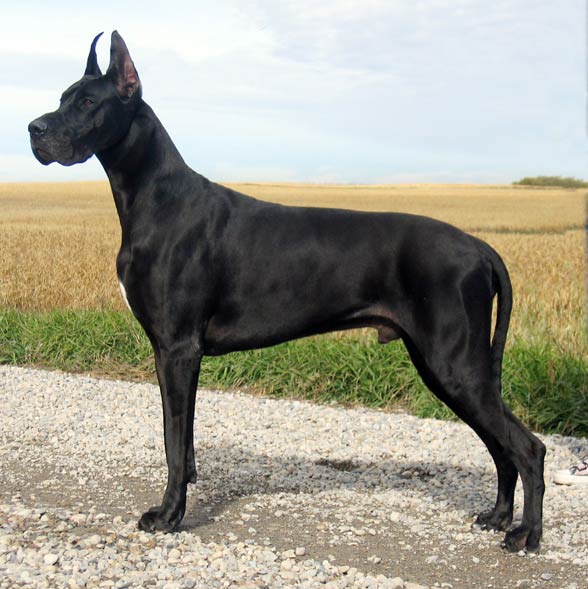
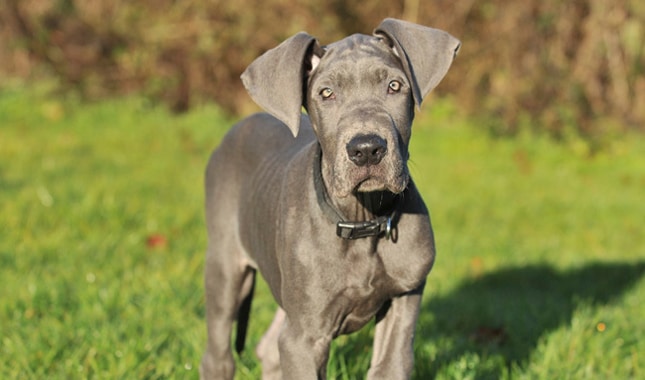
When properly bred, a Great Dane should have a gentle nature and be an affectionate companion.
Unfortunately, bad breeding practices have led to some Great Danes being bred with aggressive tendencies.
Great Dane temperament can be a difficult thing to predict, as it is not always clear what sort of temperament a particular dog will have until he or she is fully grown.
The best way to ensure that you are getting a Great Dane with a good temperament is to get your Great Dane from a reputable breeder who can guarantee that their dogs have been bred for good temperament.
Some things to look for in a Great Dane with a good temperament:
- Even disposition
- Calm around other animals and people, including children
- Not easily excited or agitated
- Gets along well with other dogs
- Tolerant of daily things like nail trims, leash walks, vet visits, and car rides
DO GREAT DANES GET ALONG WITH KIDS?
ARE GREAT DANES AGGRESSIVE?
MY GREAT DANE IS AFRAID OF THE CAR
MY GREAT DANE IS AFRAID OF THE VET
HOW TO TRIM A GREAT DANE PUPPIES NAILS
THE BEST NAIL CLIPPERS FOR A GREAT DANE
WHY IS LEASH TRAINING SO DIFFICULT?
IS A GREAT DANE THE RIGHT CHOICE FOR MY FAMILY?
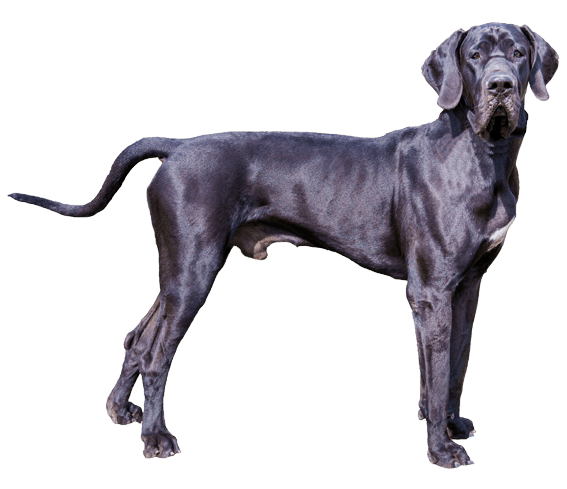
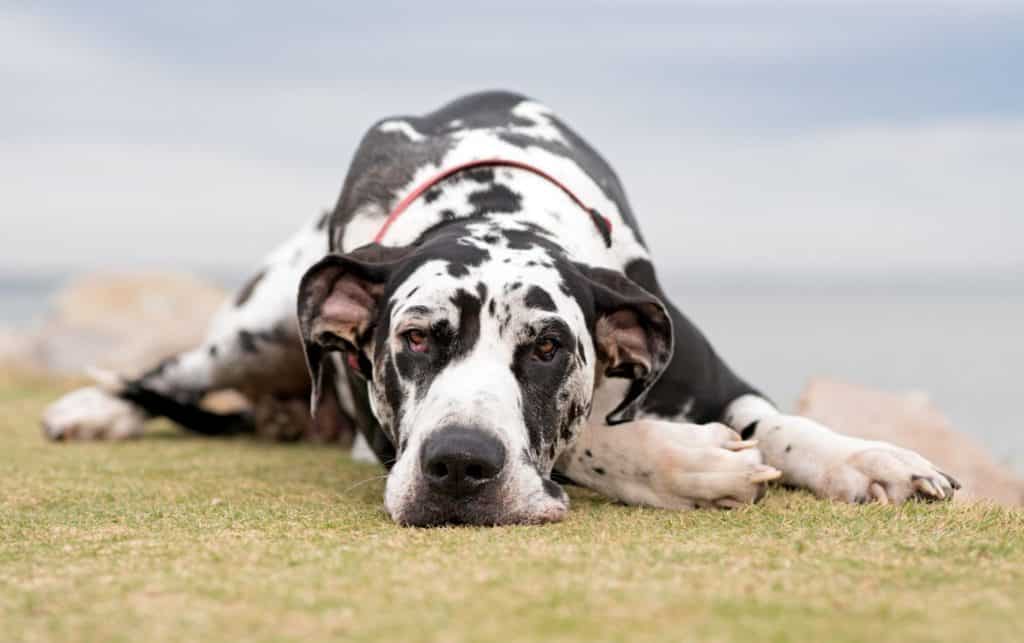
Adding any dog to your family is a commitment and responsibility. But, getting a Great Dane is an even bigger responsibility because of the size of a Great Dane, the cost of a Great Dane, and the health issues sometimes associated with a Great Dane.
If you are looking into adding a Great Dane to your family, here are some things that you should consider:
- Can you afford a Great Dane?
- Are you prepared to deal with potential health issues?
- Do you have the time to commit to training and socializing a Great Dane puppy?
- Do you have the patience to deal with a dog that may be difficult to potty train?
- Do you have the space for a dog that may grow to be over 100 pounds?
- Do you have another dog that can handle living with a Great Dane?
- Are you prepared to deal with potential damage to your home caused by a large, rambunctious puppy?
- Do you understand the grooming needs of a Great Dane?
- Do you have the time to commit to walking a Great Dane every day?
If you are prepared to deal with all of these things, then a Great Dane may be the right choice for your family. But, if you are not sure that you can handle all of these things, then you may want to consider another breed of dog.
There are many wonderful breeds of dogs out there and each one has its own unique set of needs. Be sure to do your research before adding any dog to your family.
What other things should I consider before getting a Great Dane? Are there any other breeds that might be a better fit for my family?
The best way to find out if a Great Dane is the right breed for your family is to talk to other Great Dane owners and get their input. They can tell you what it is really like to live with a Great Dane and help you decide if this is the right breed for you.
With big Great Dane responsibility, comes HUGE Great Dane love.
READ MORE:
